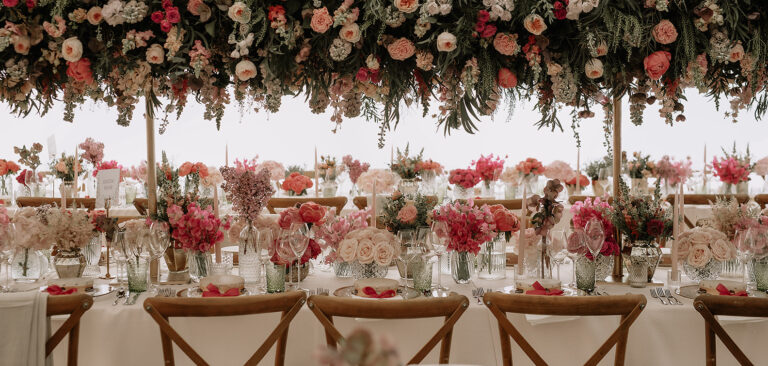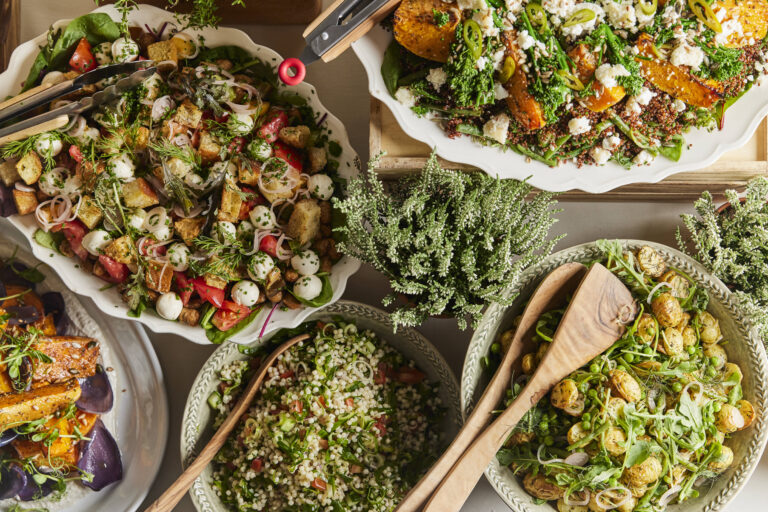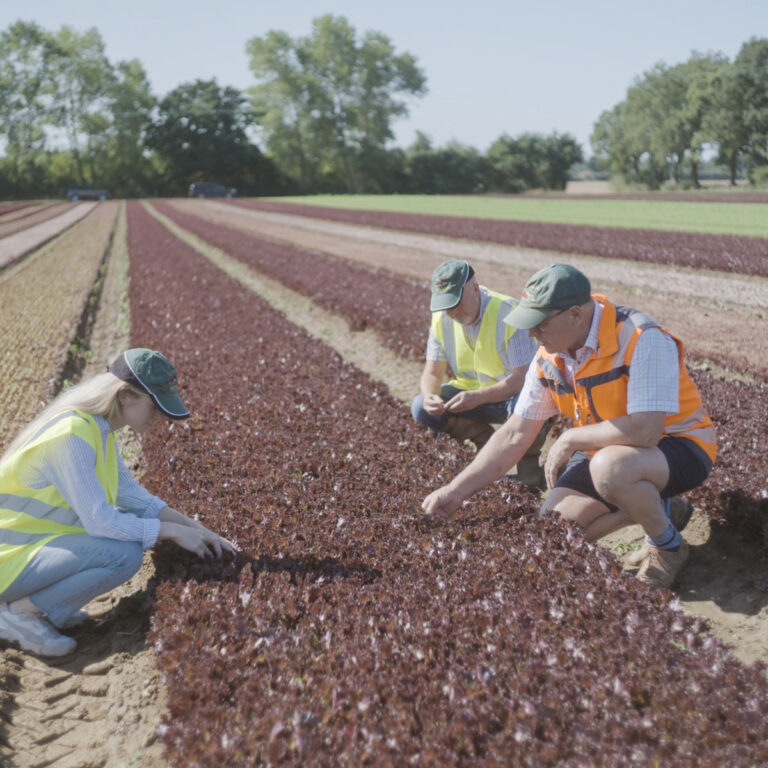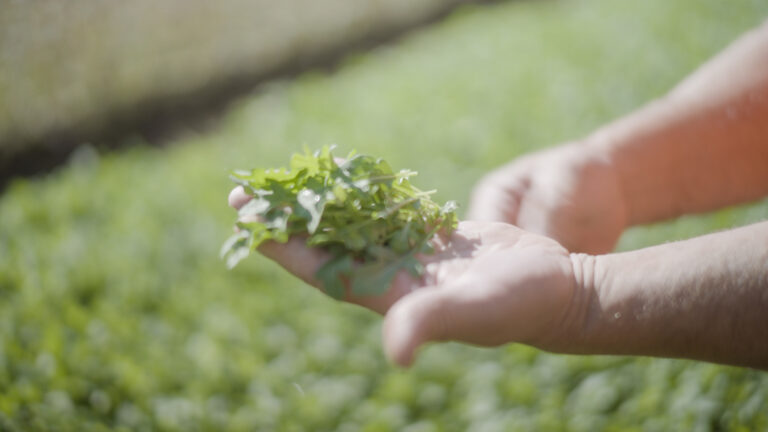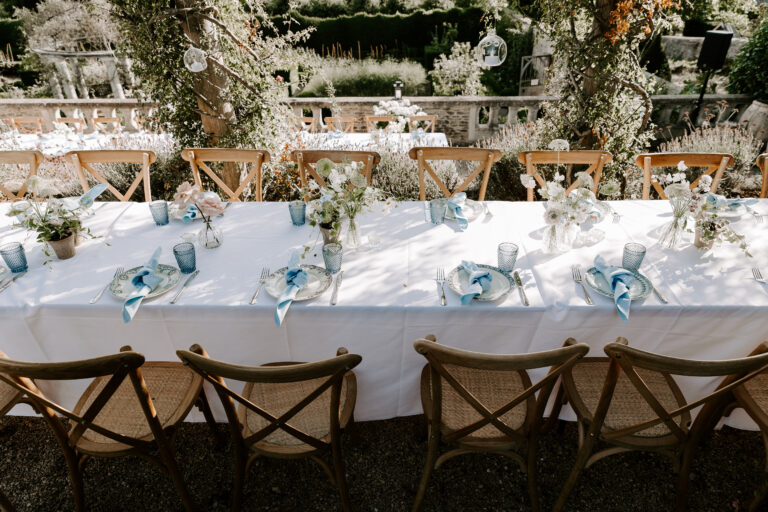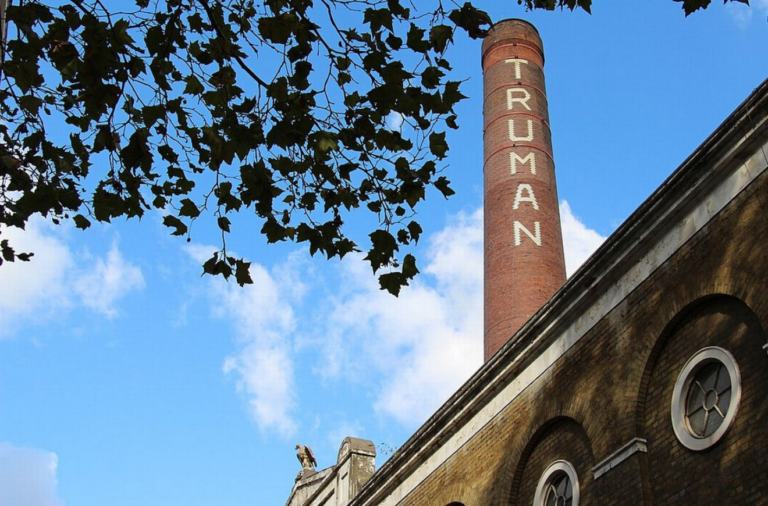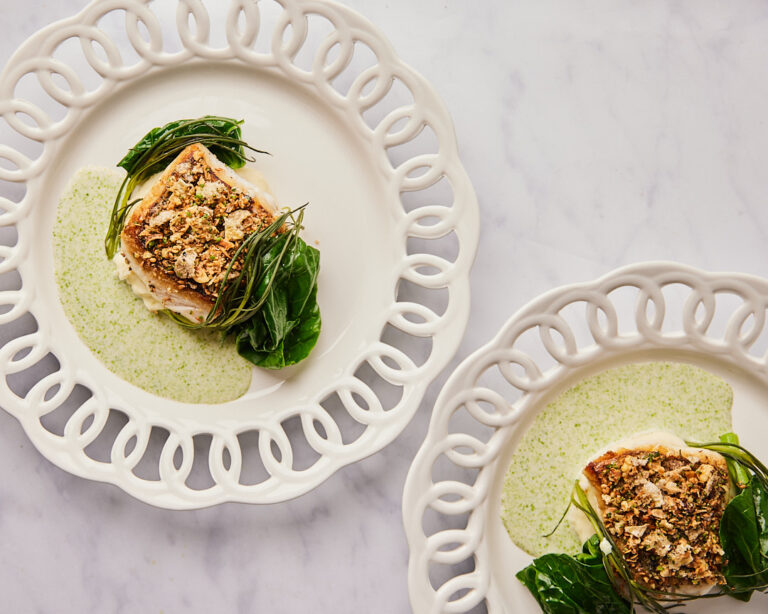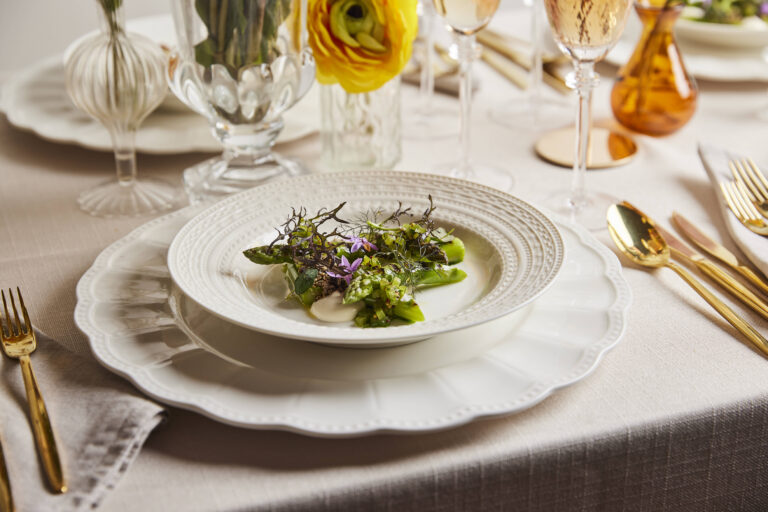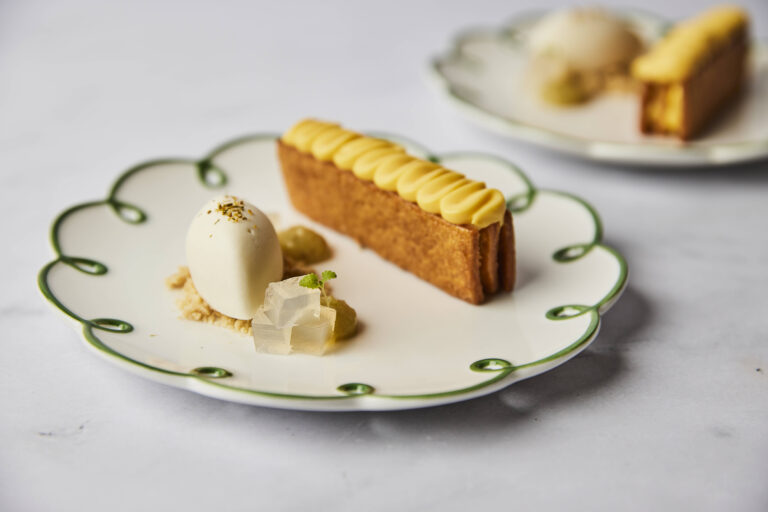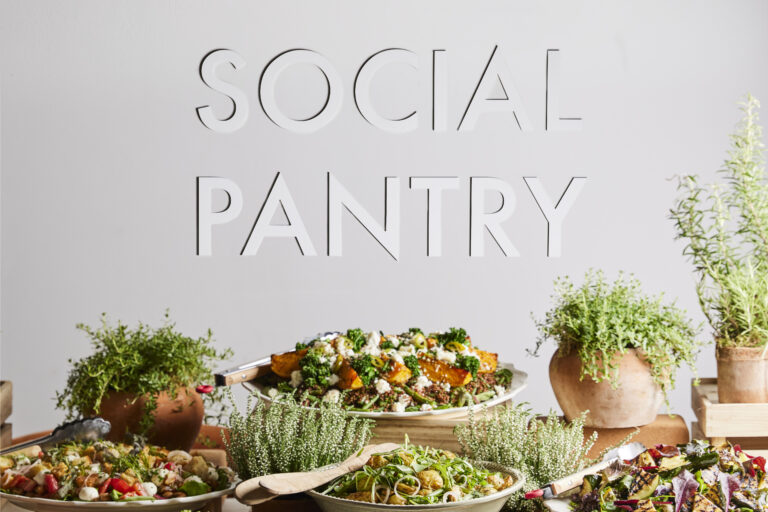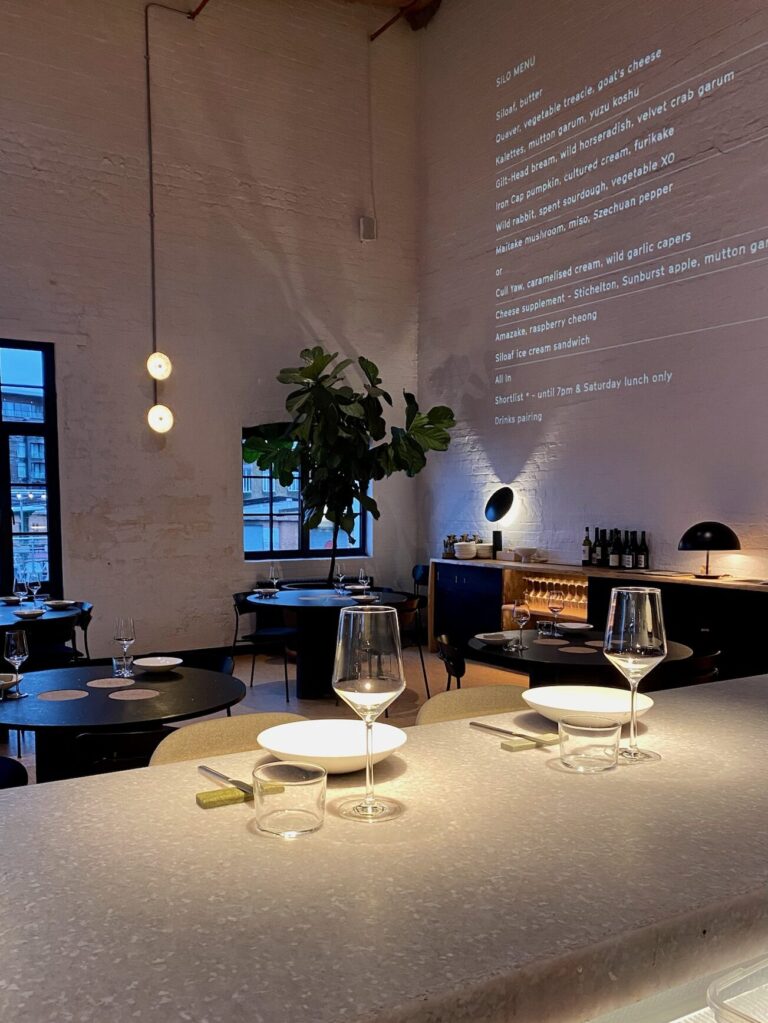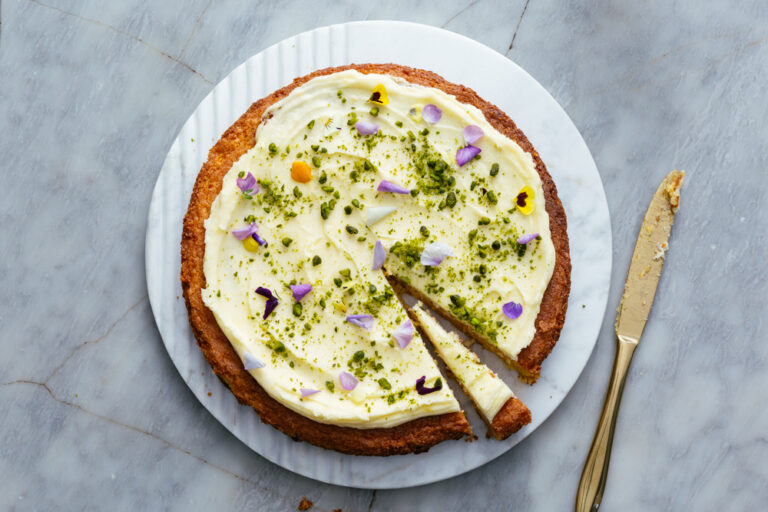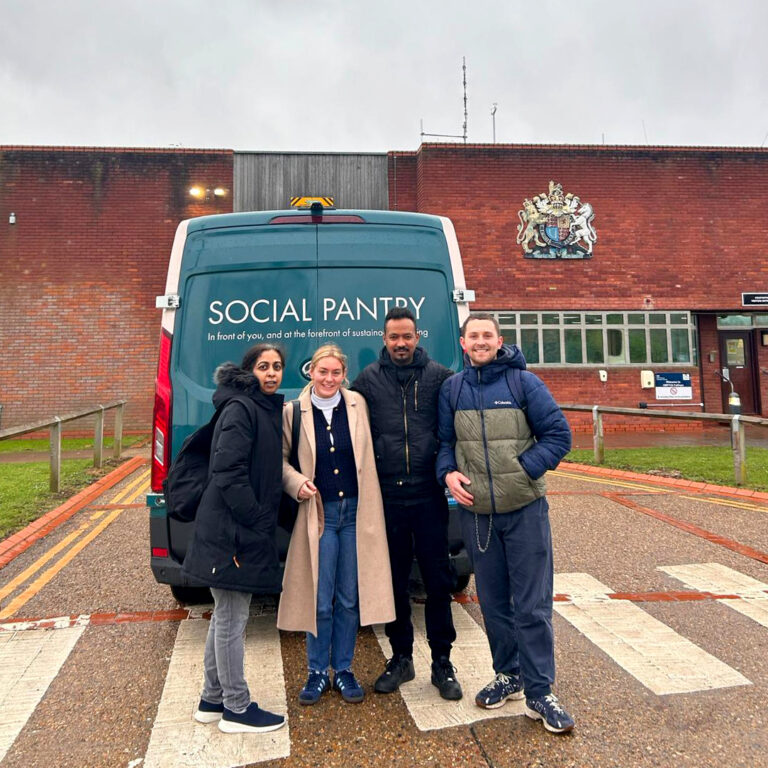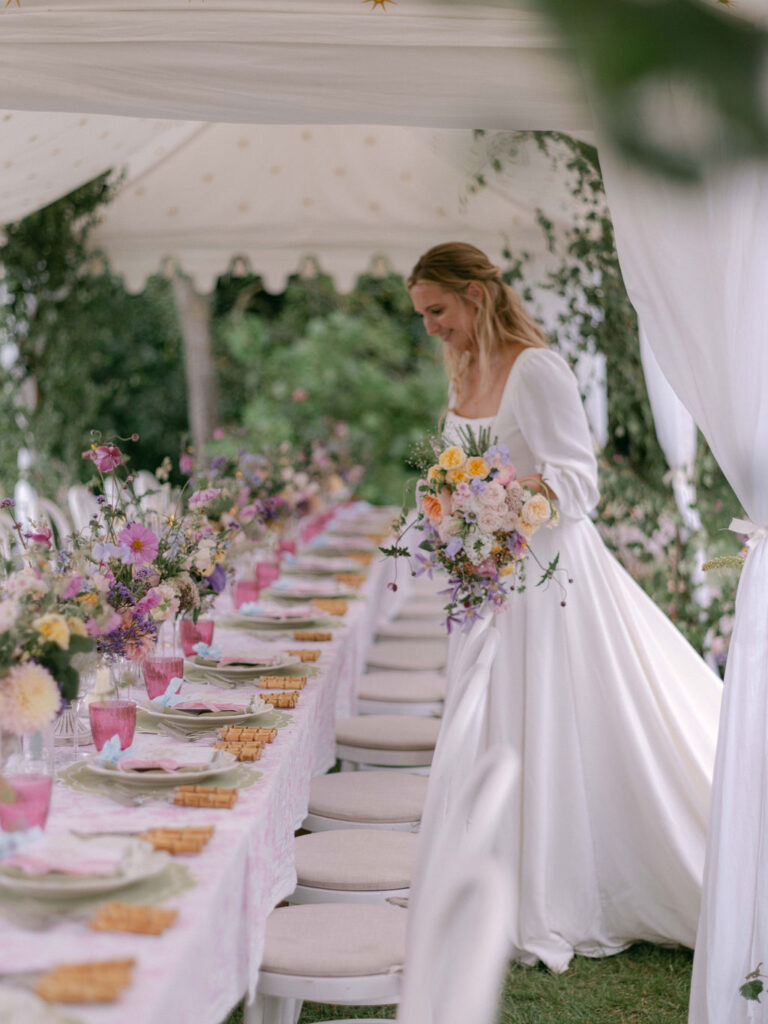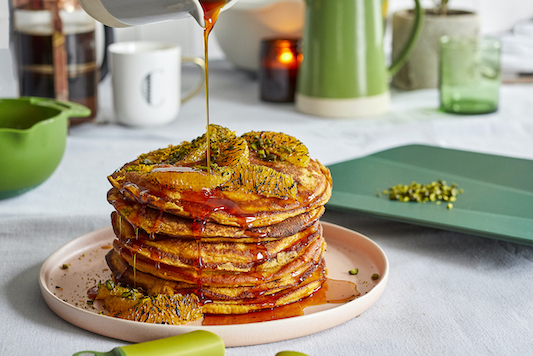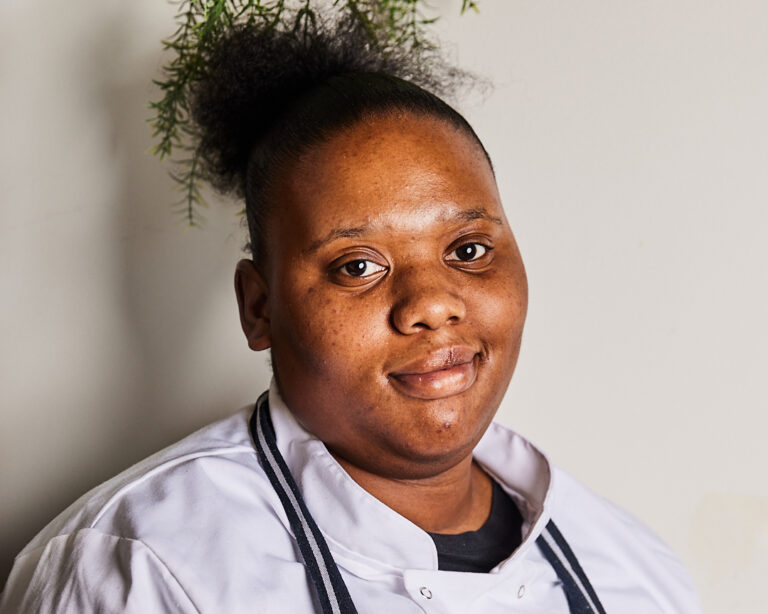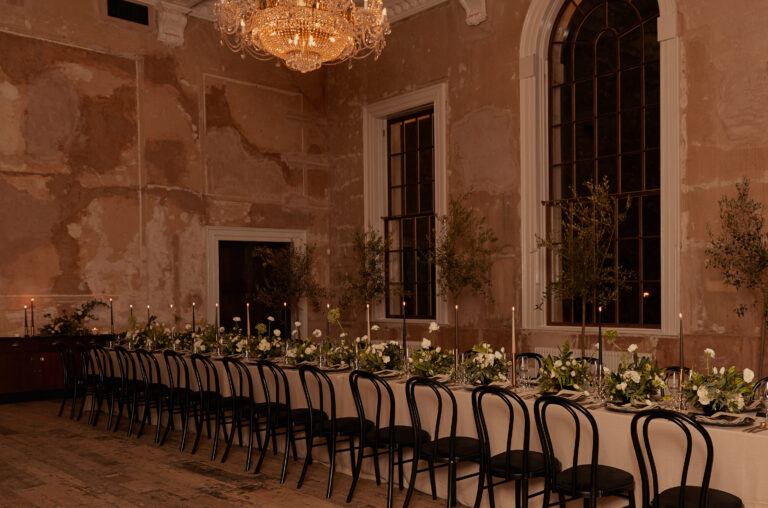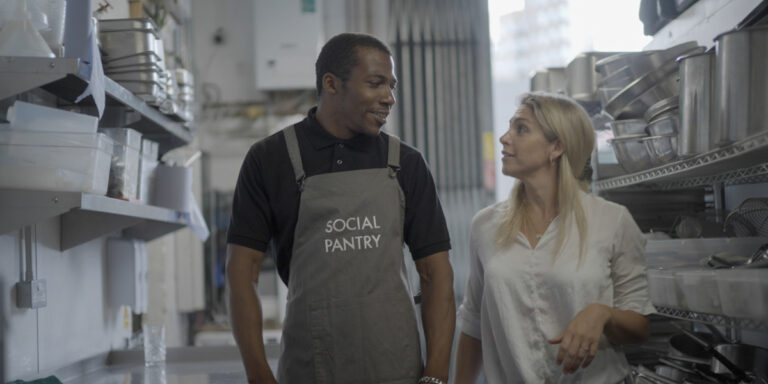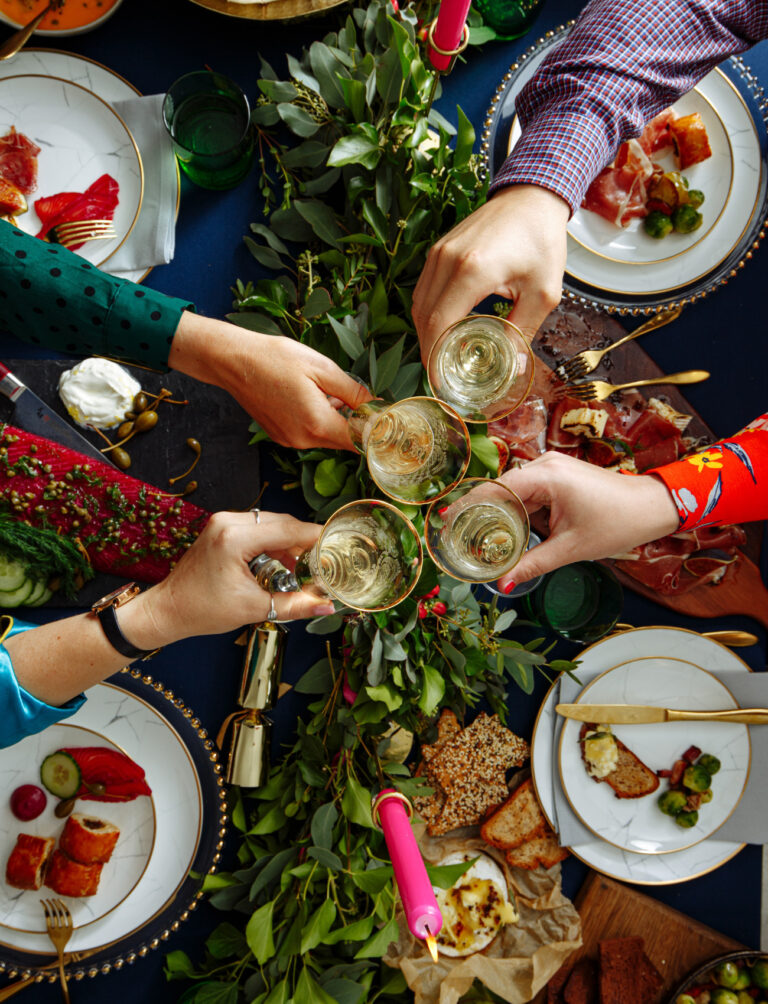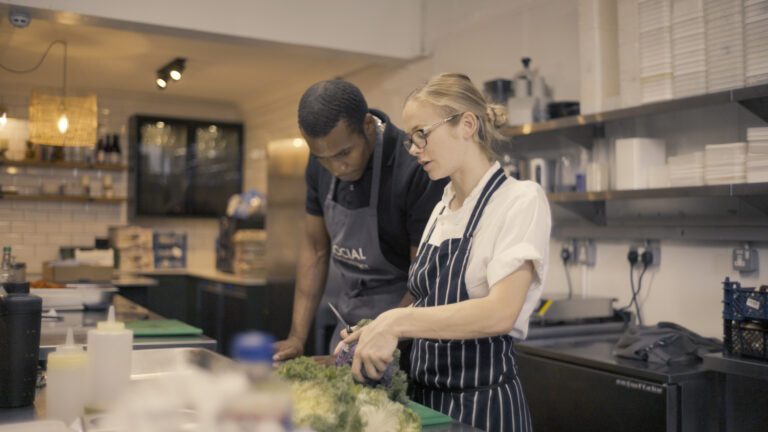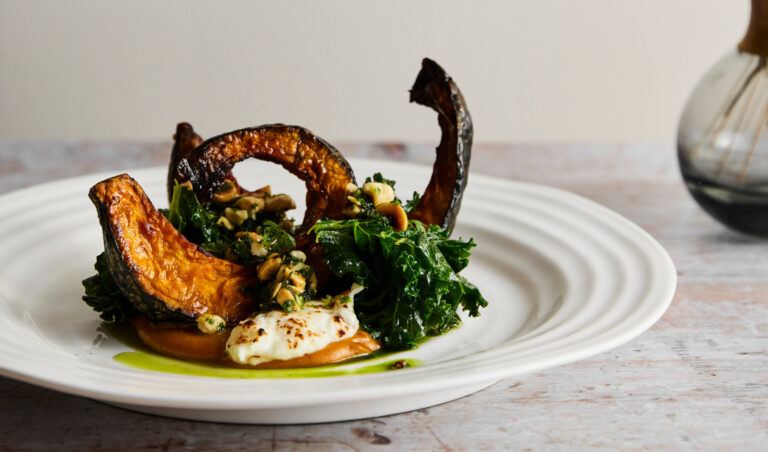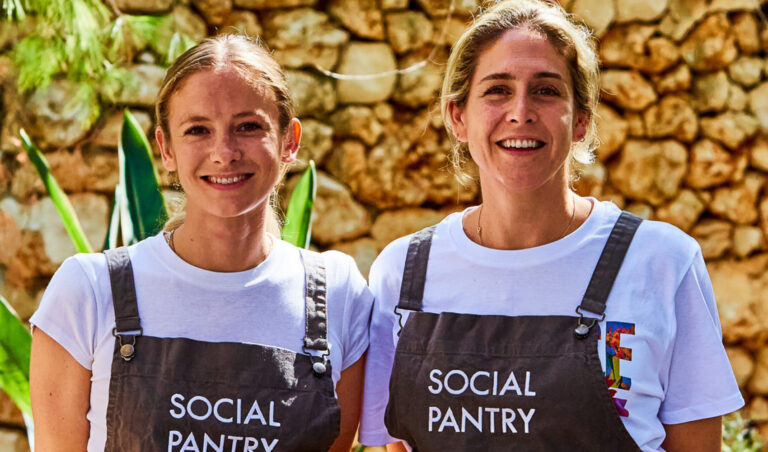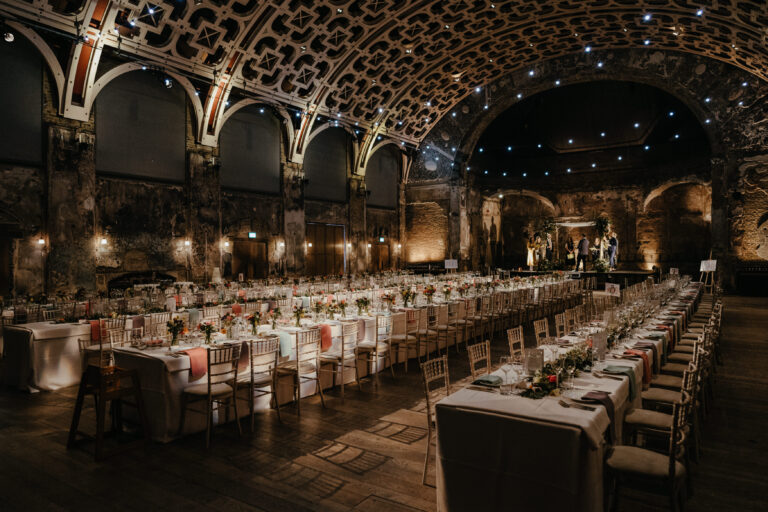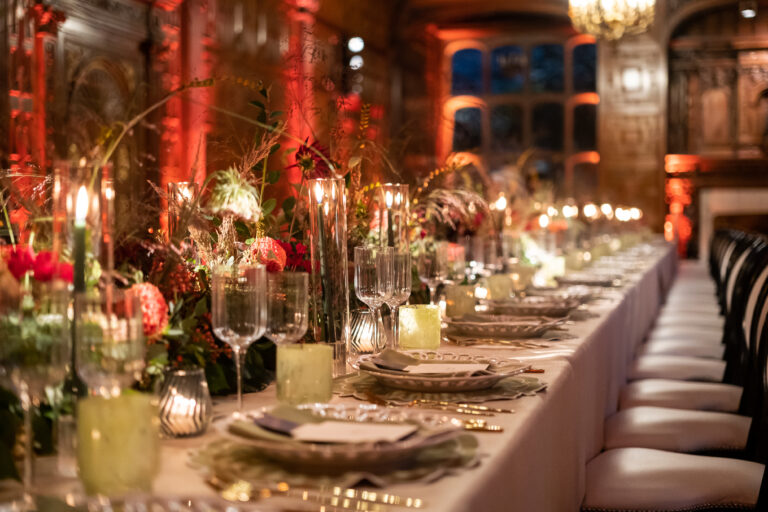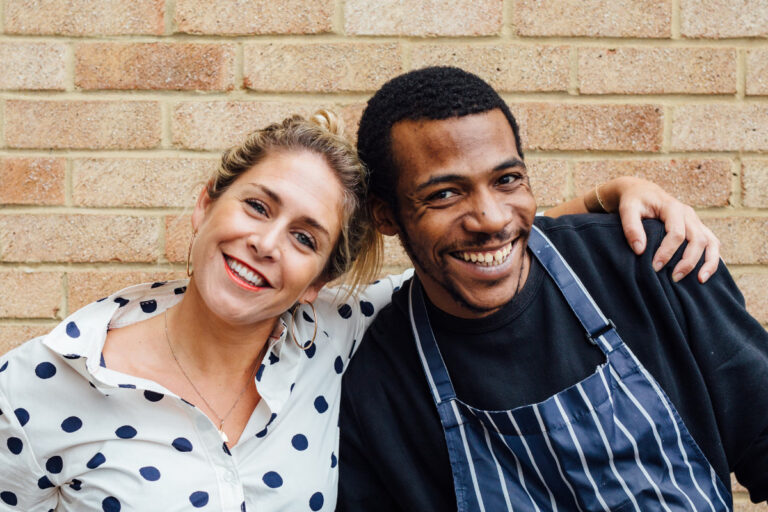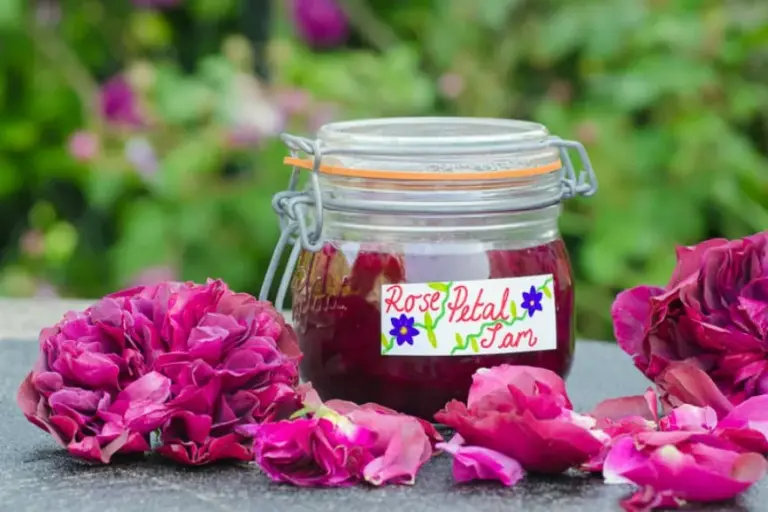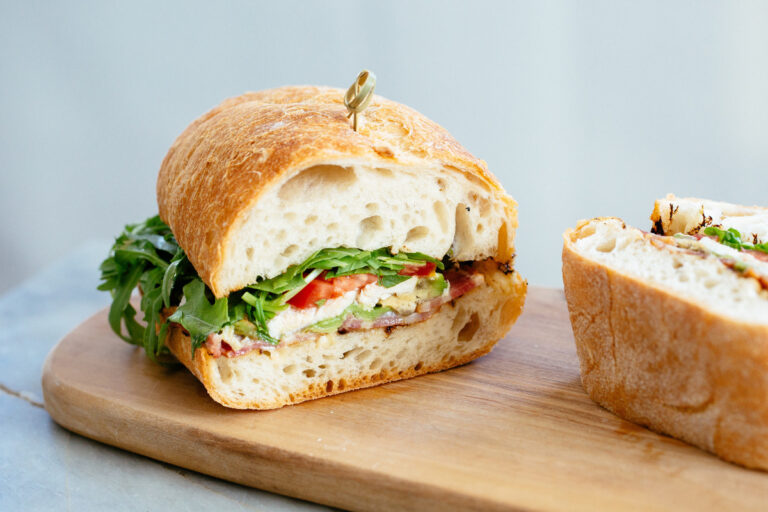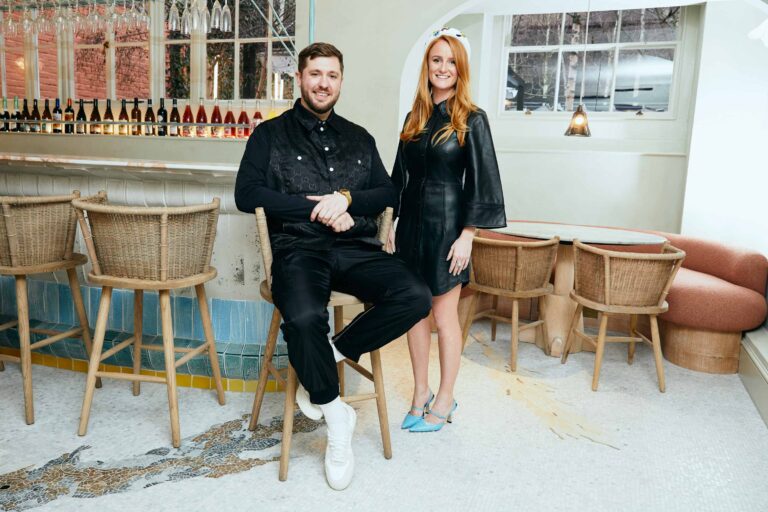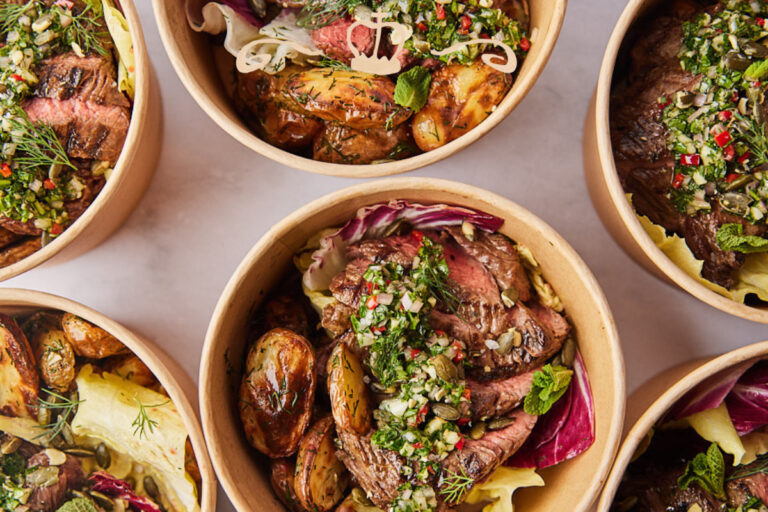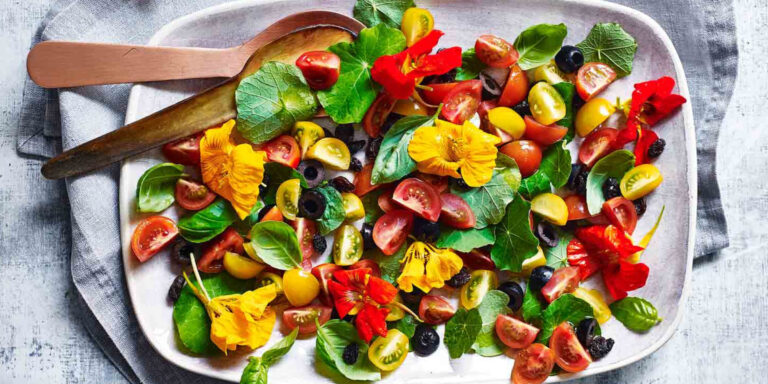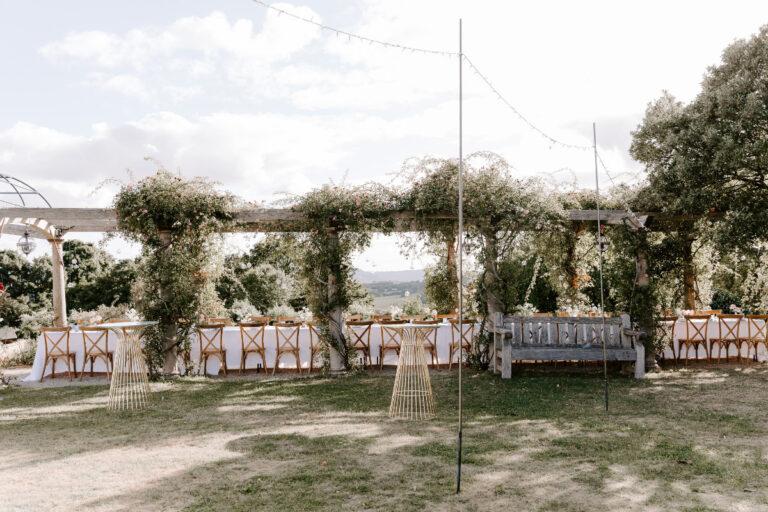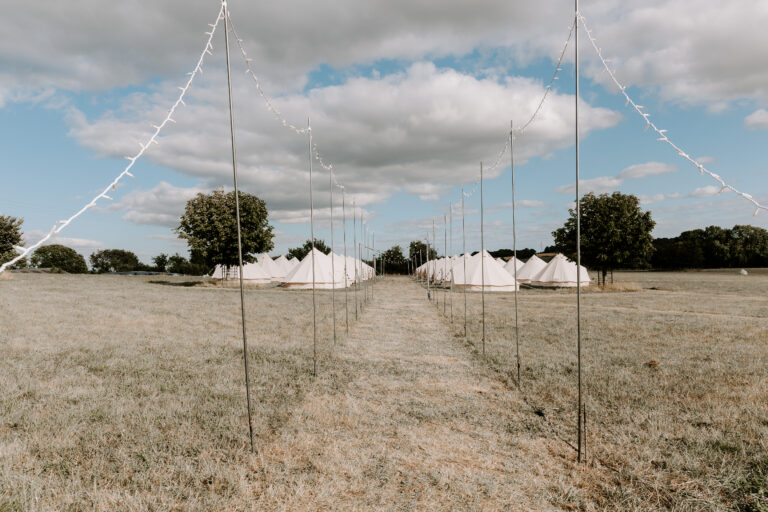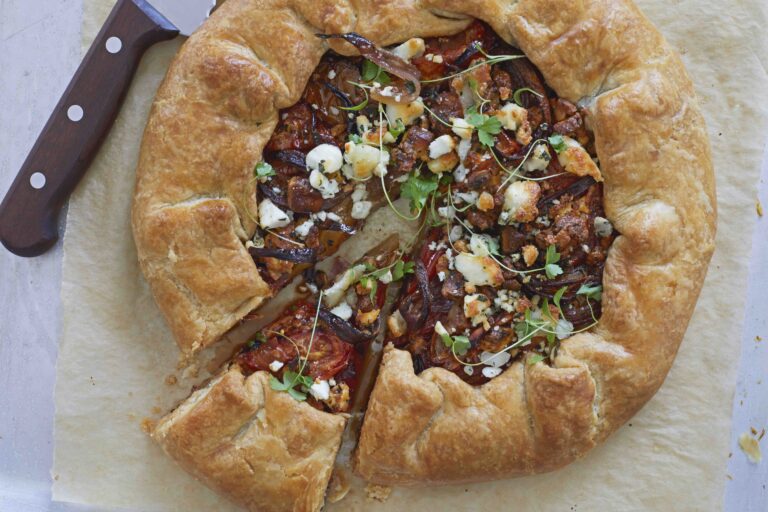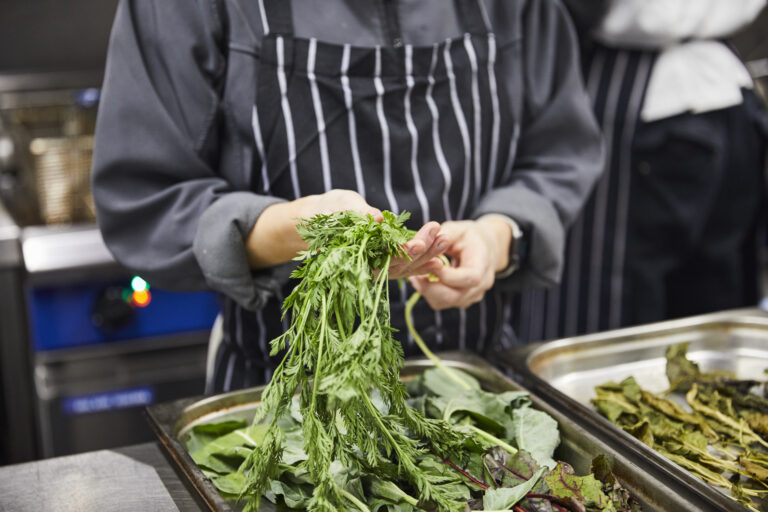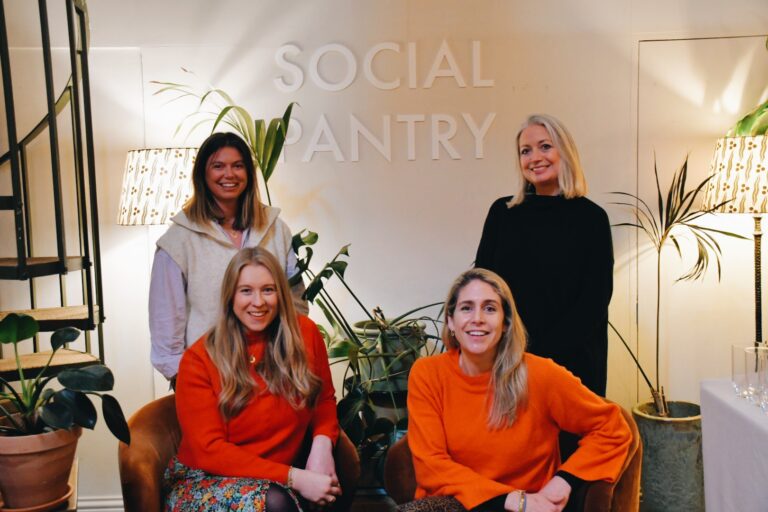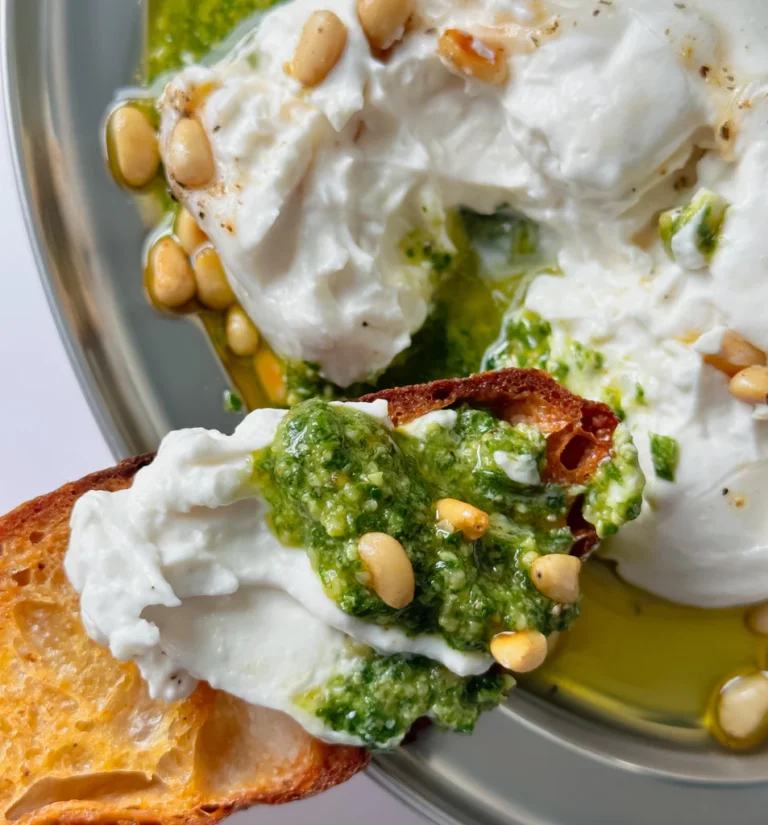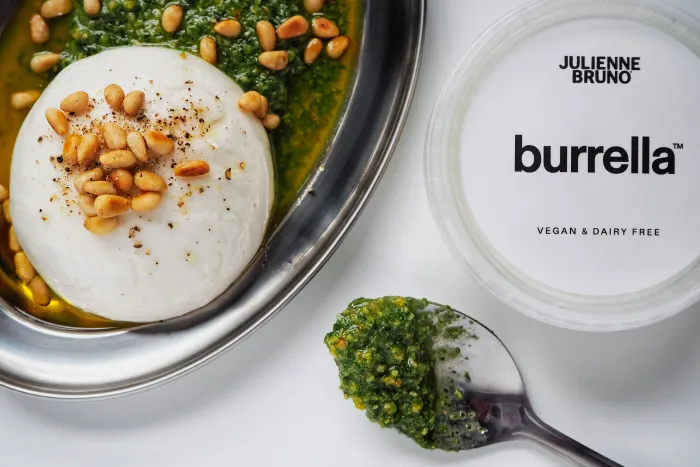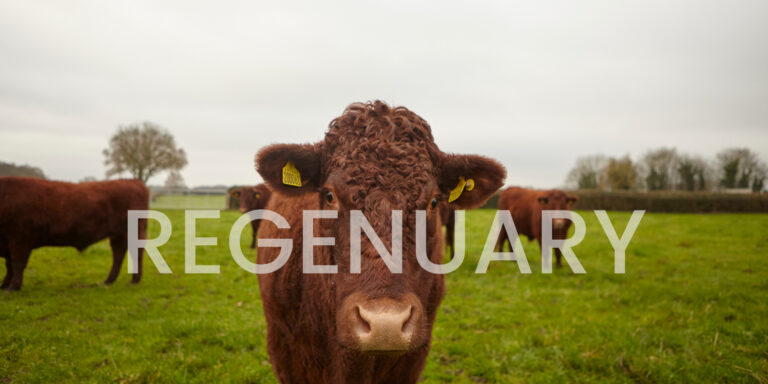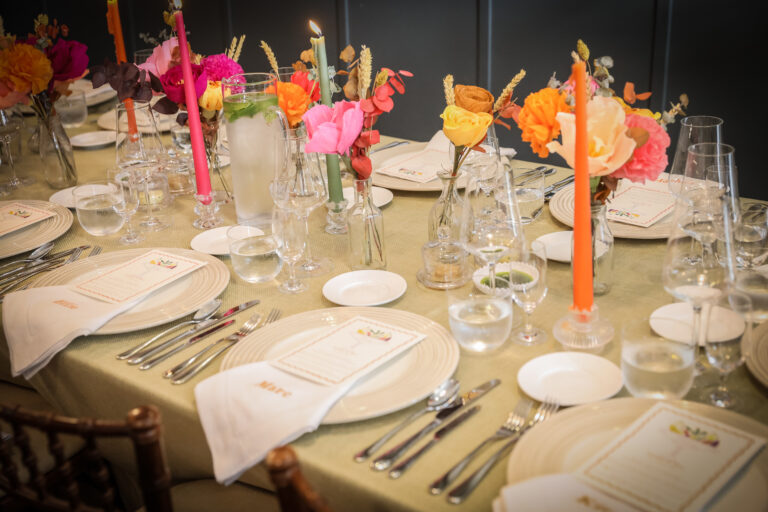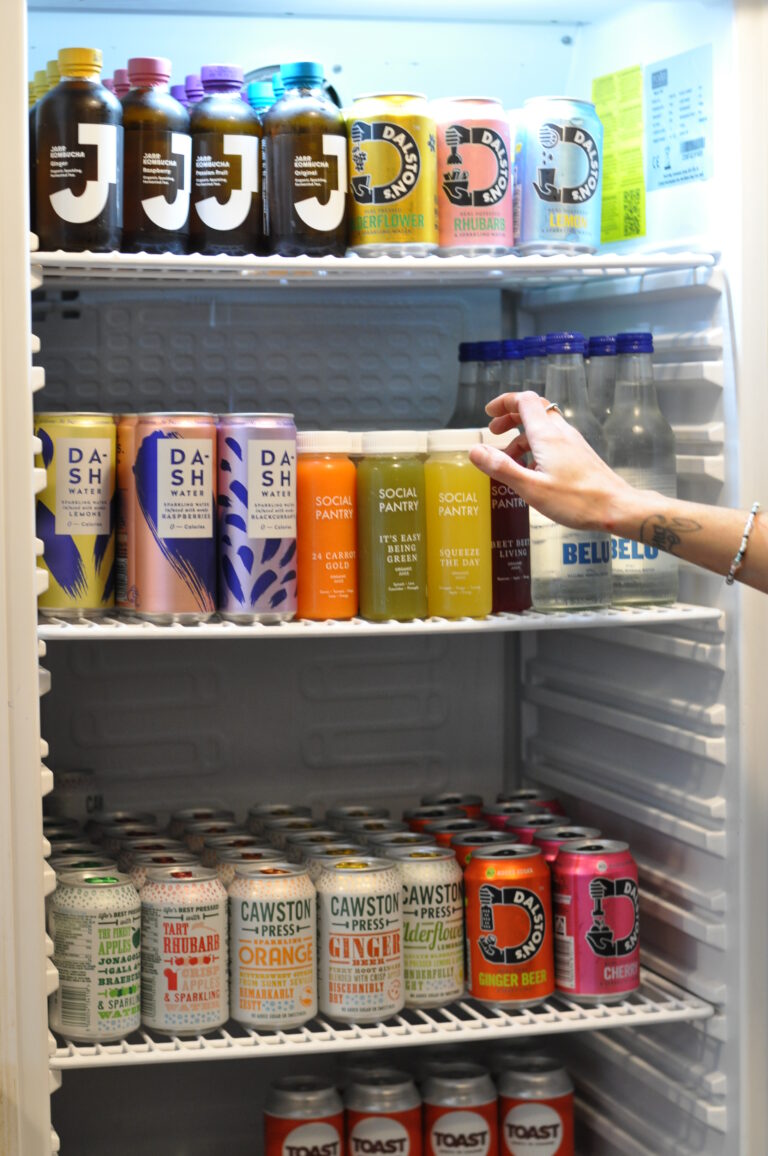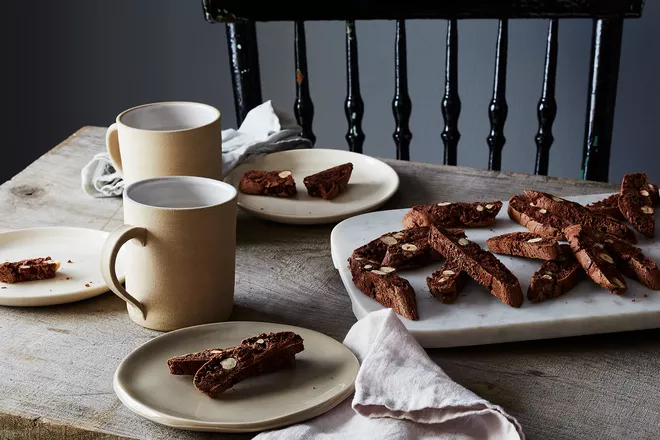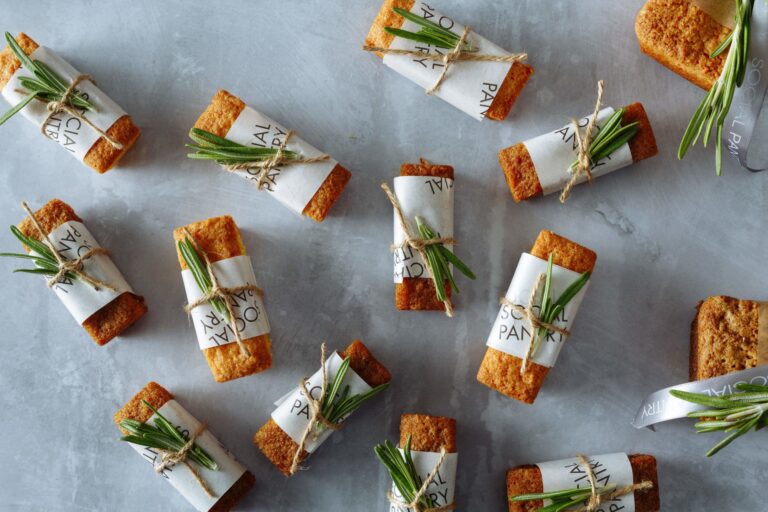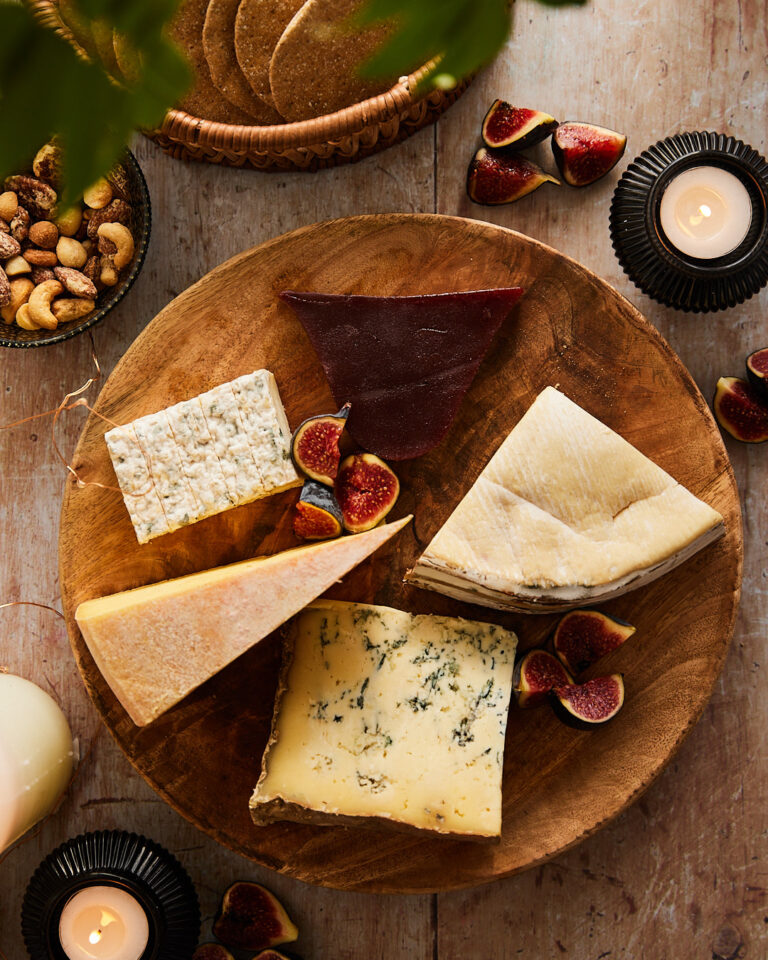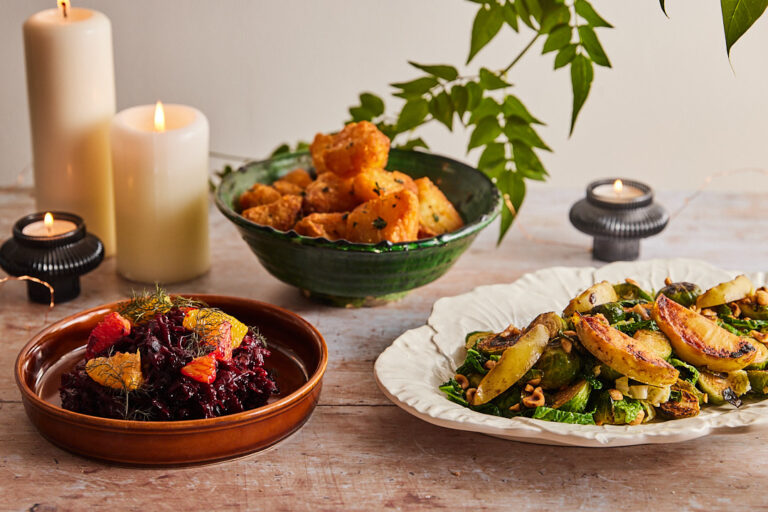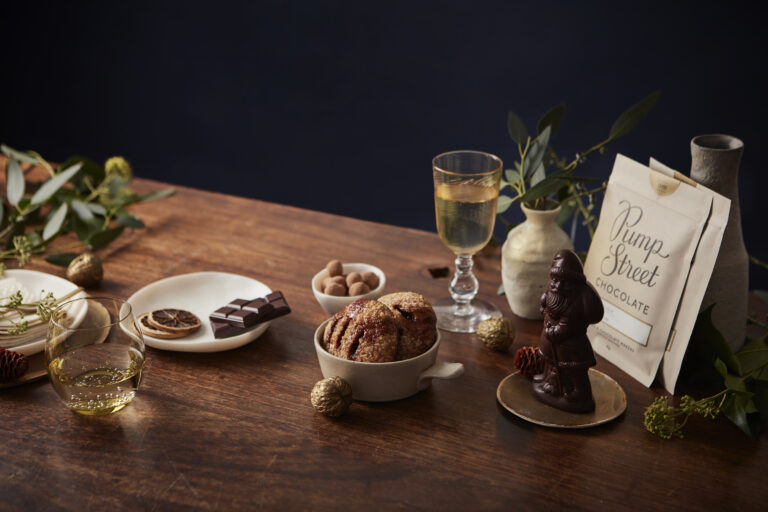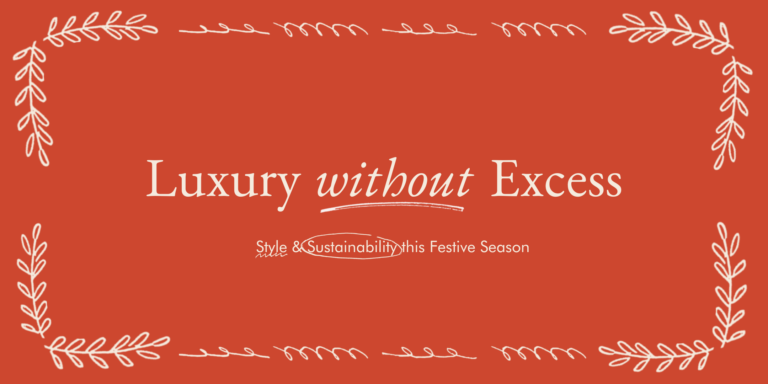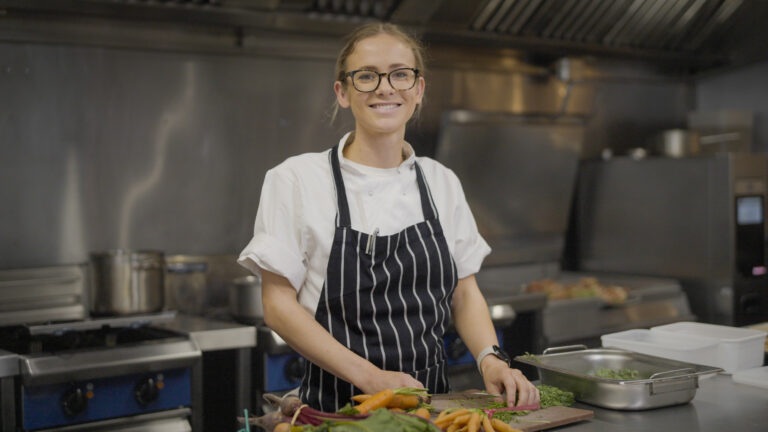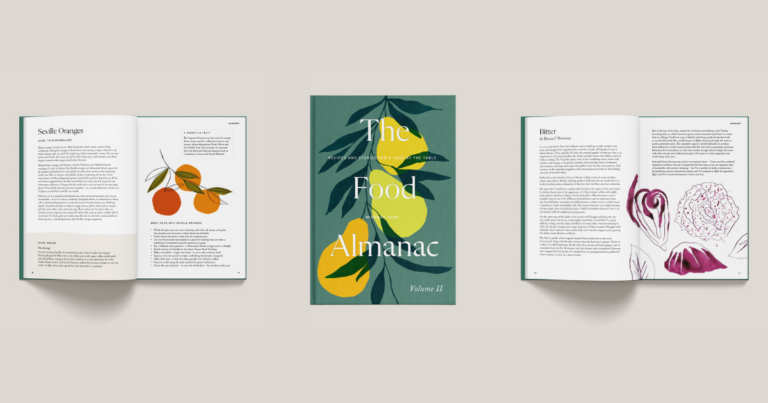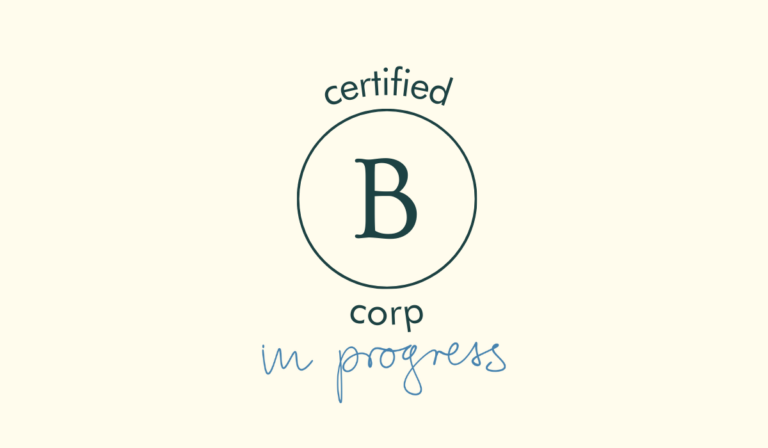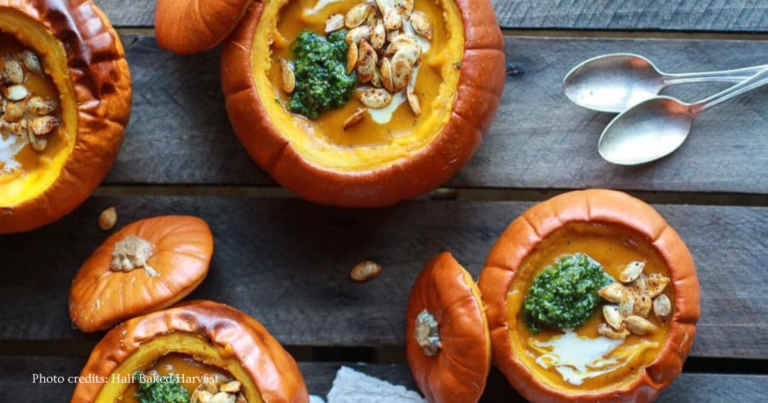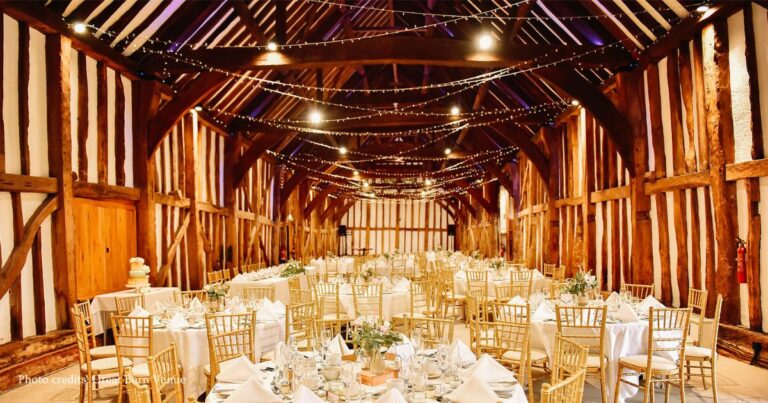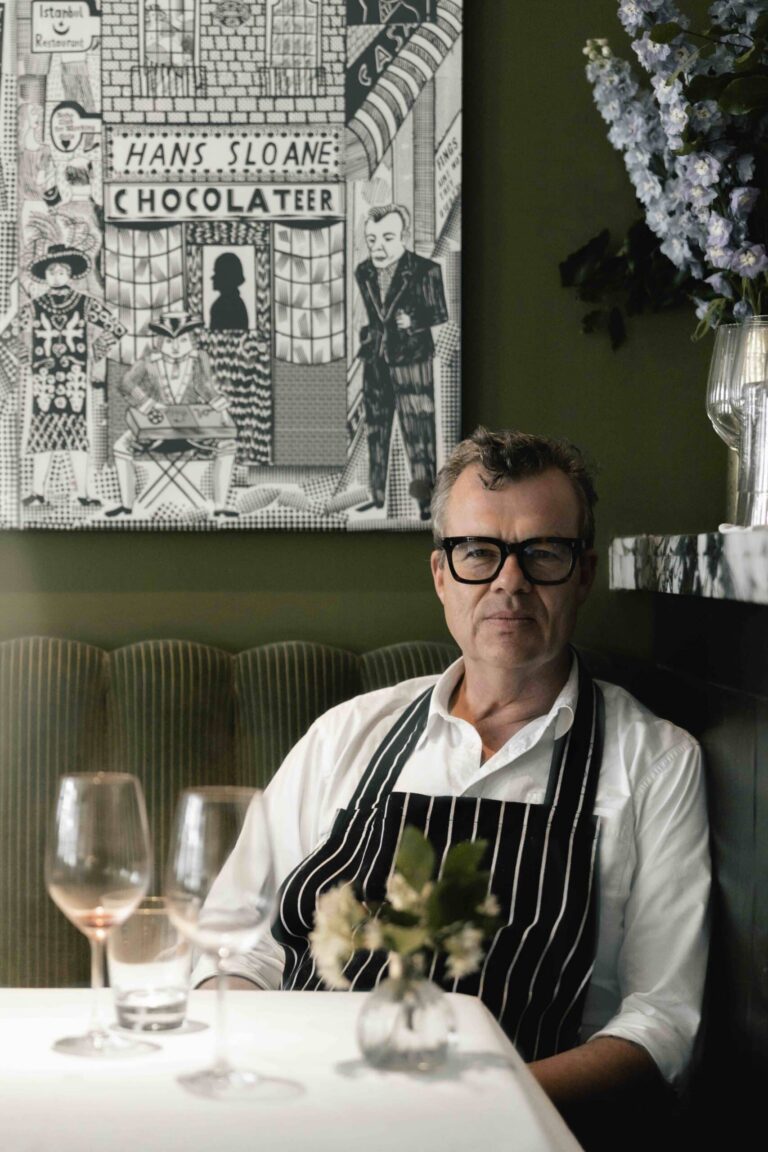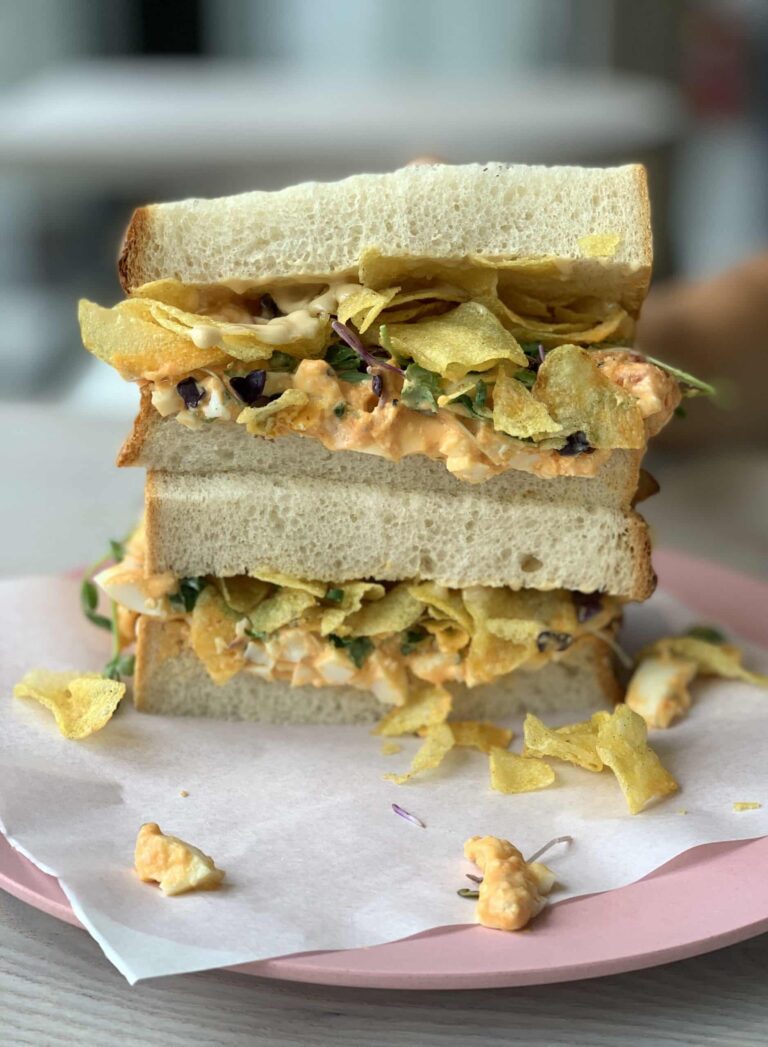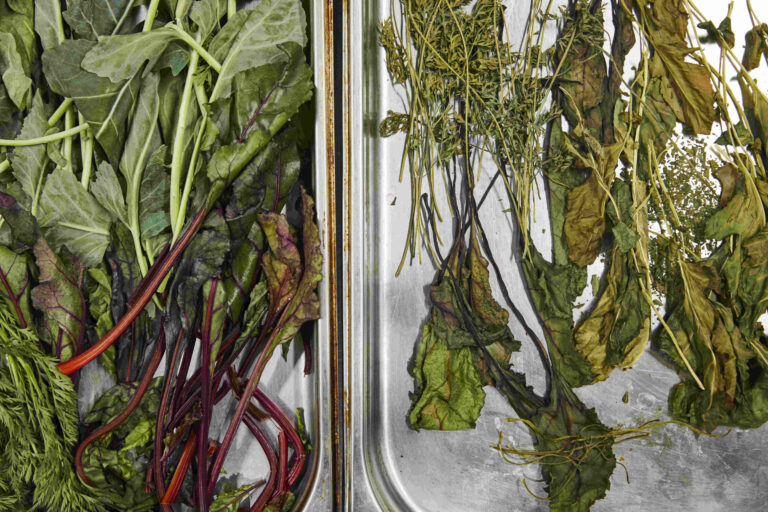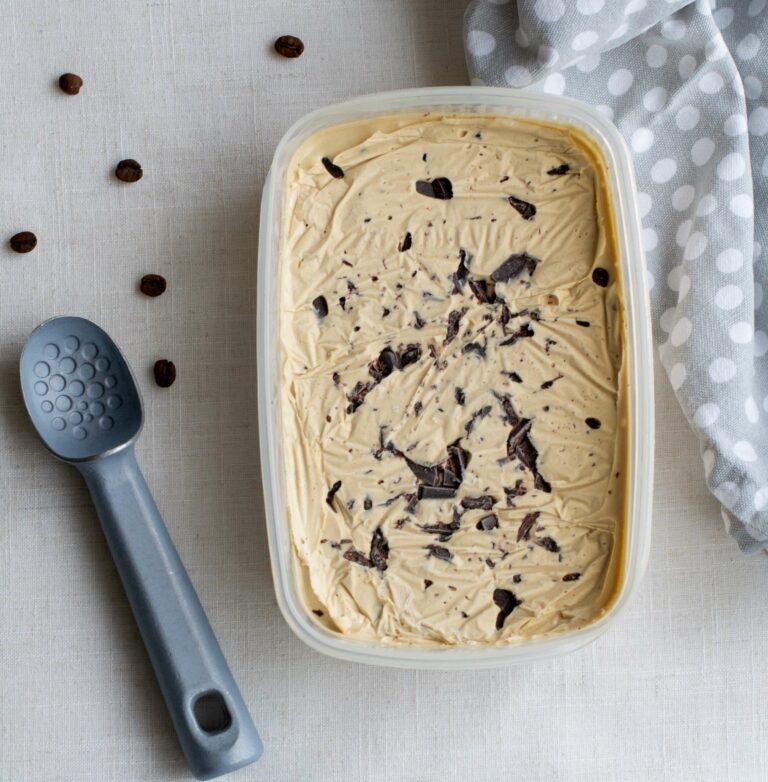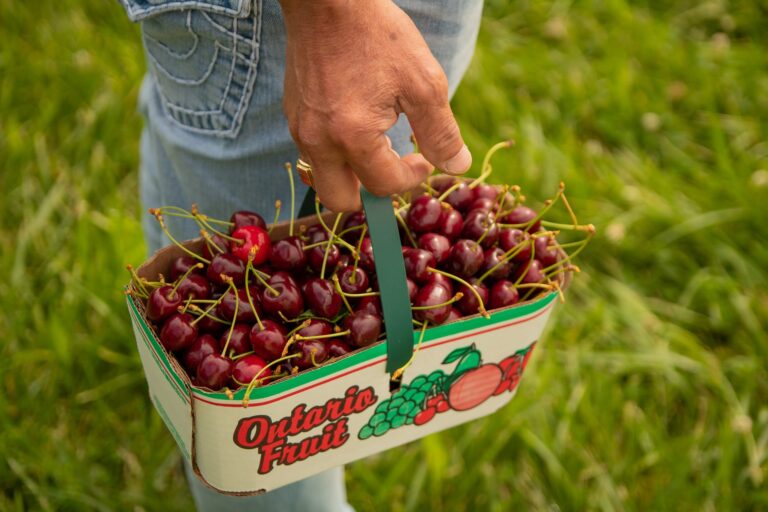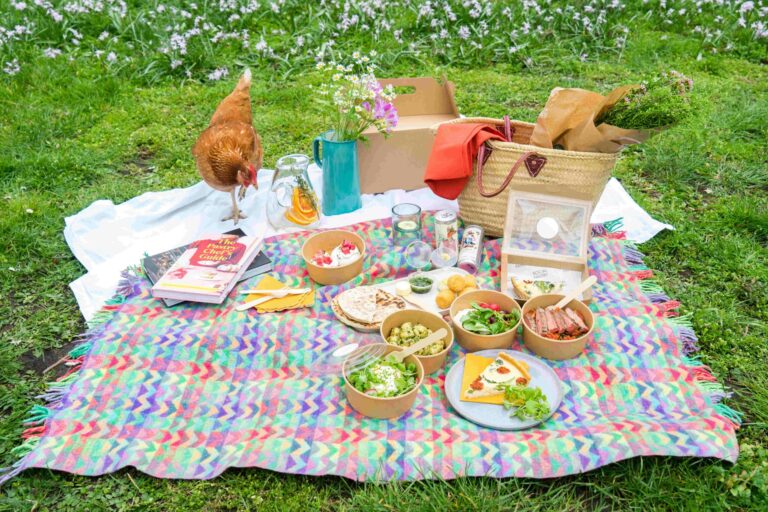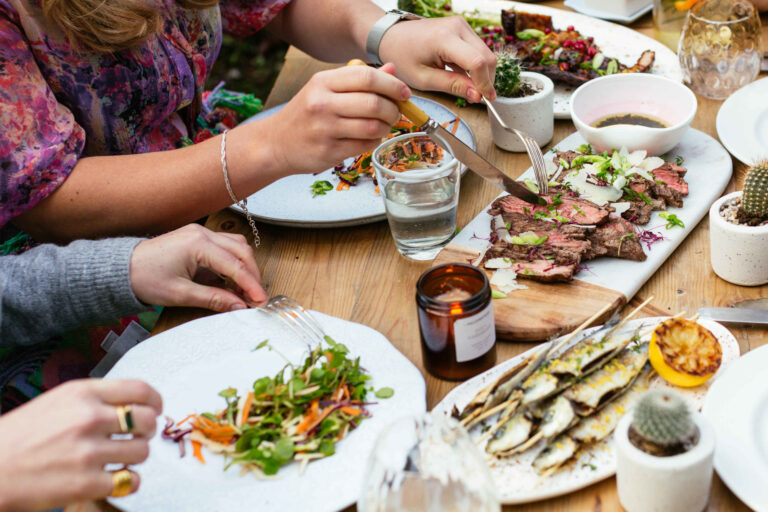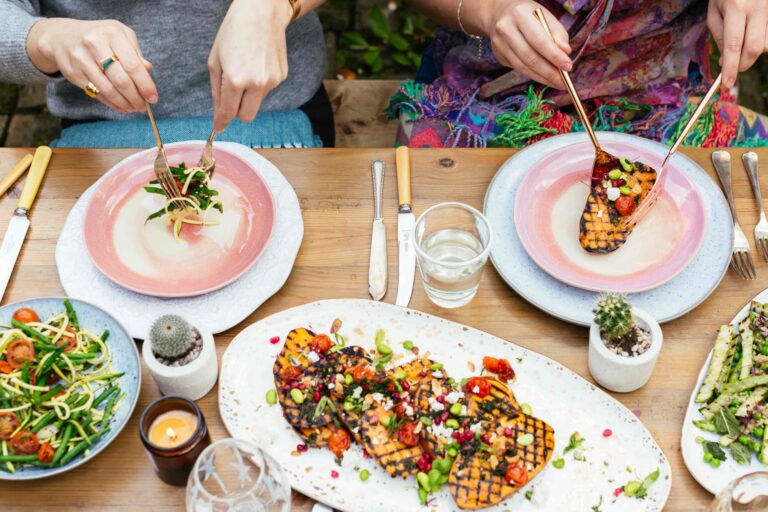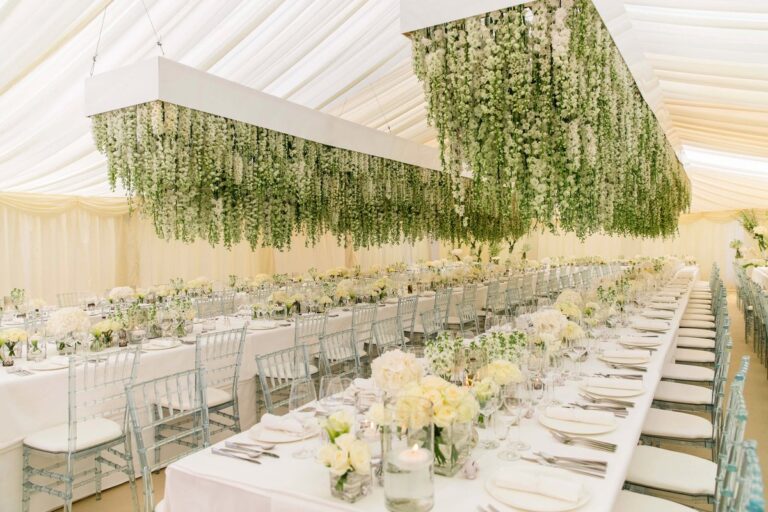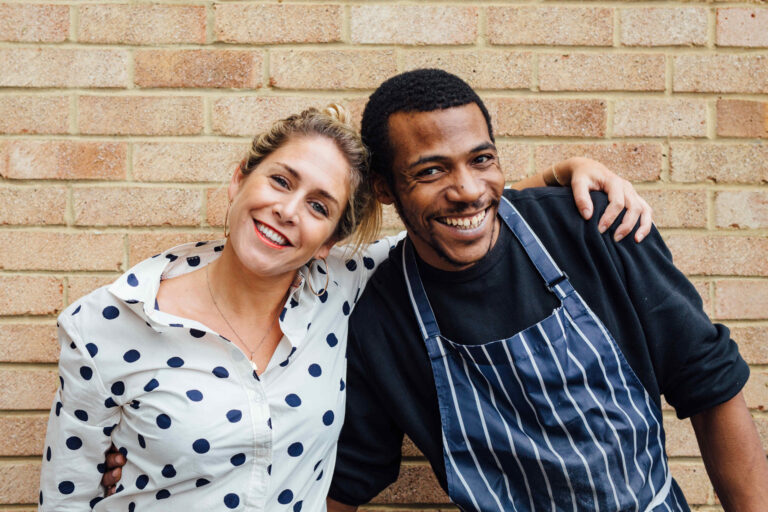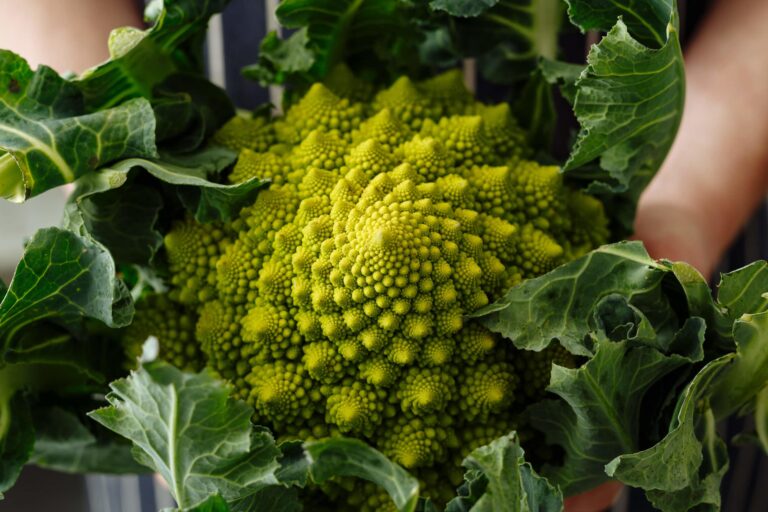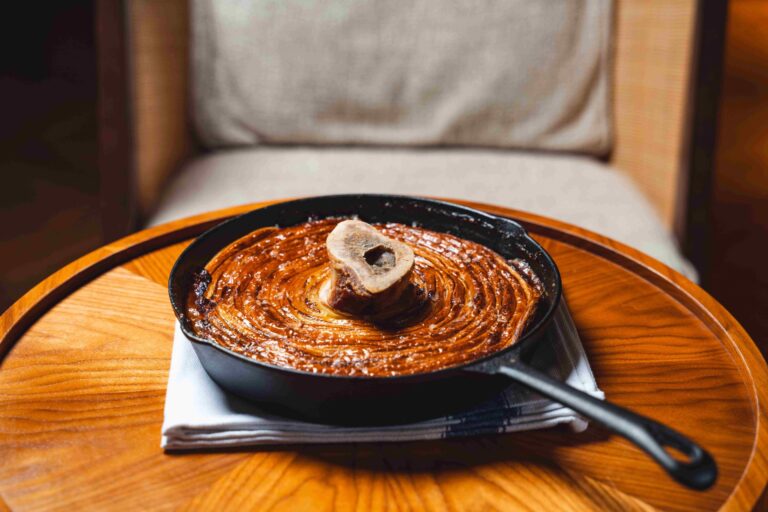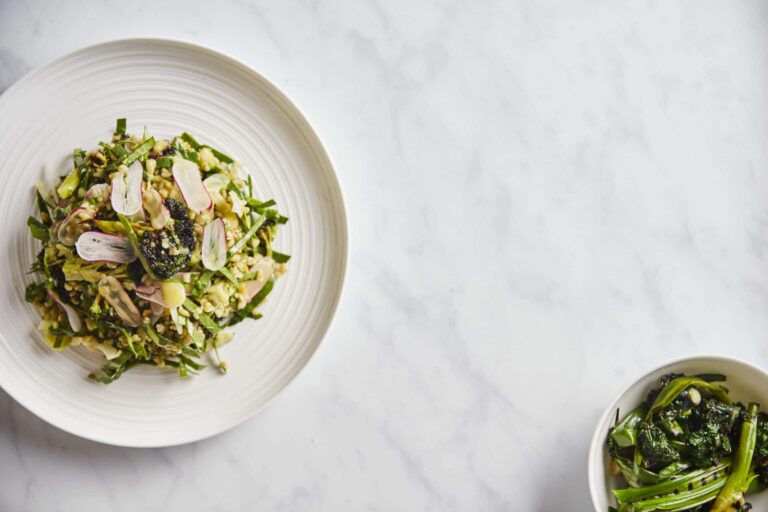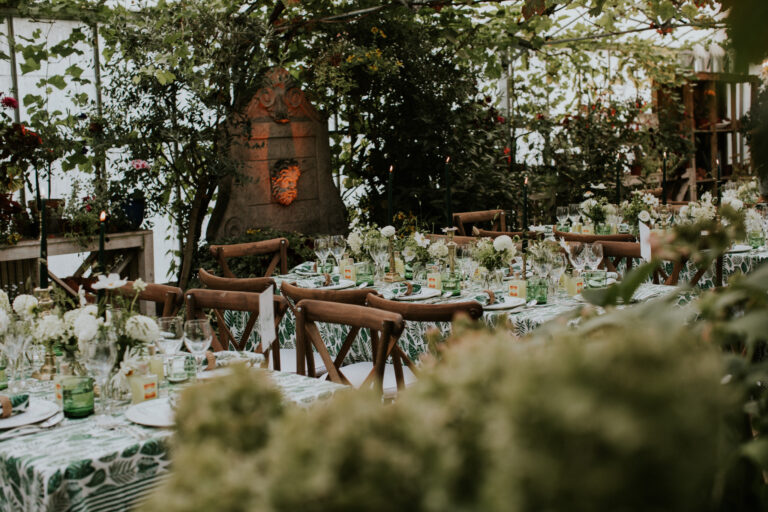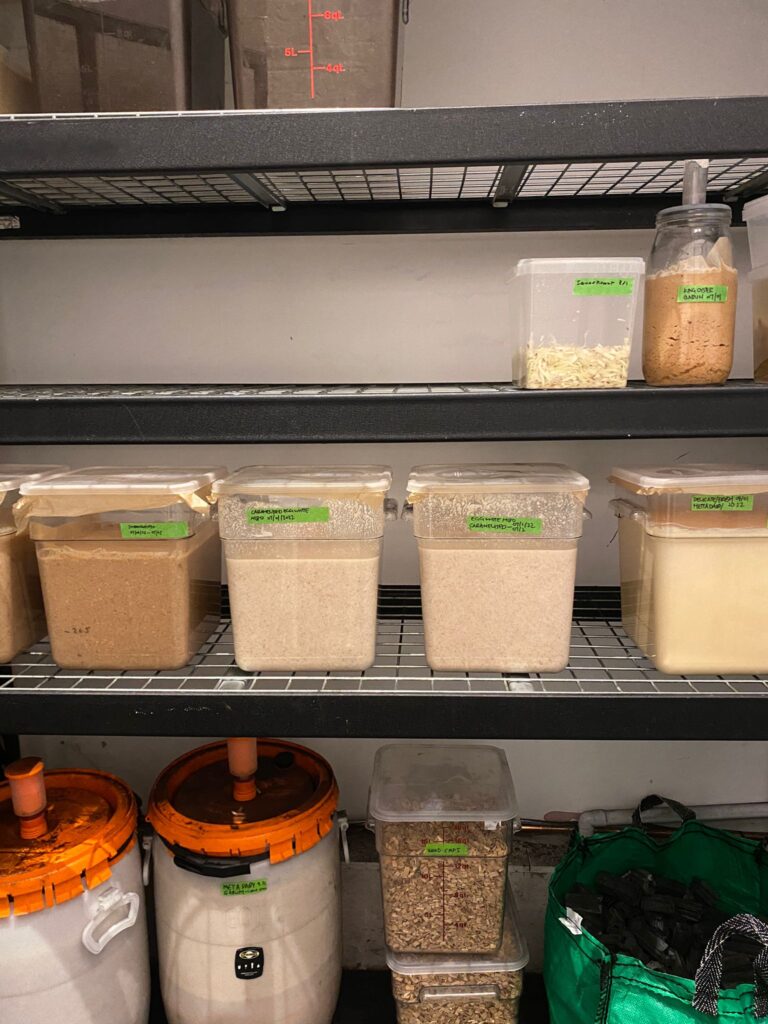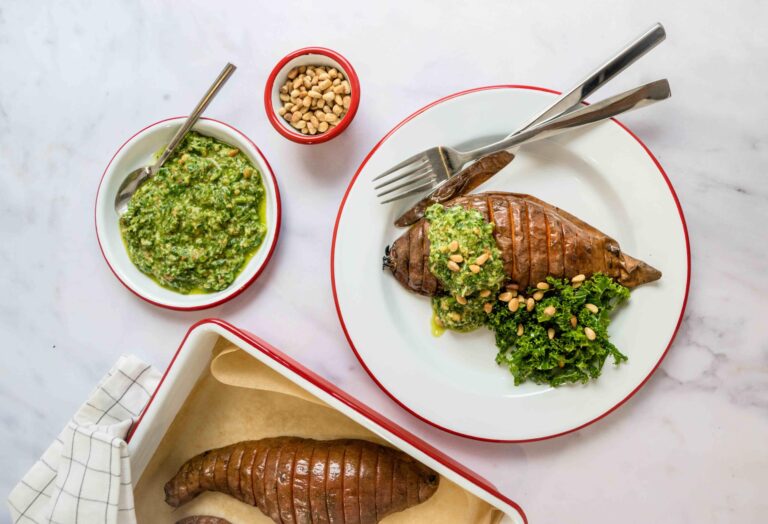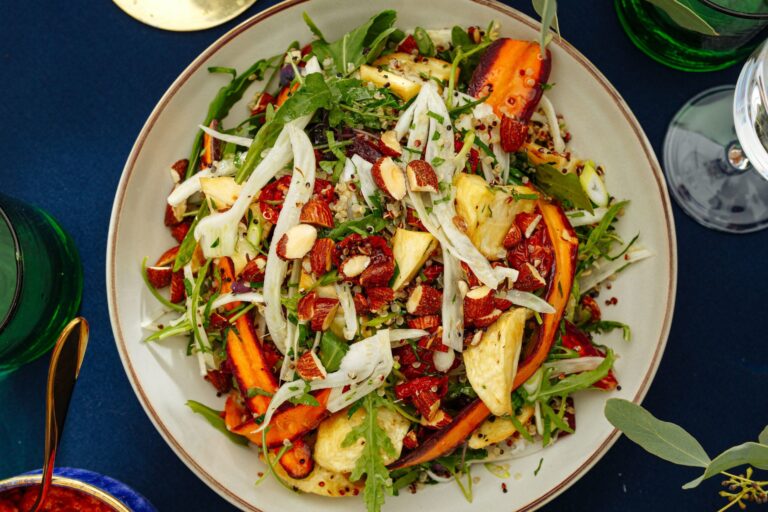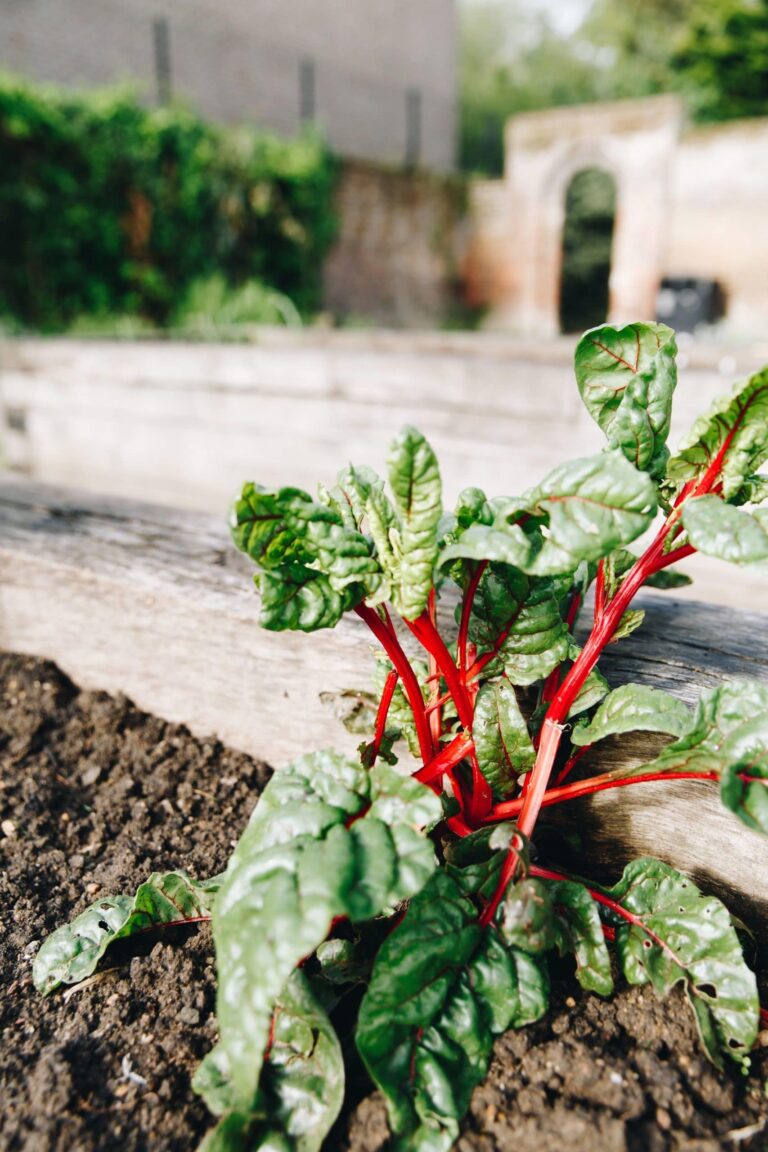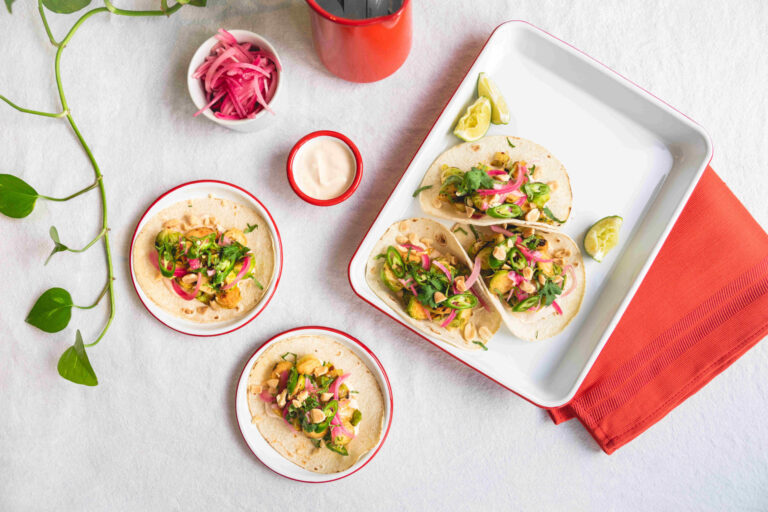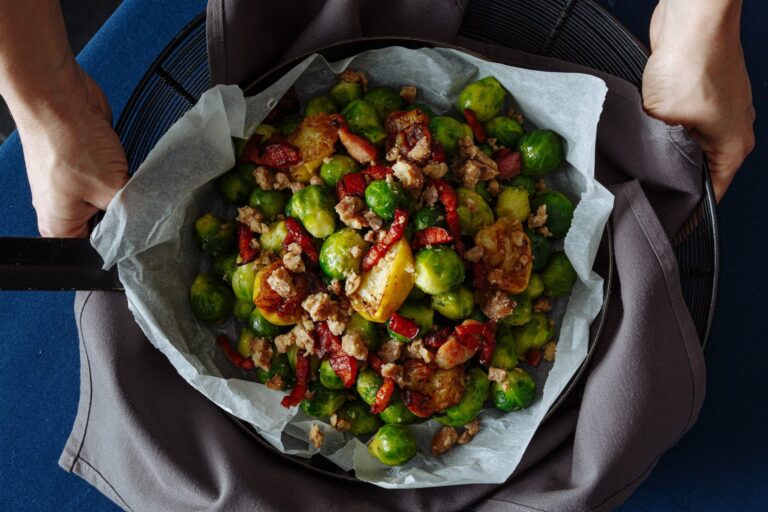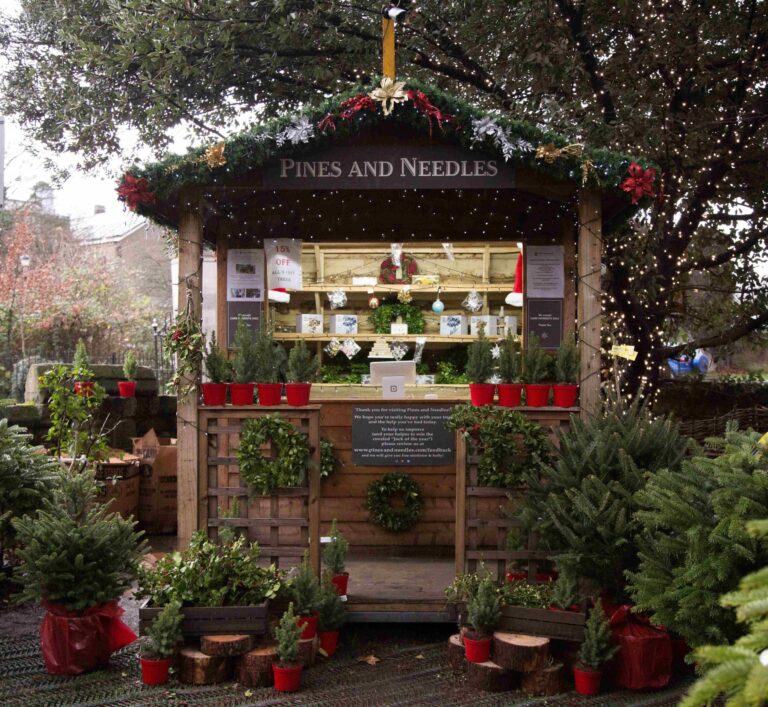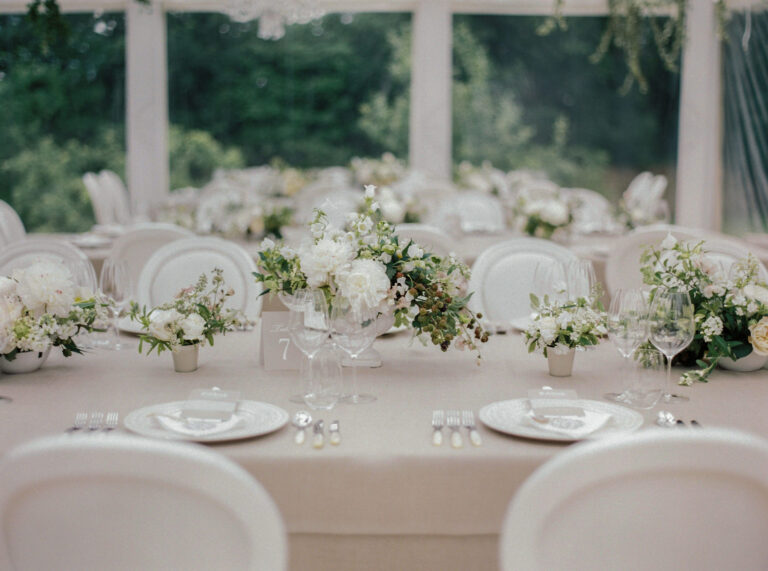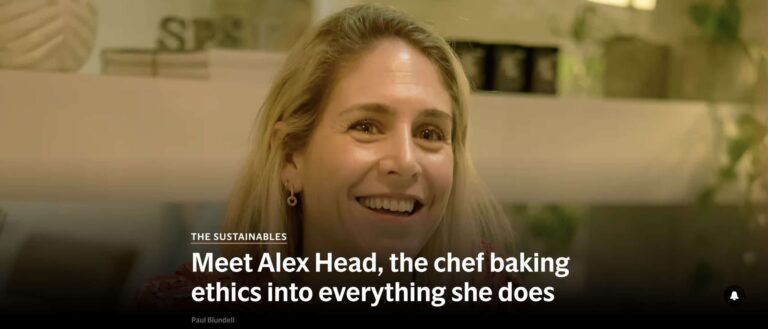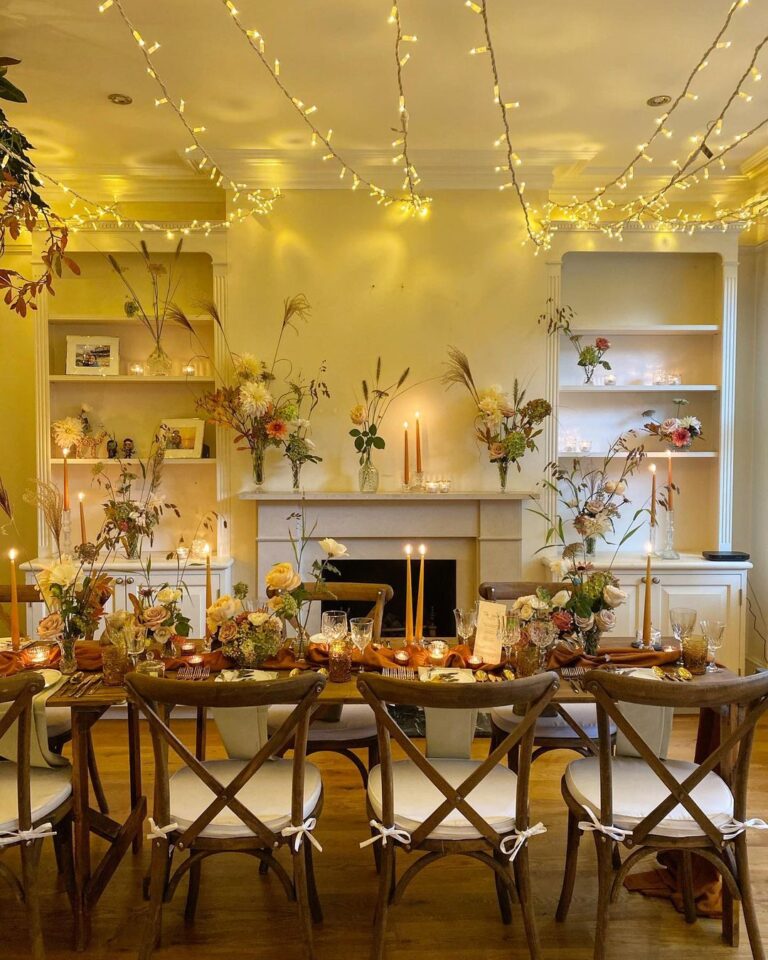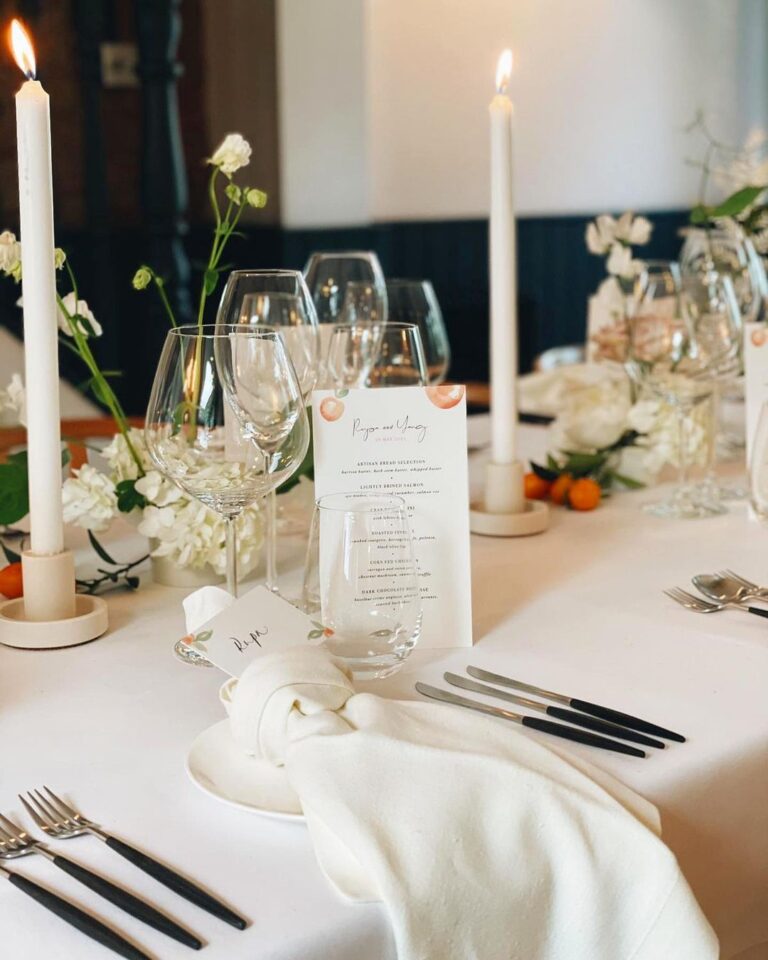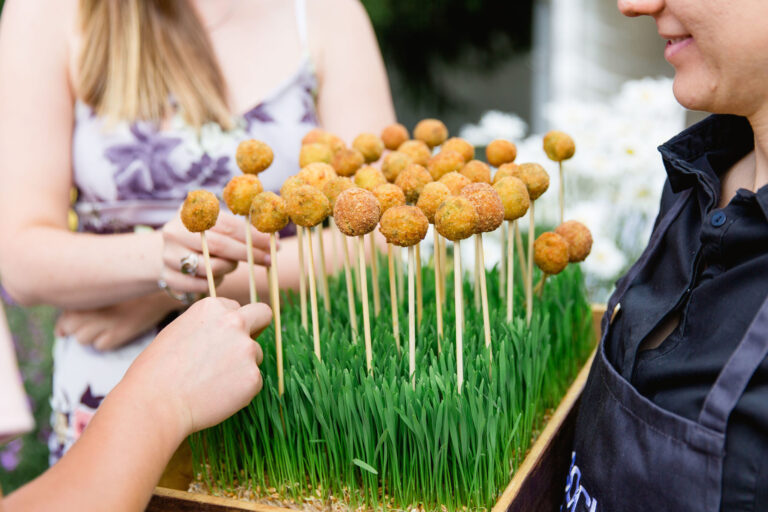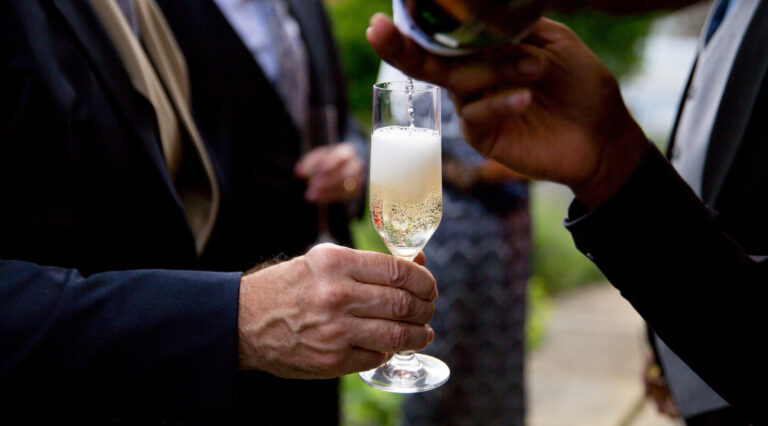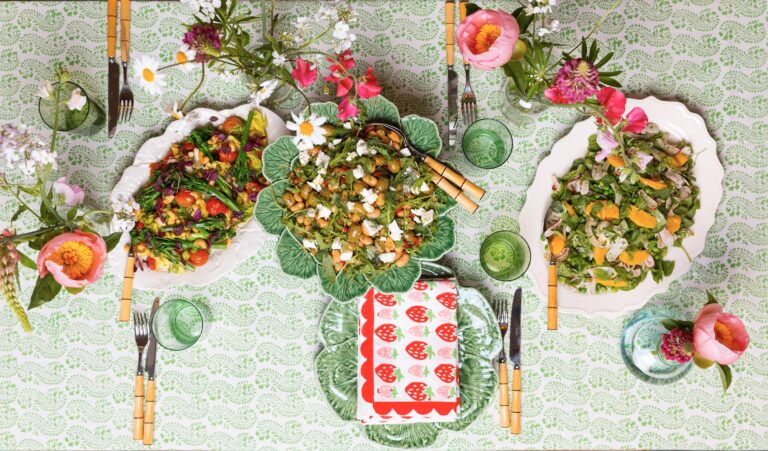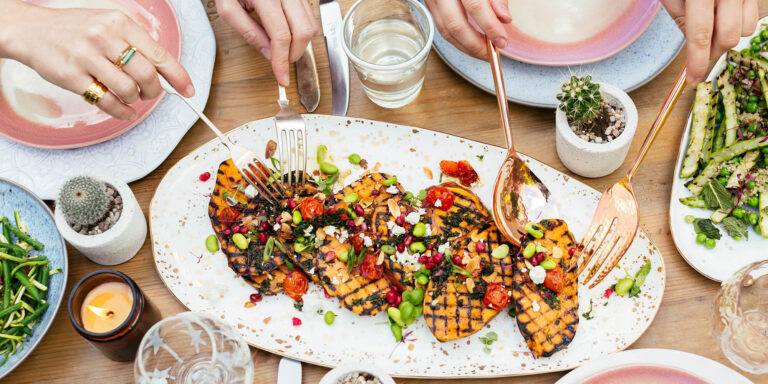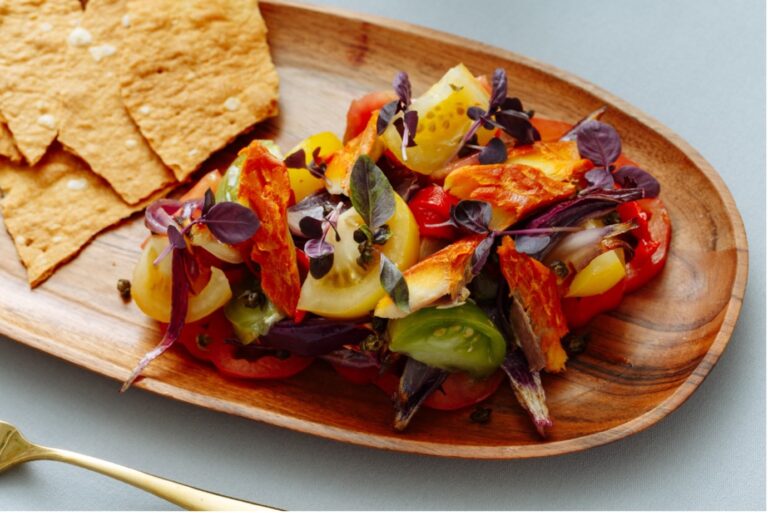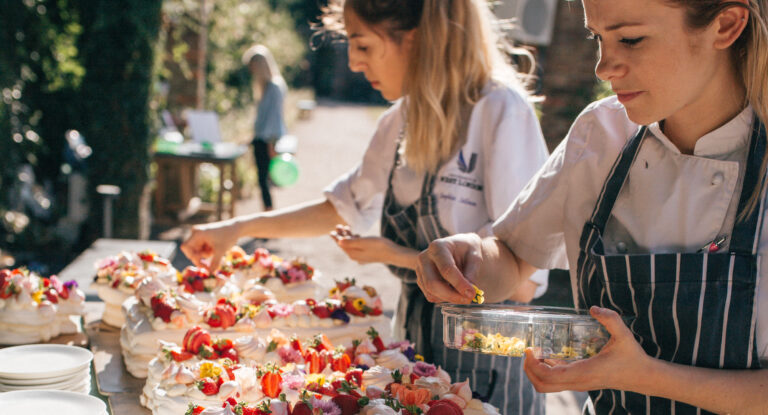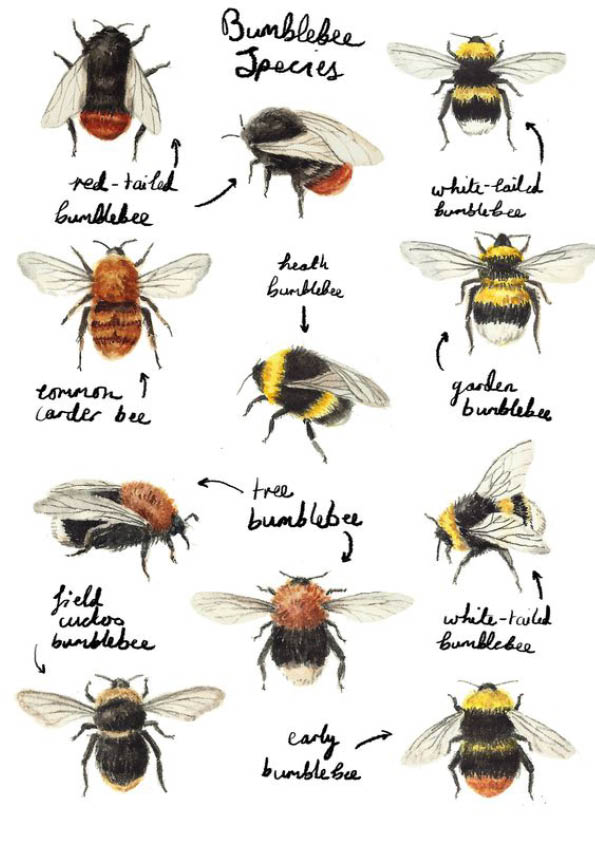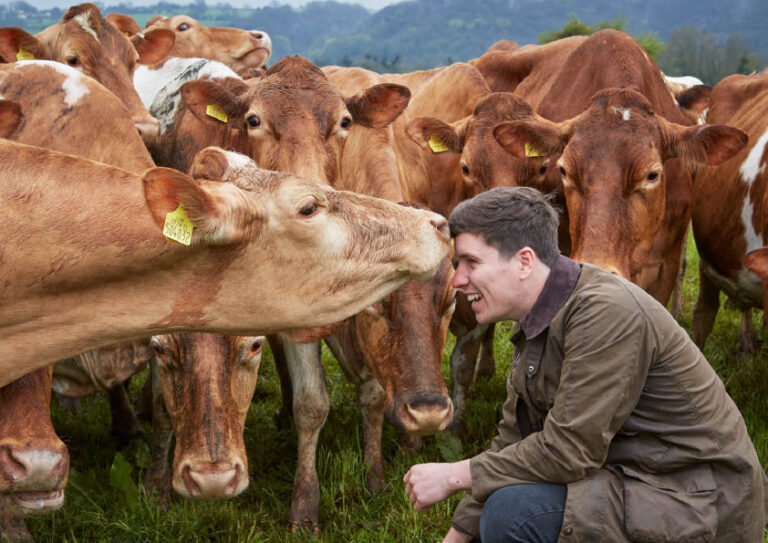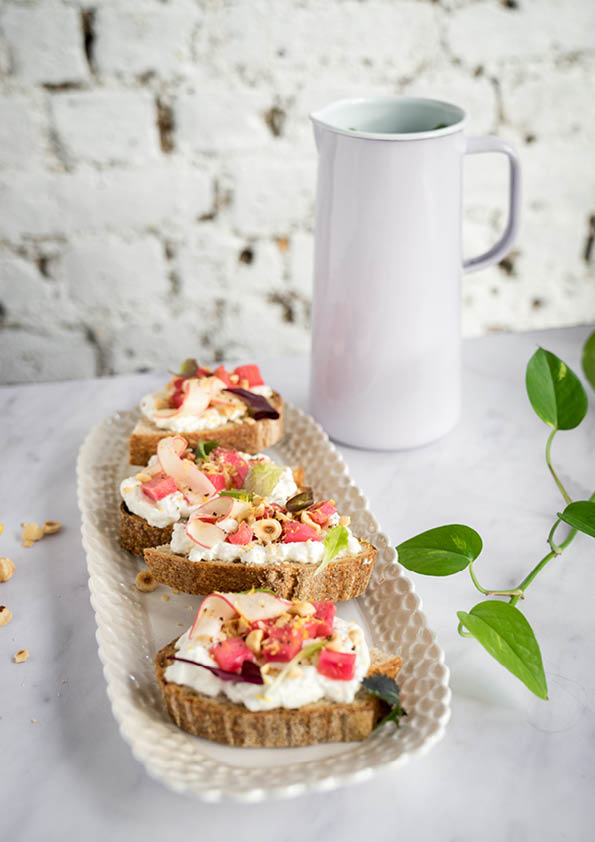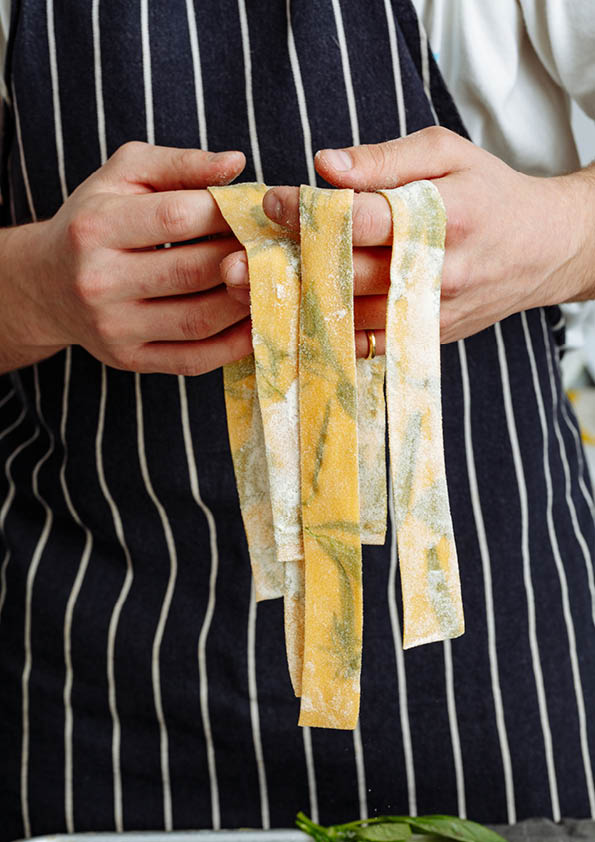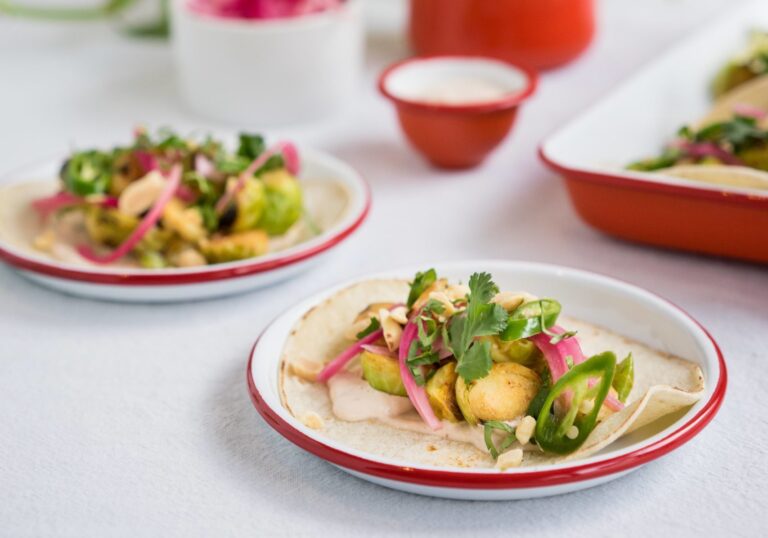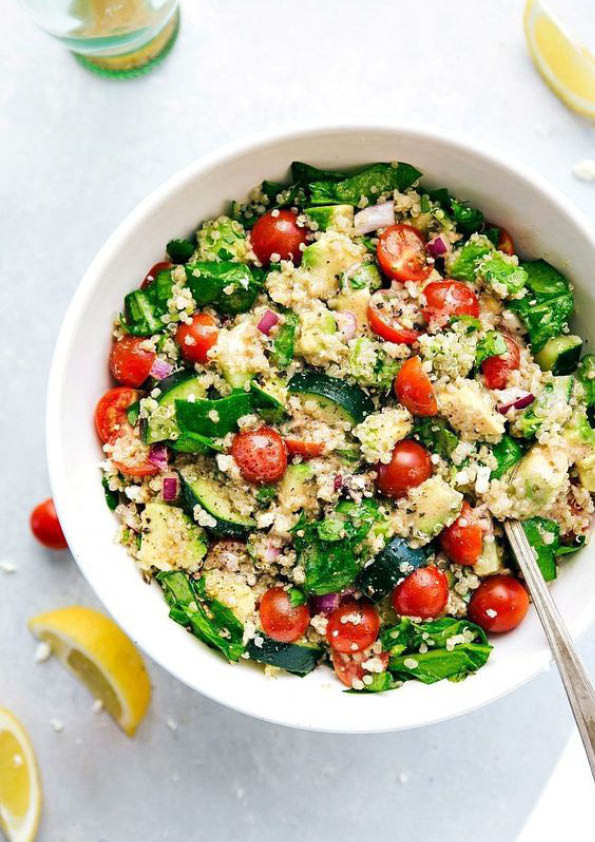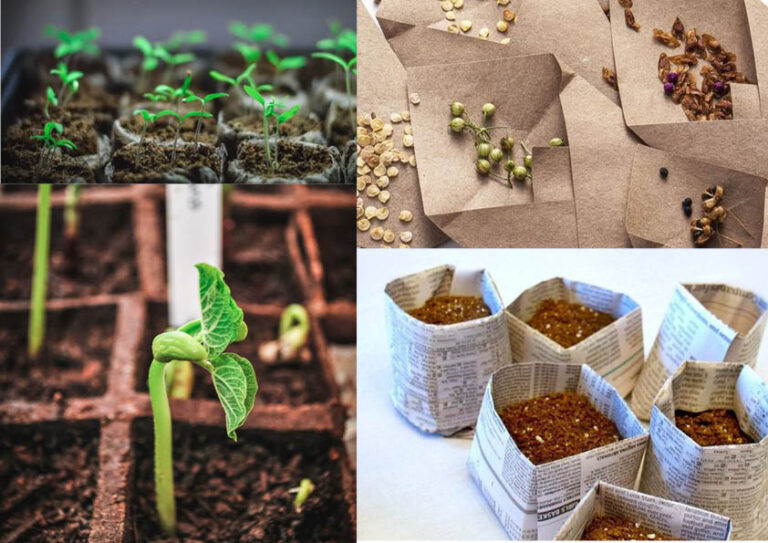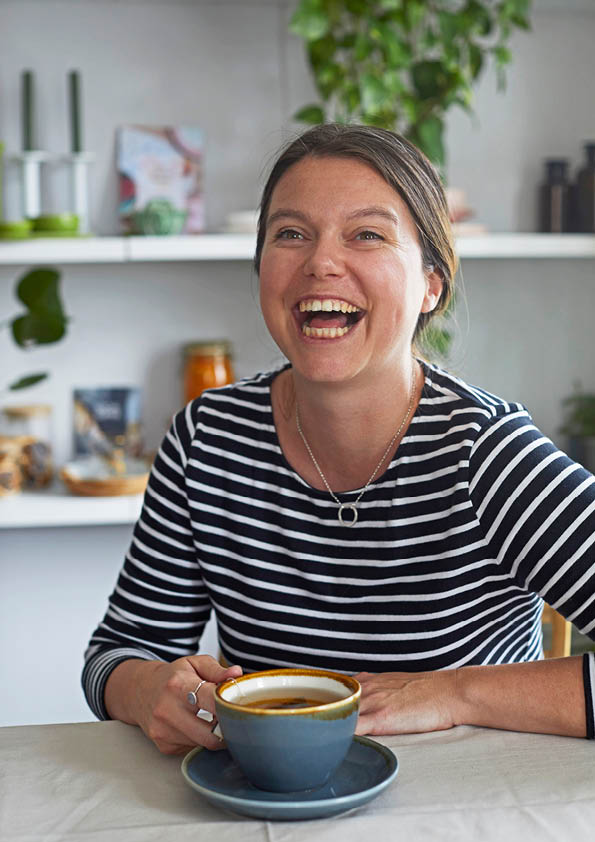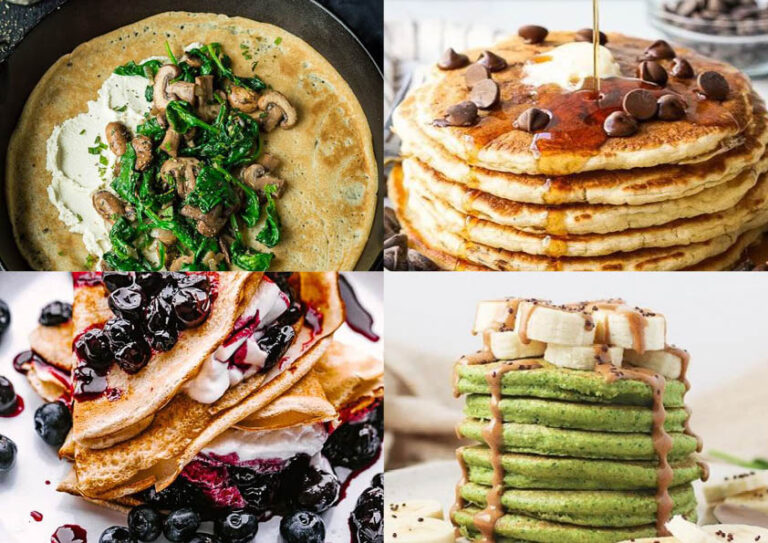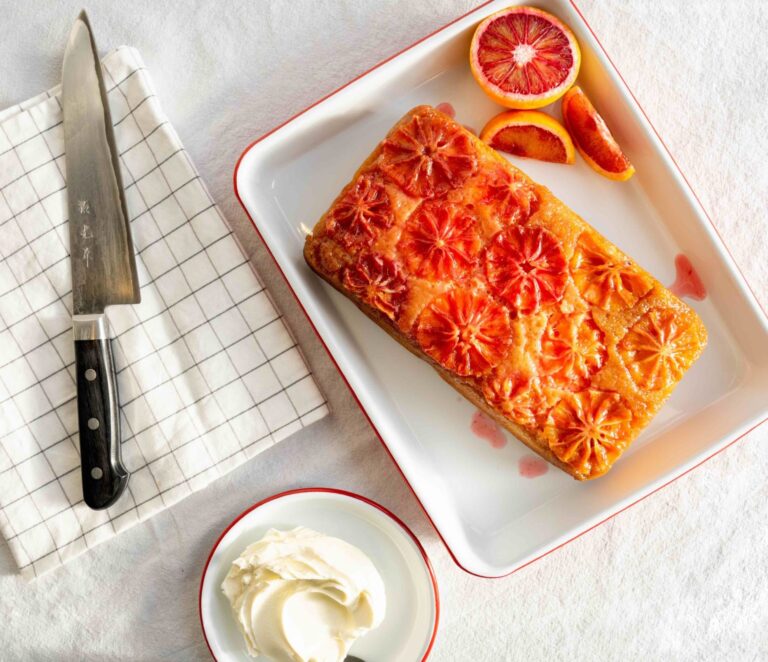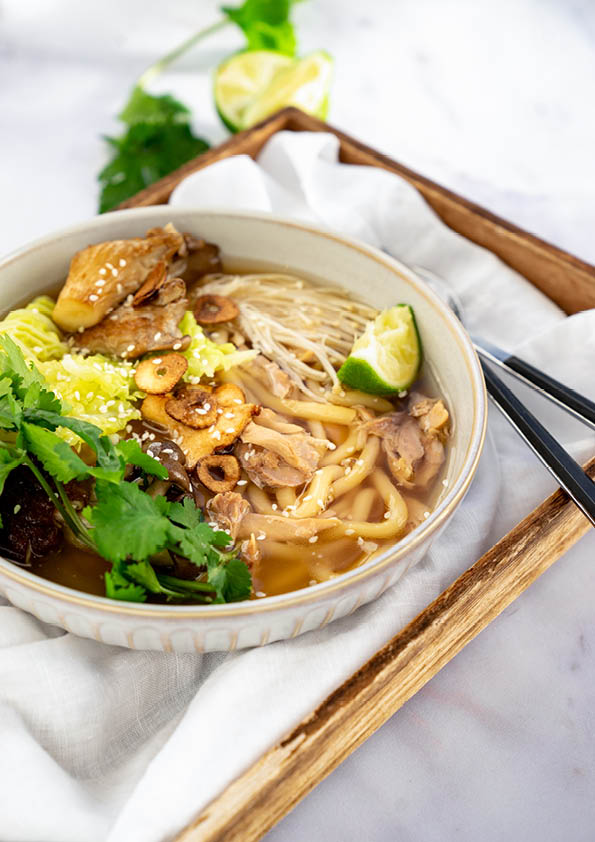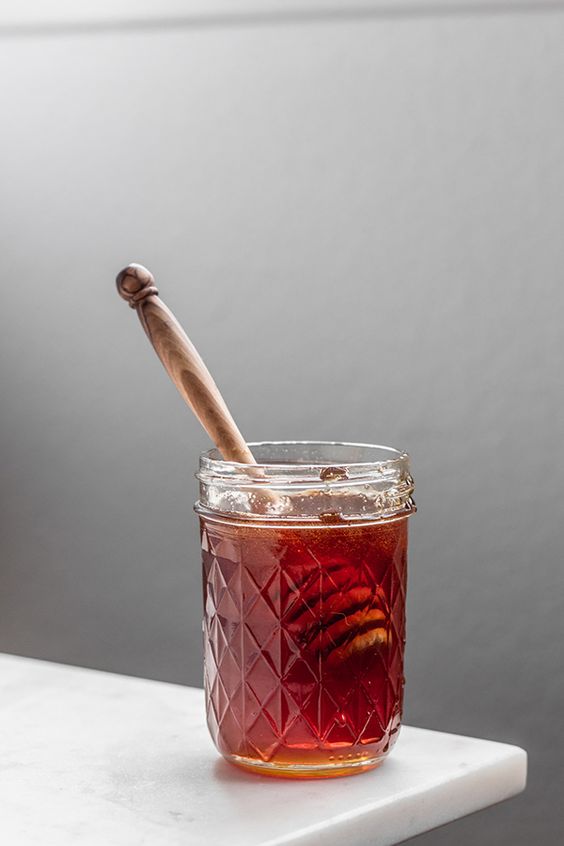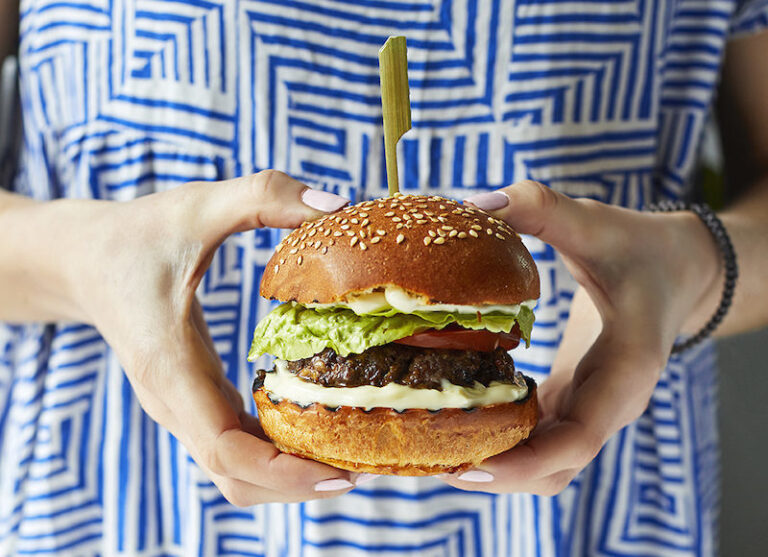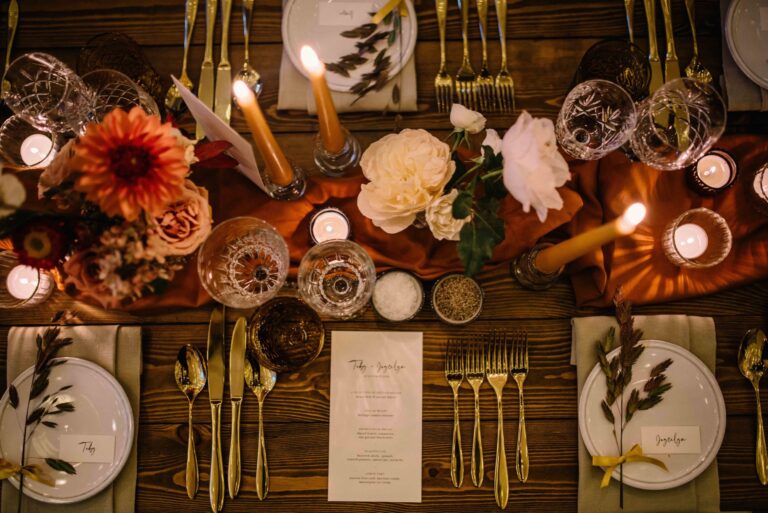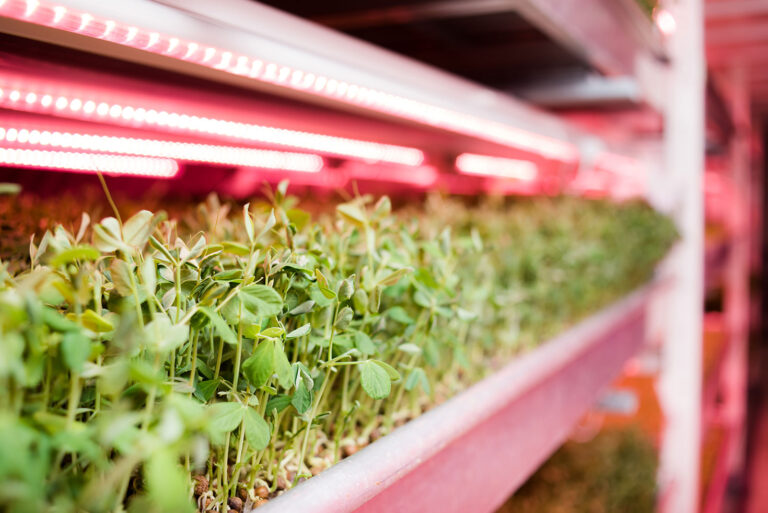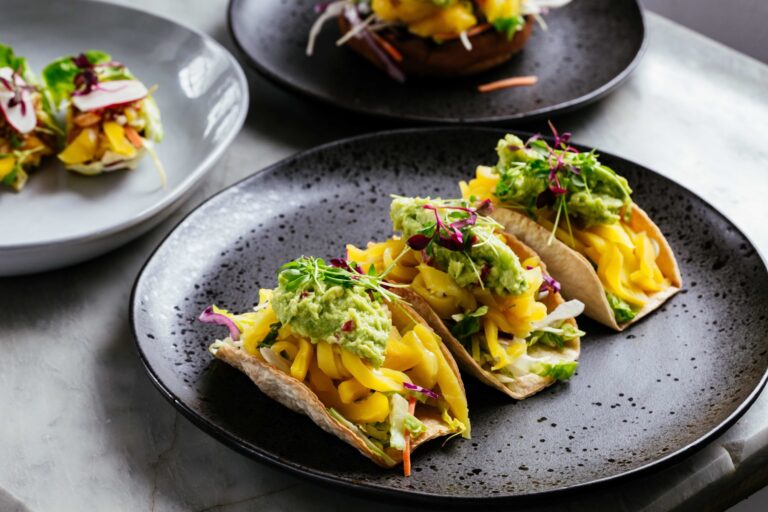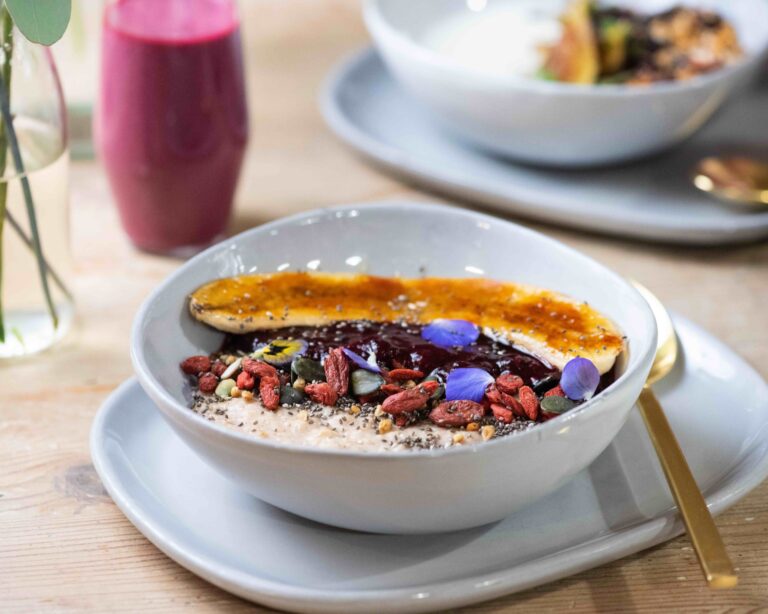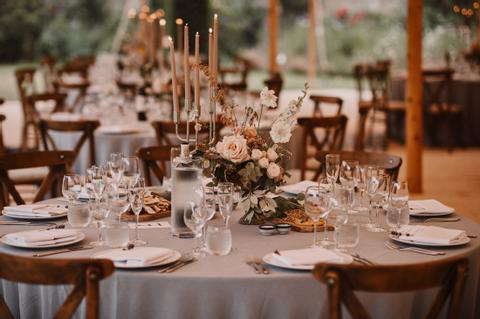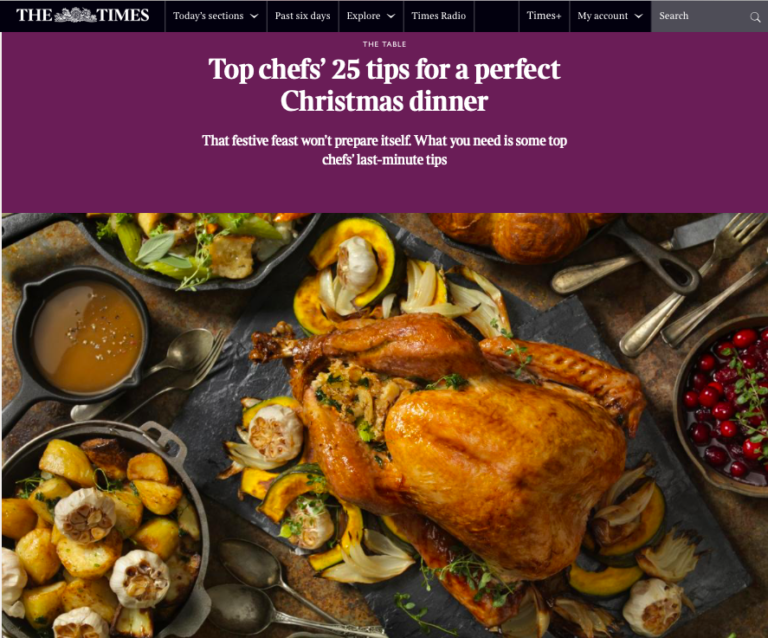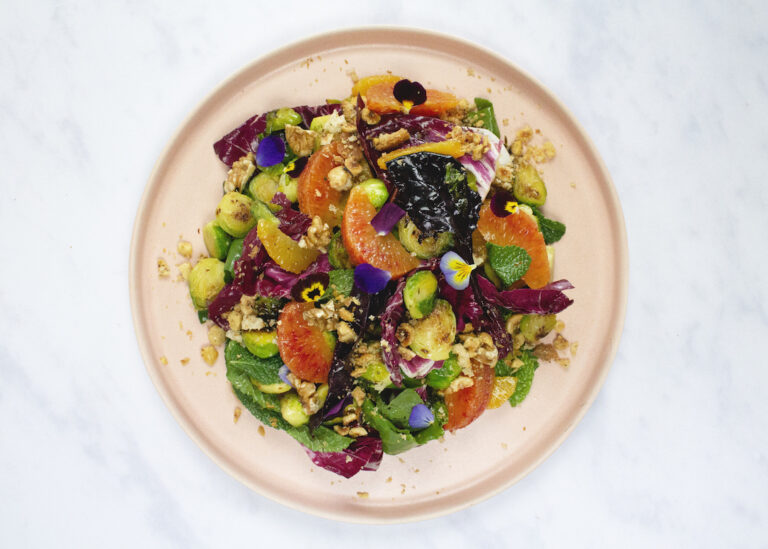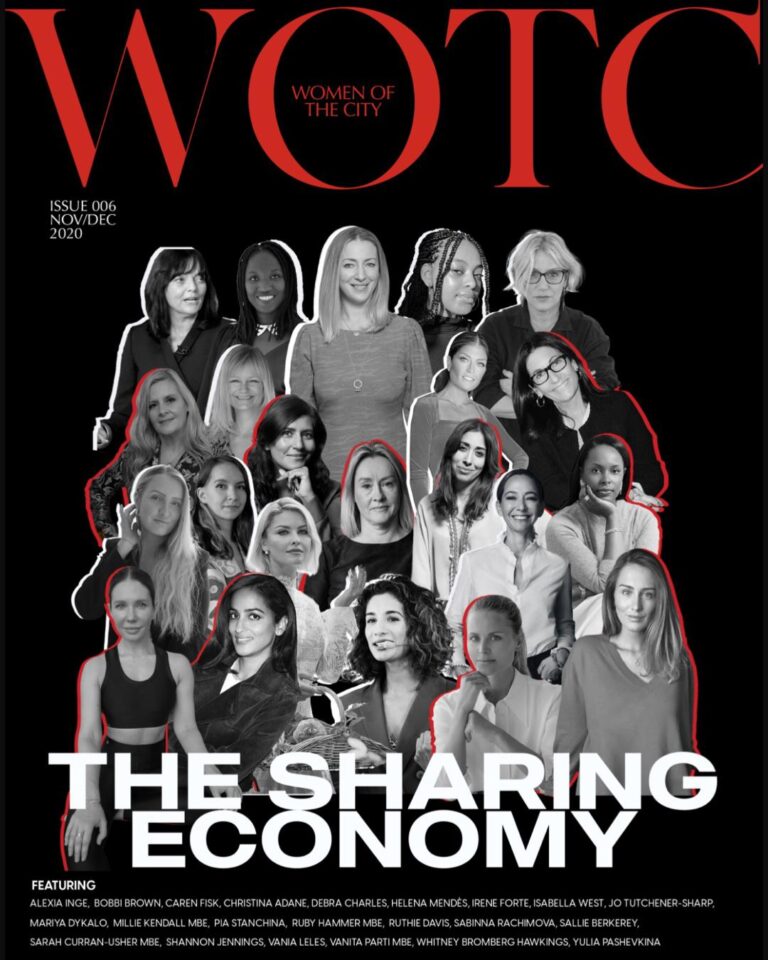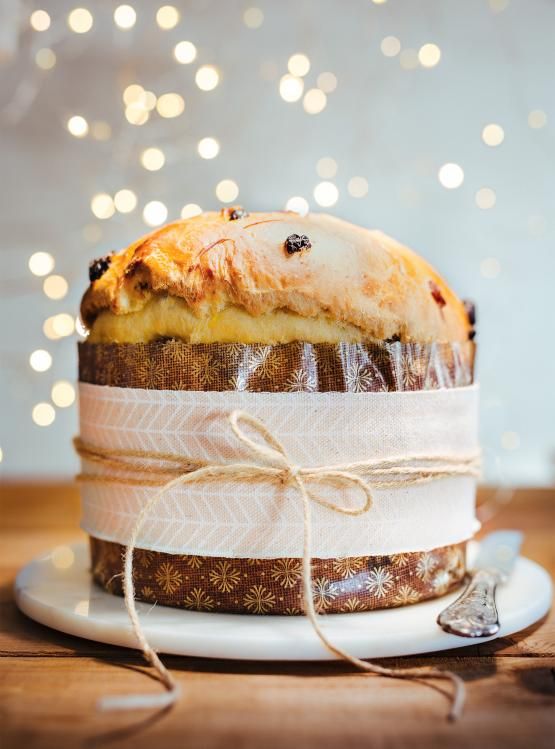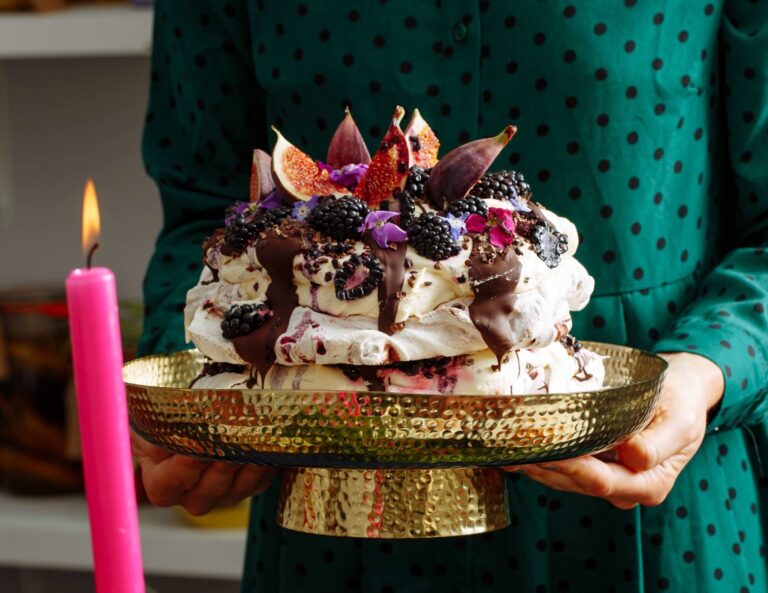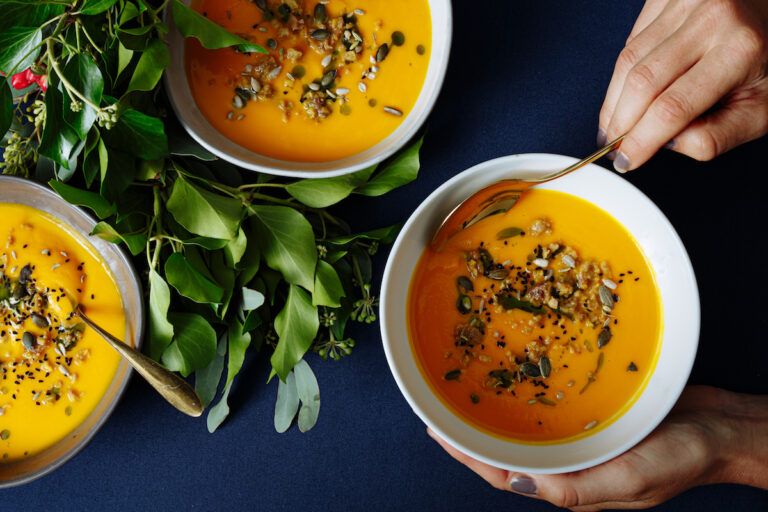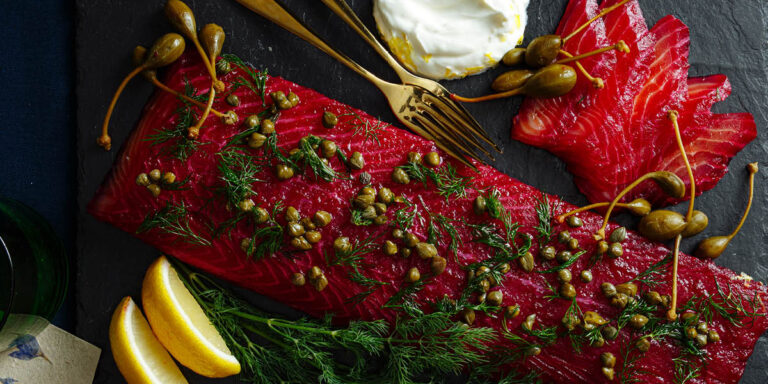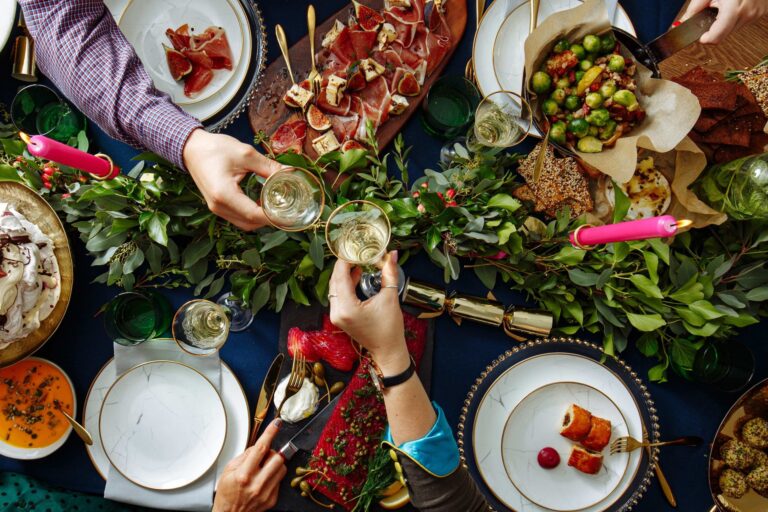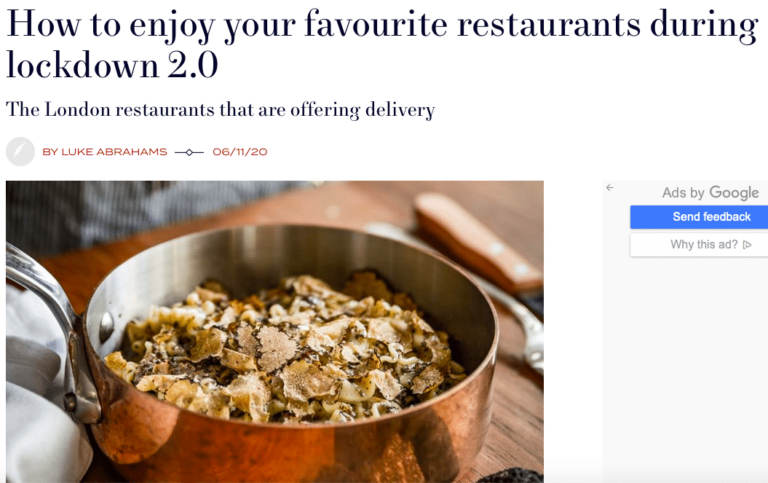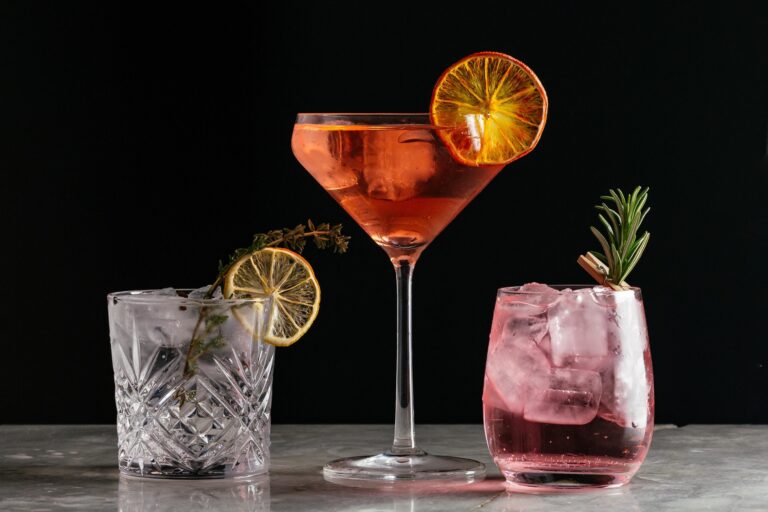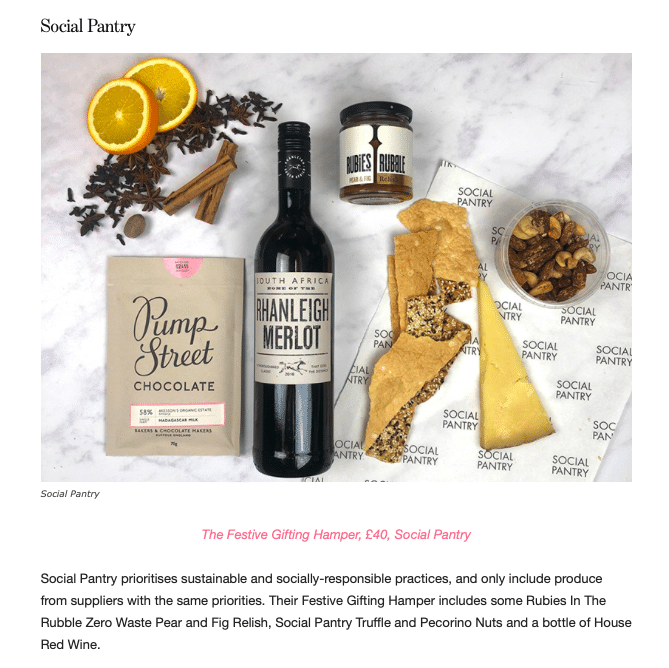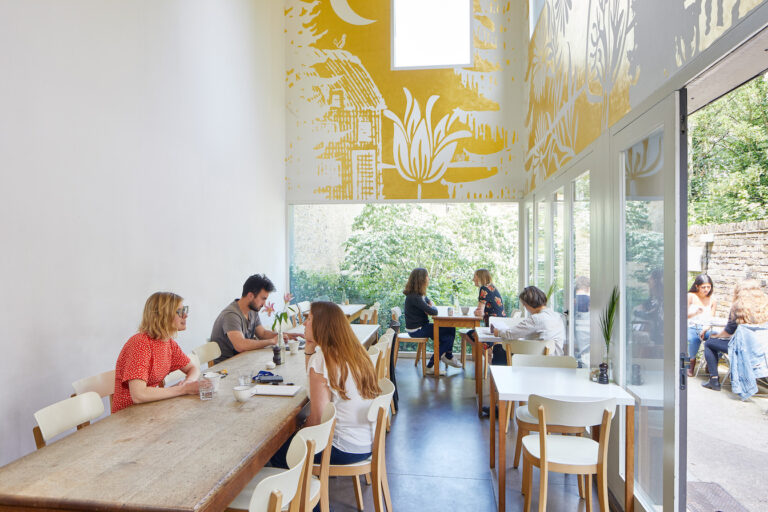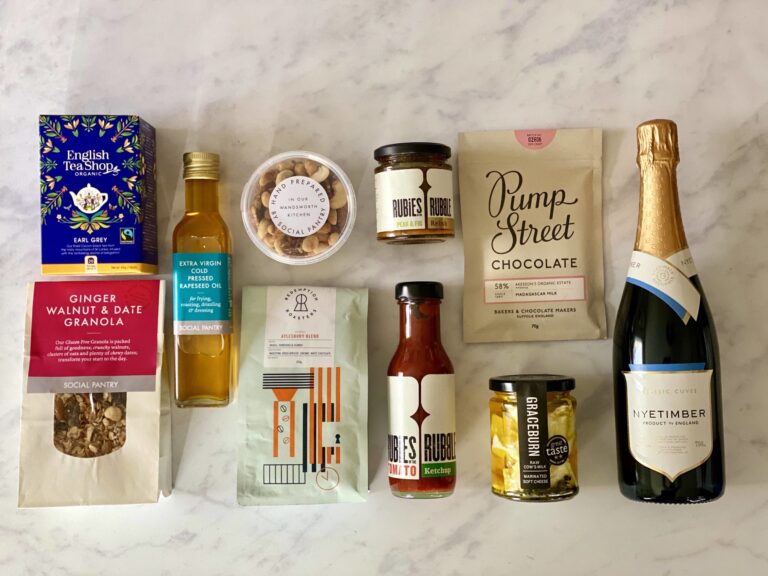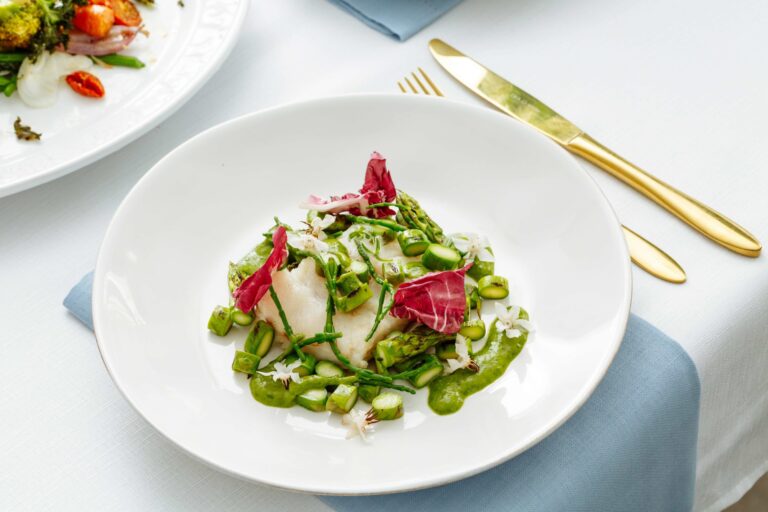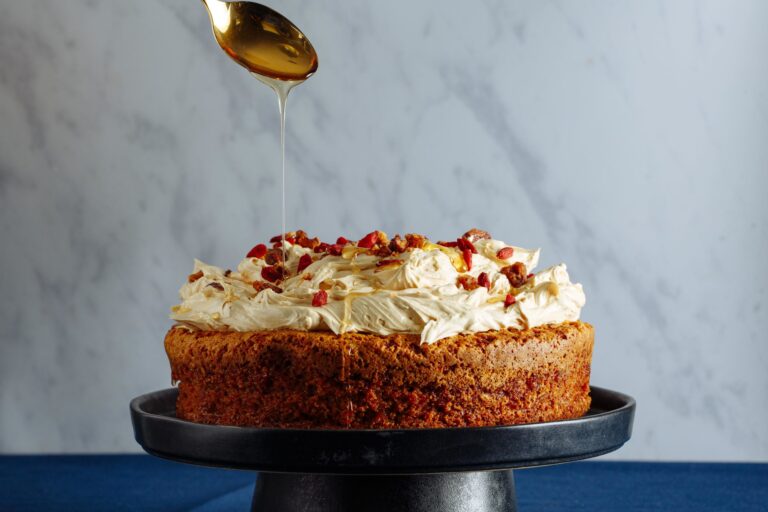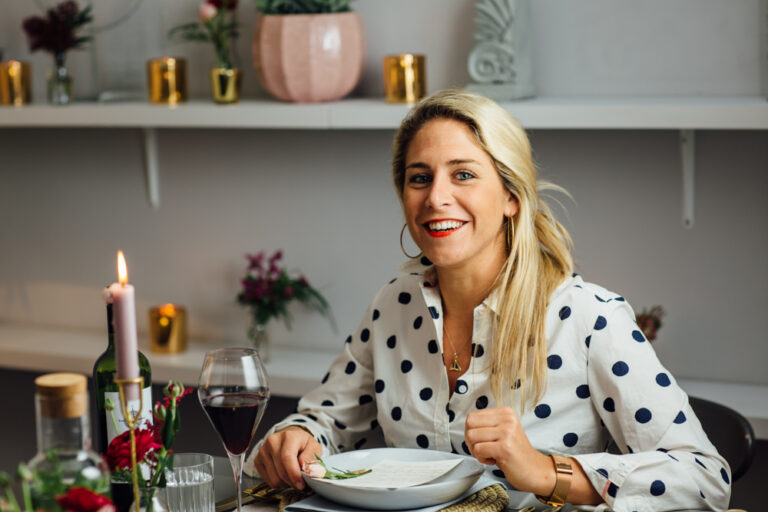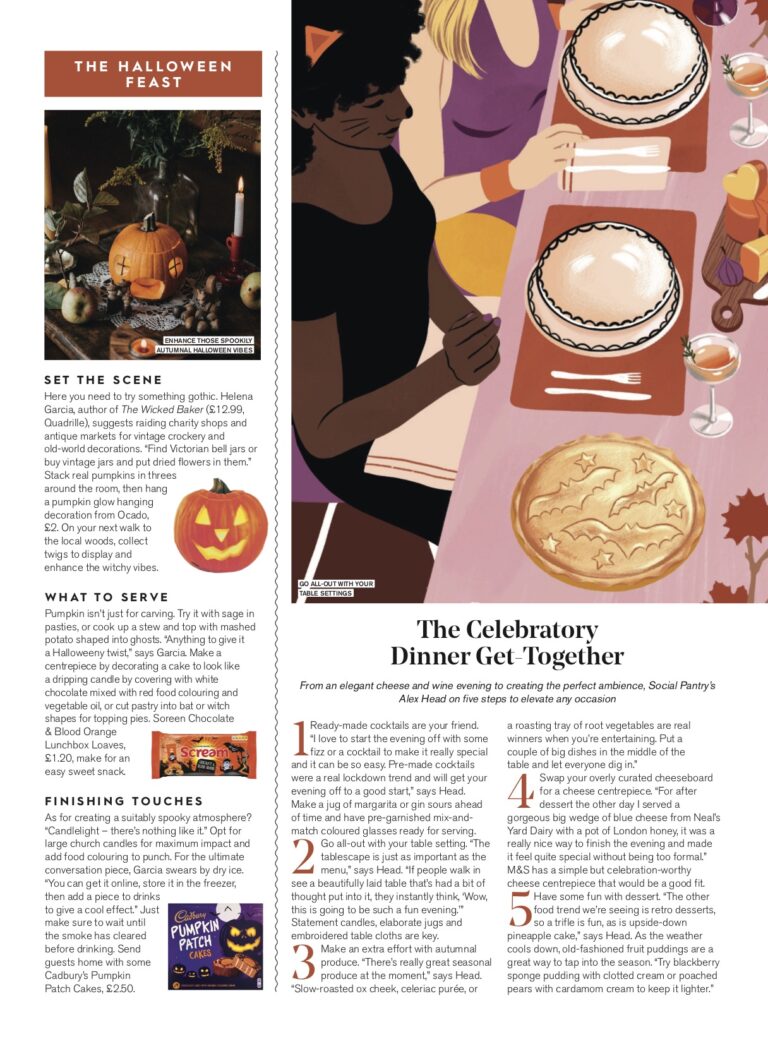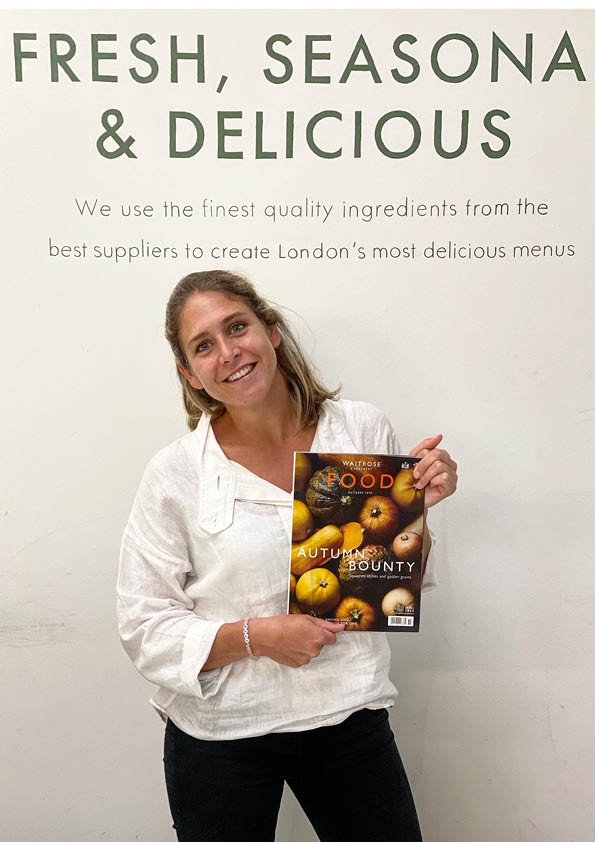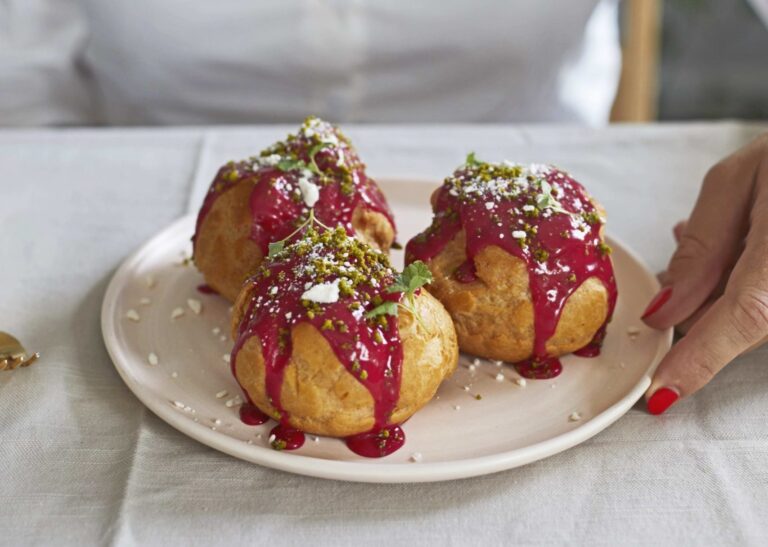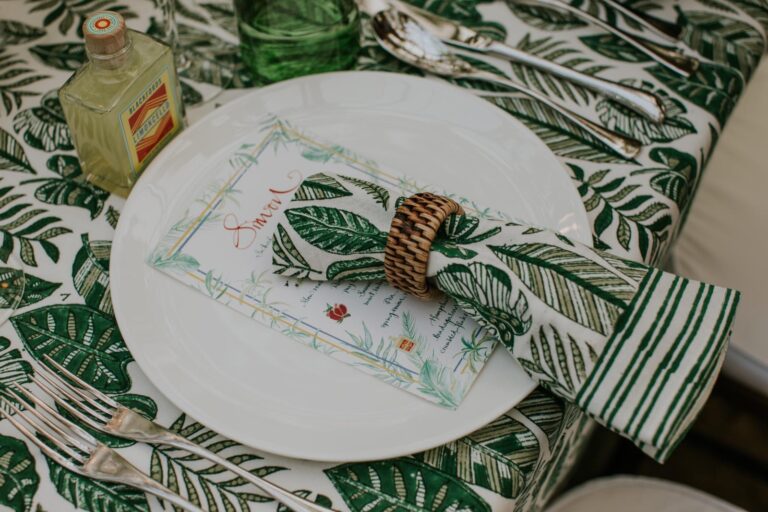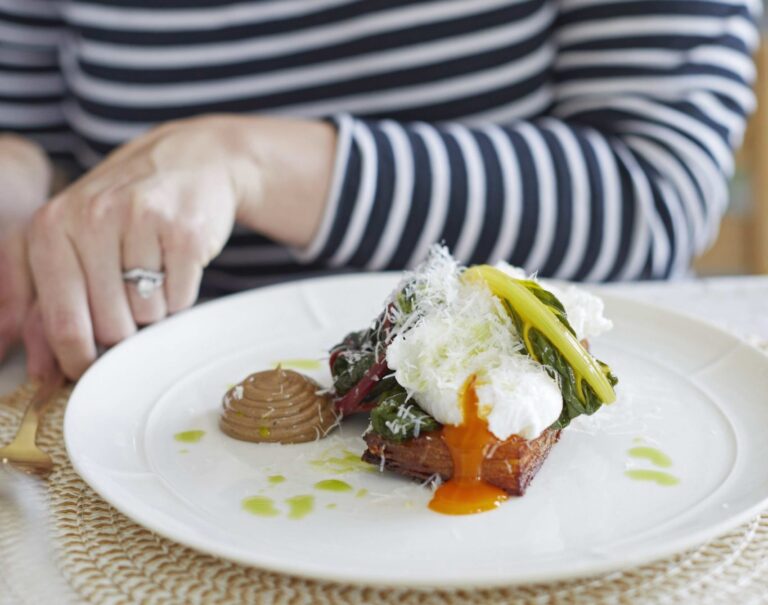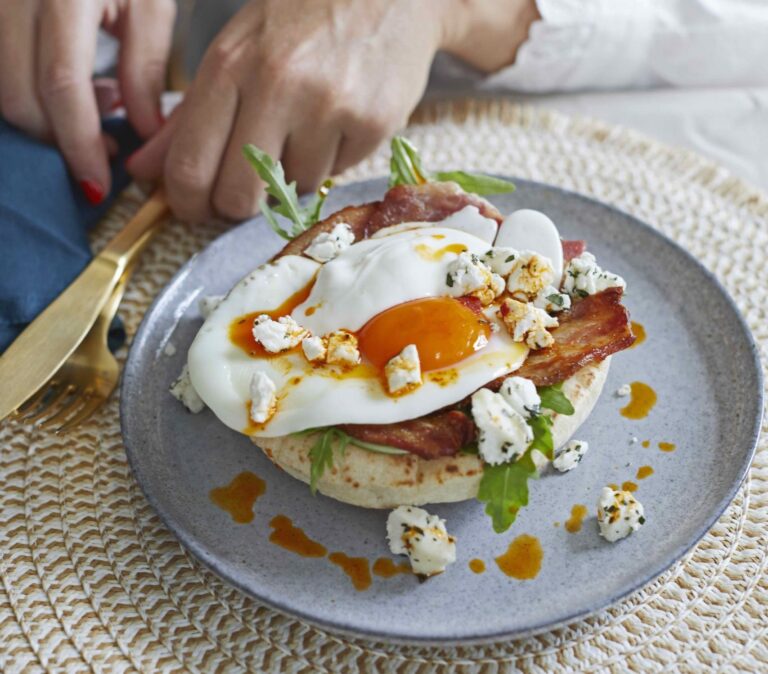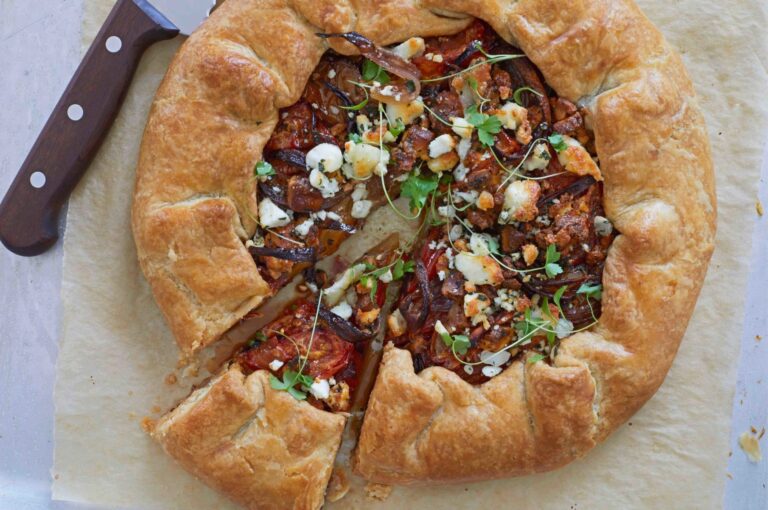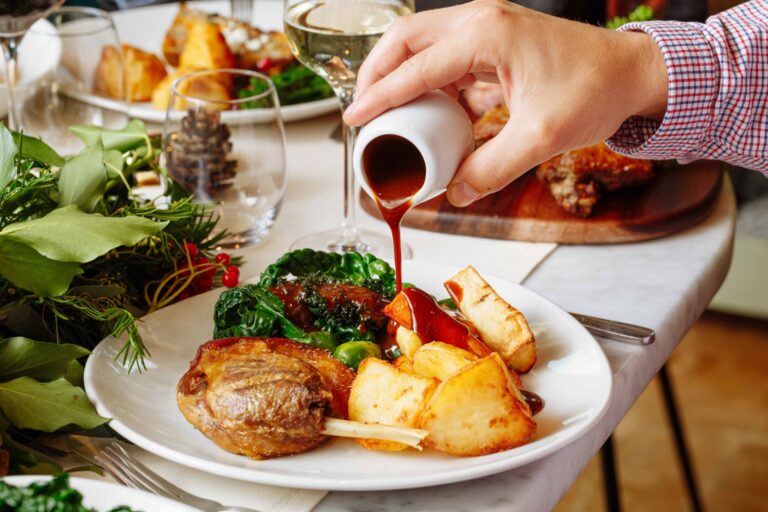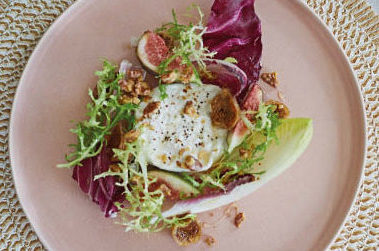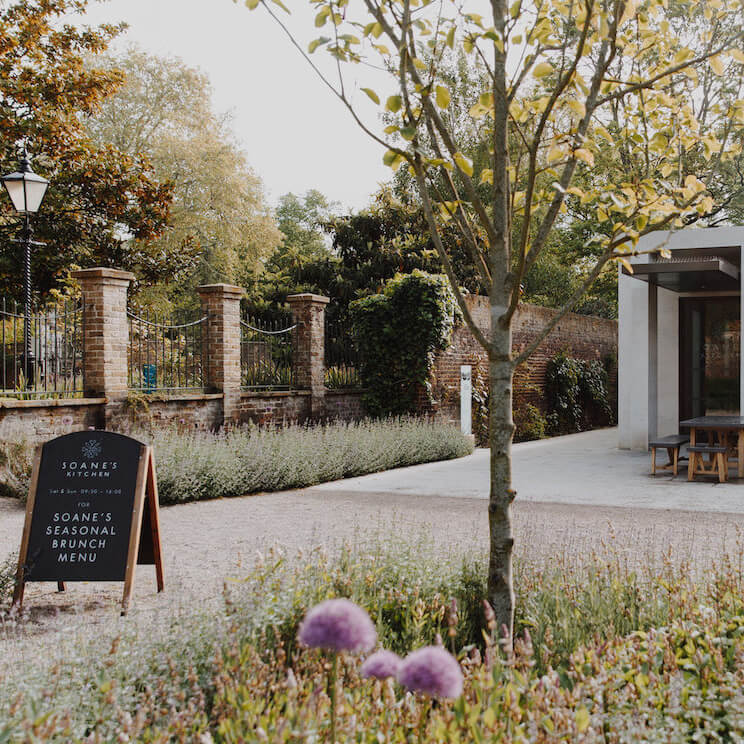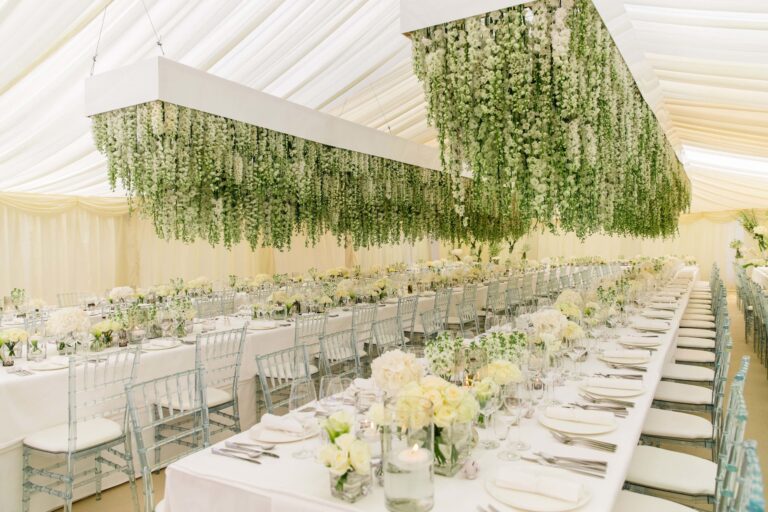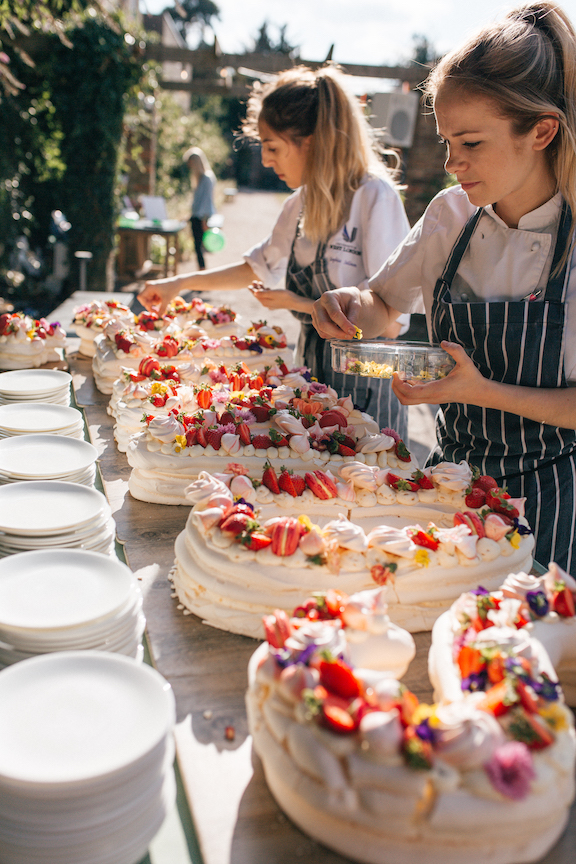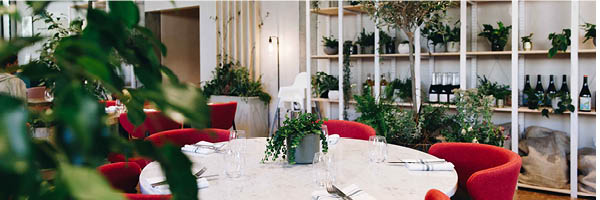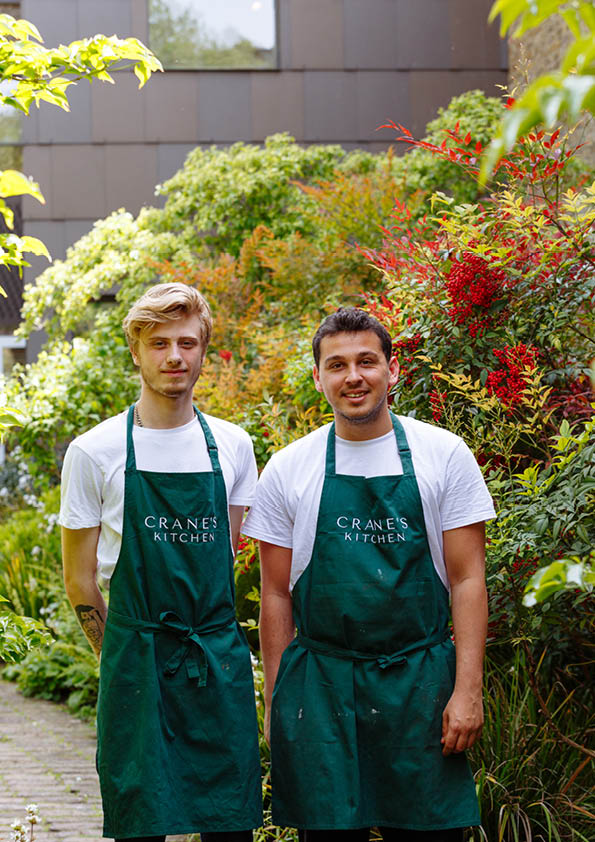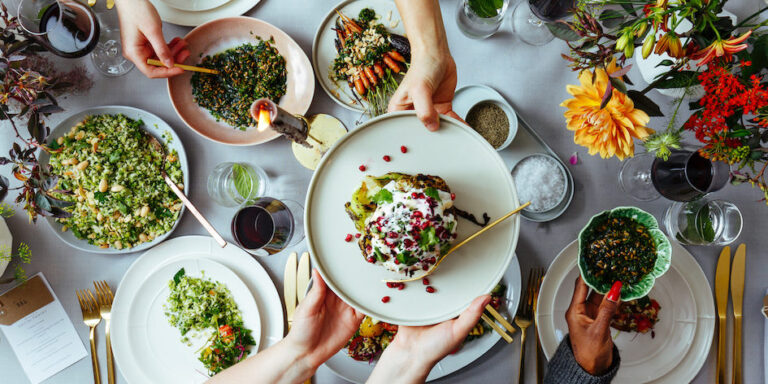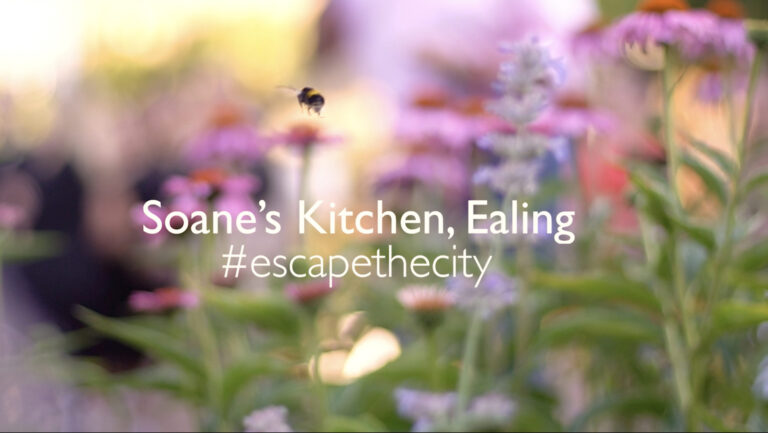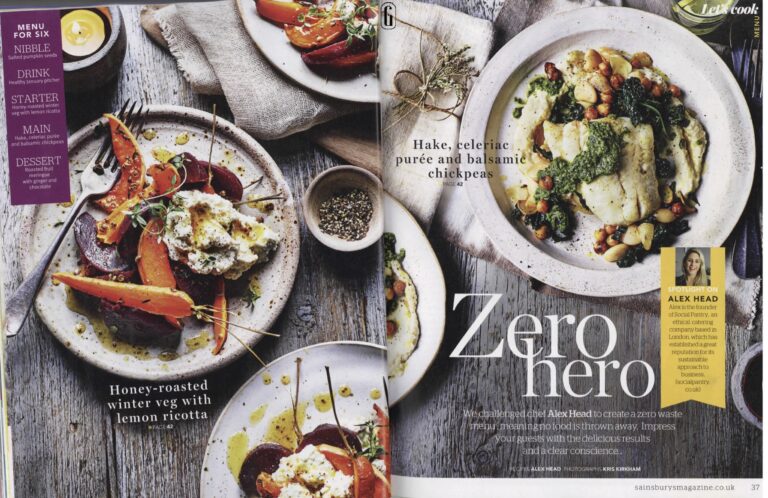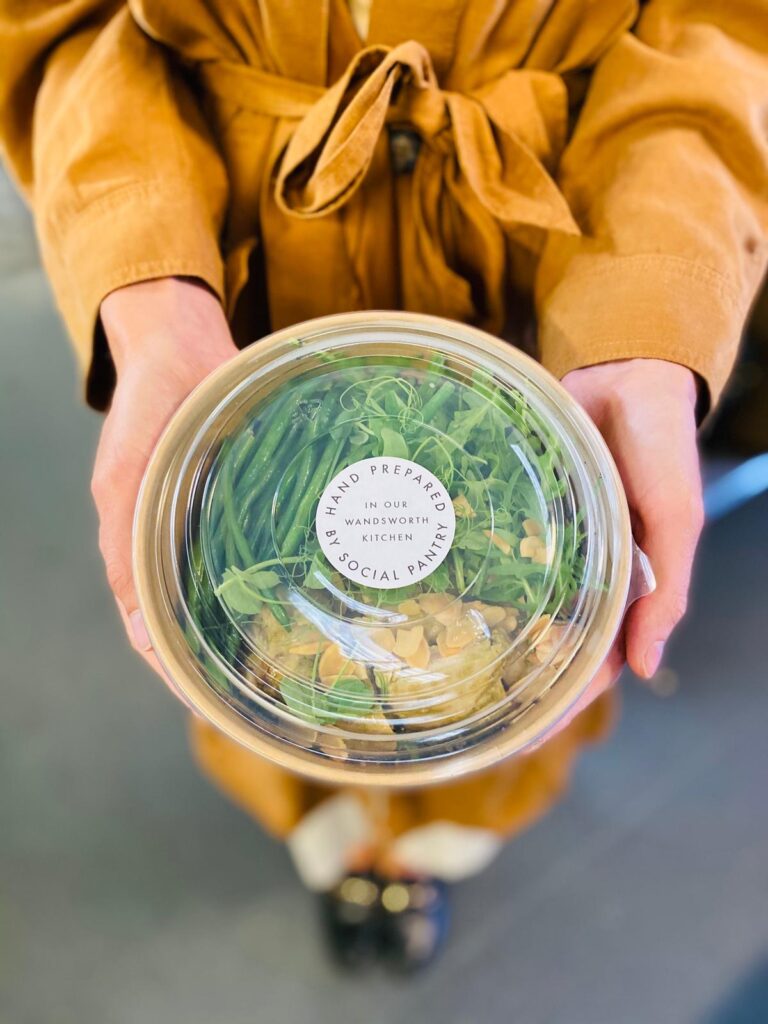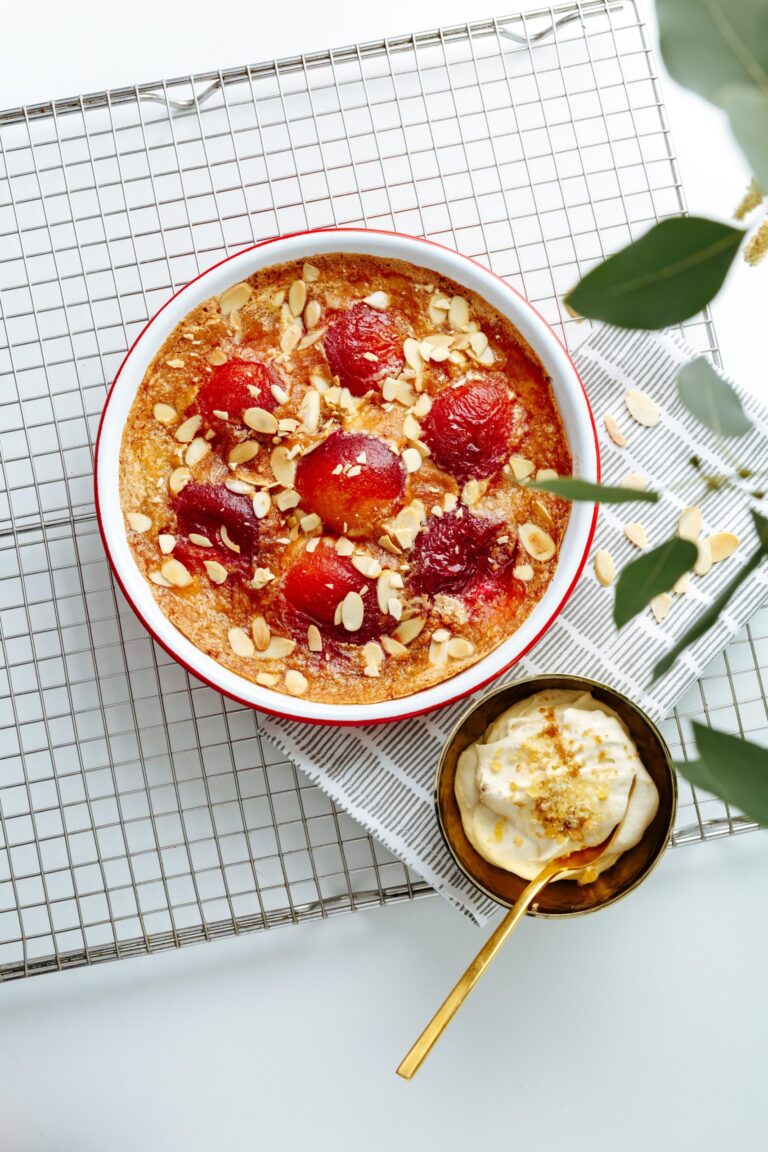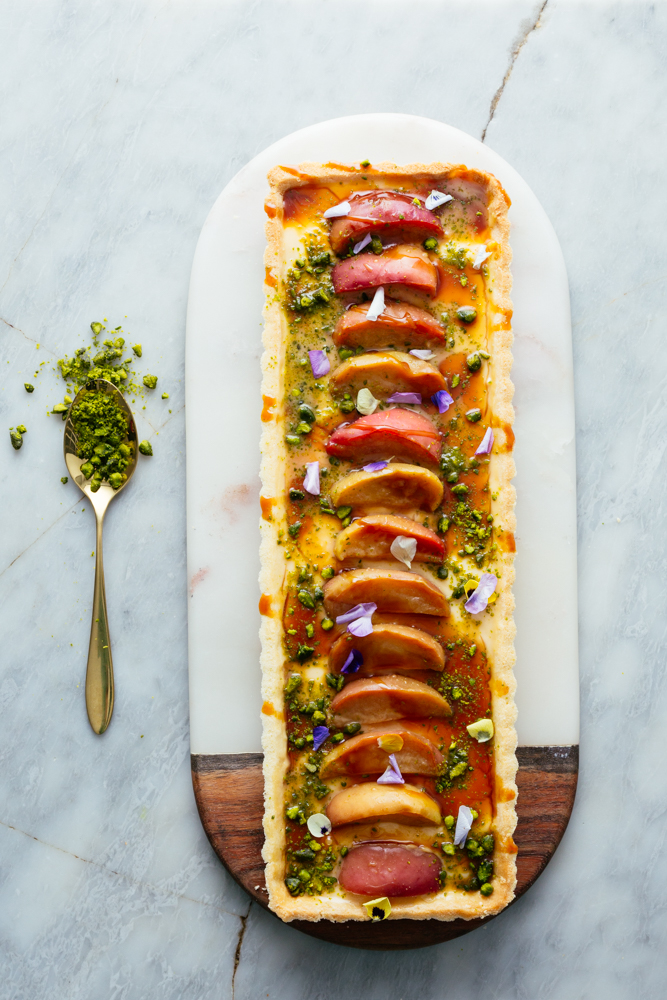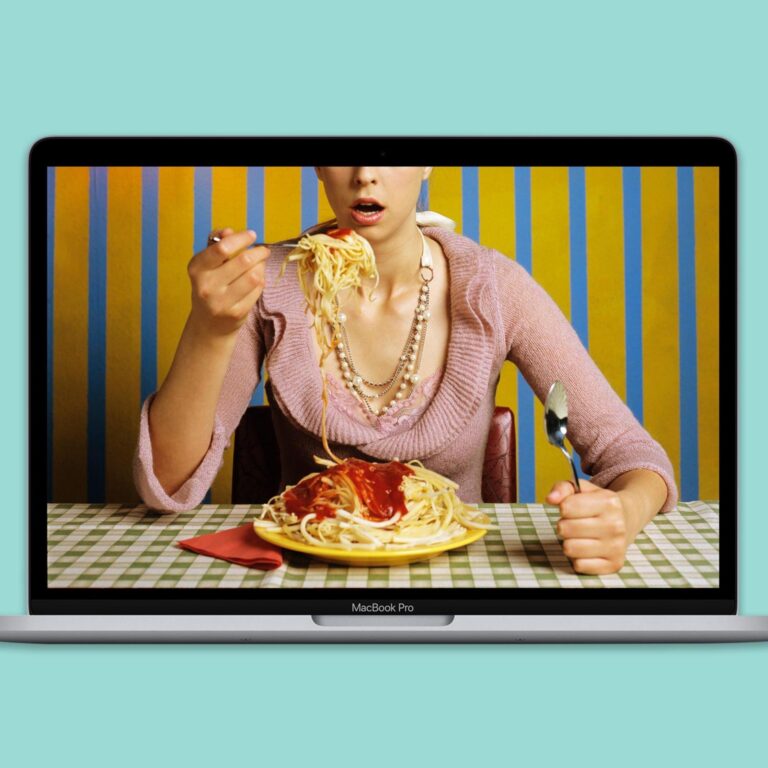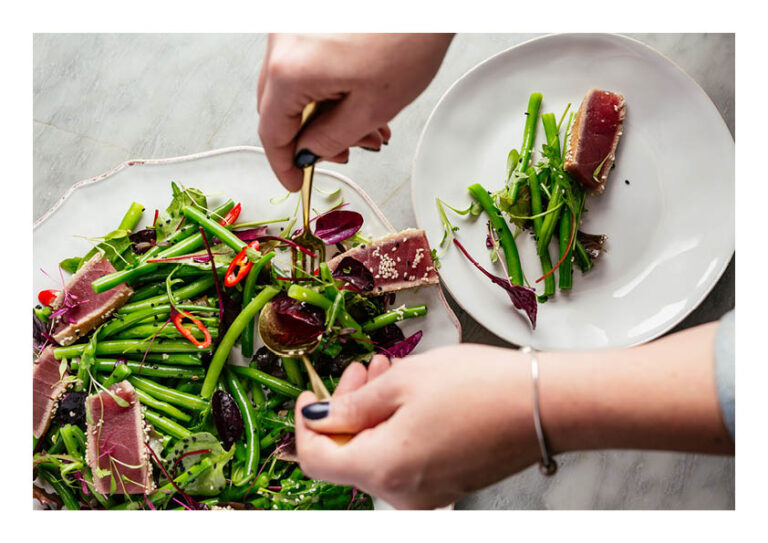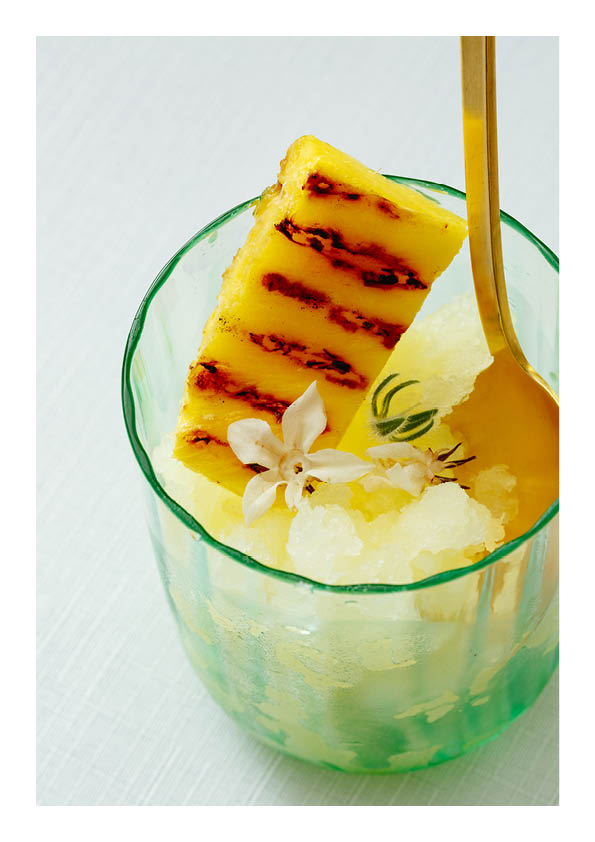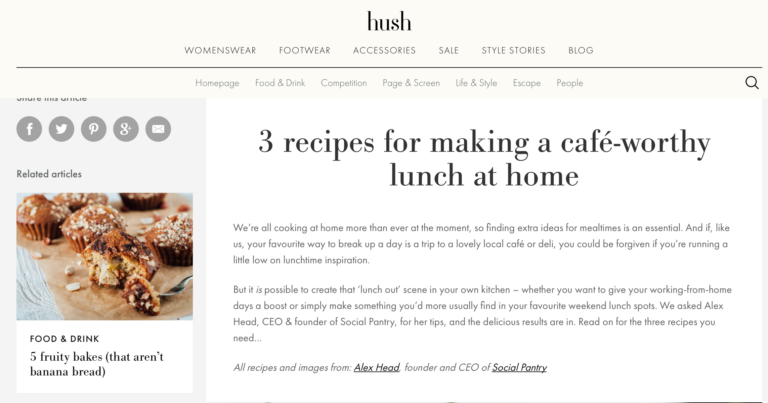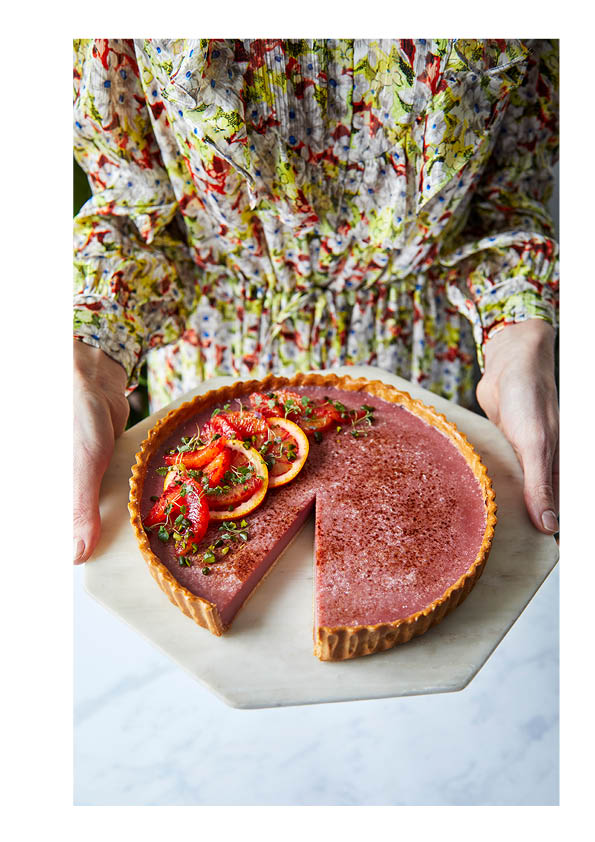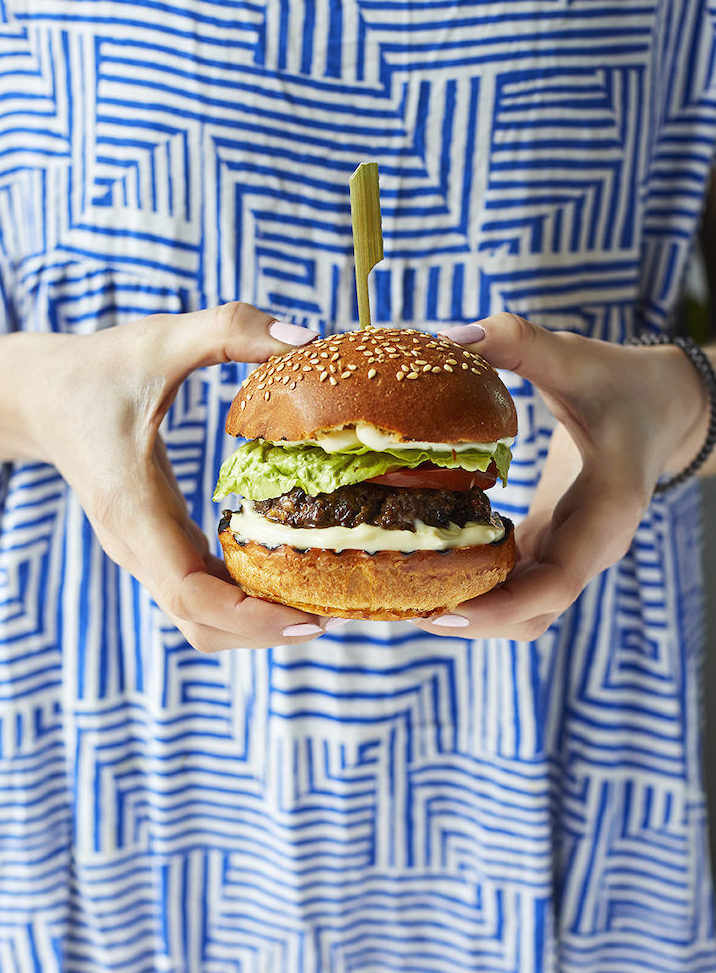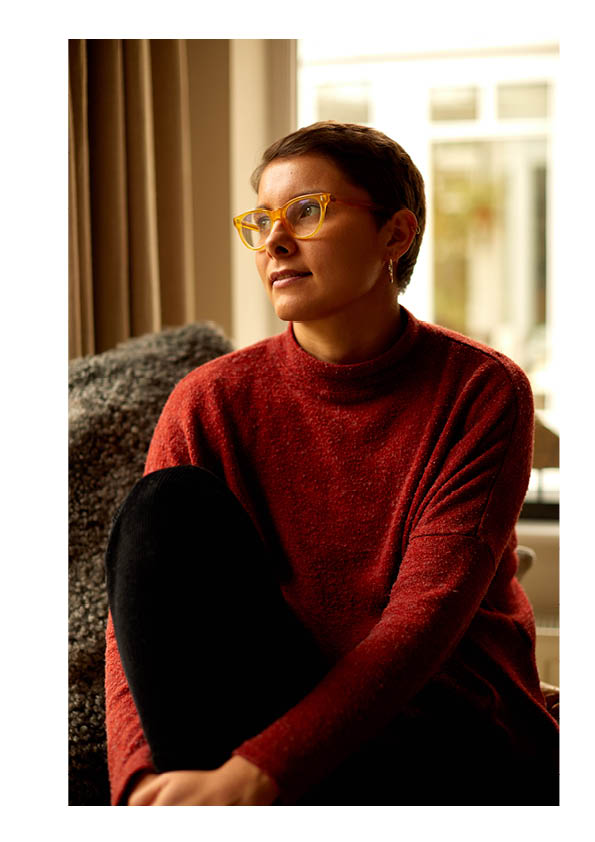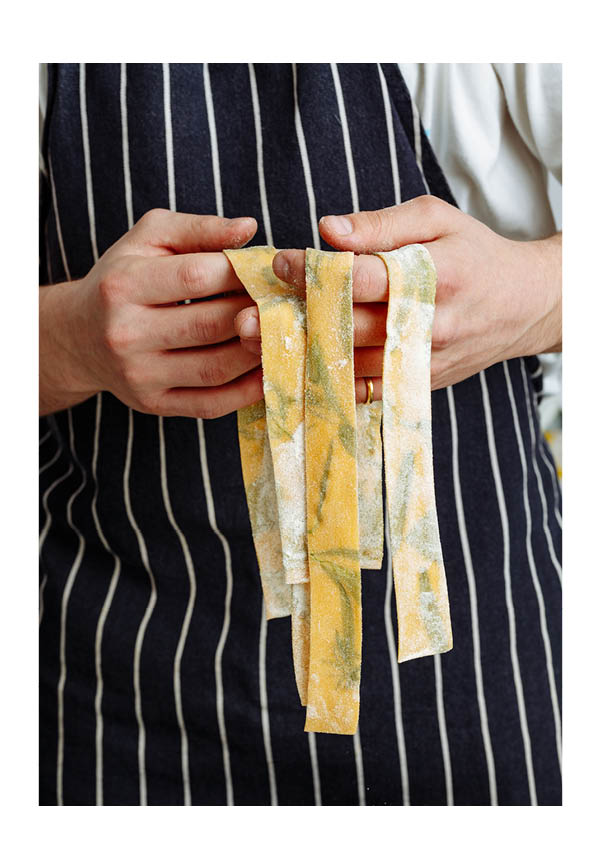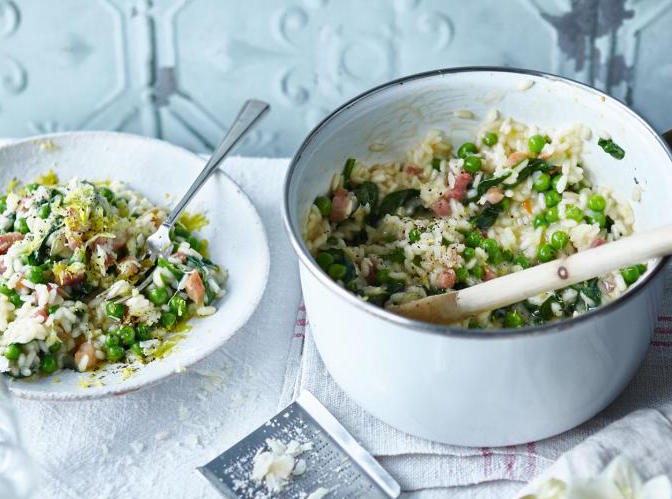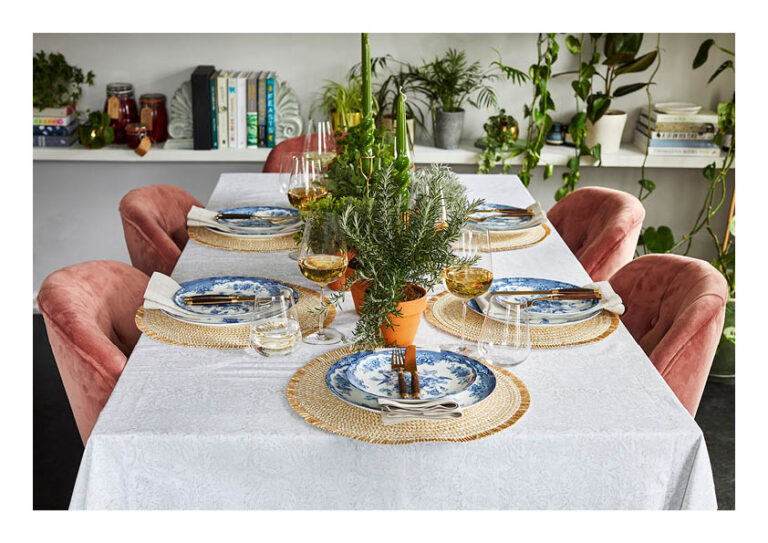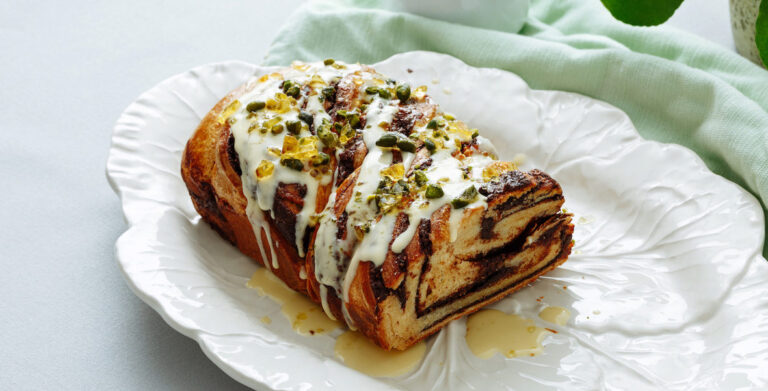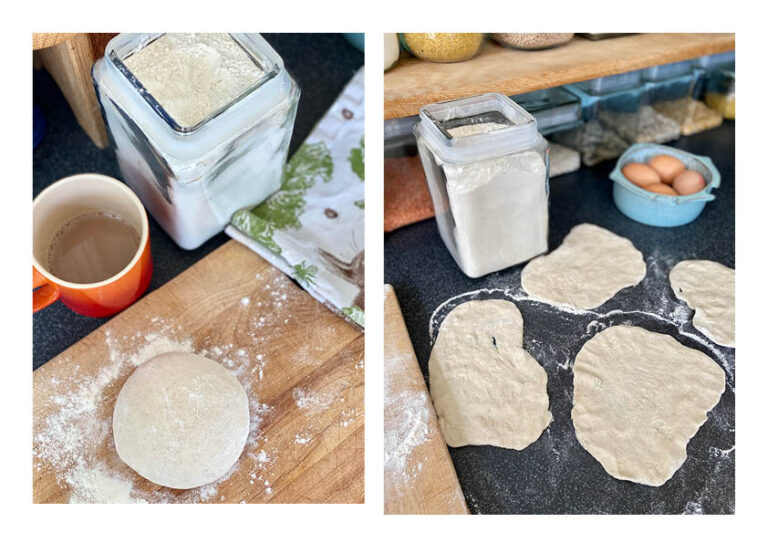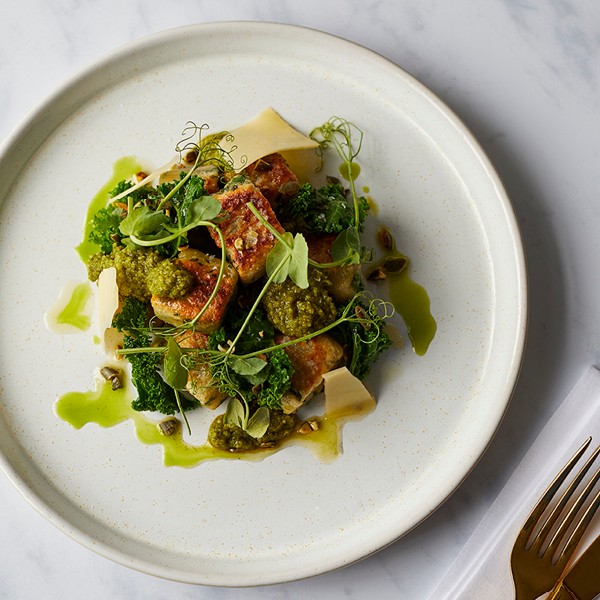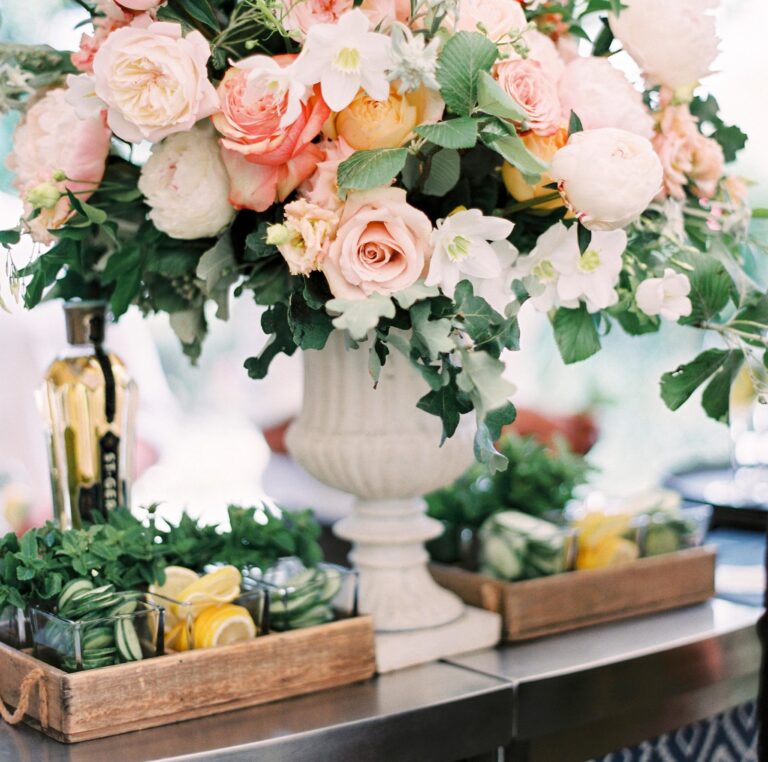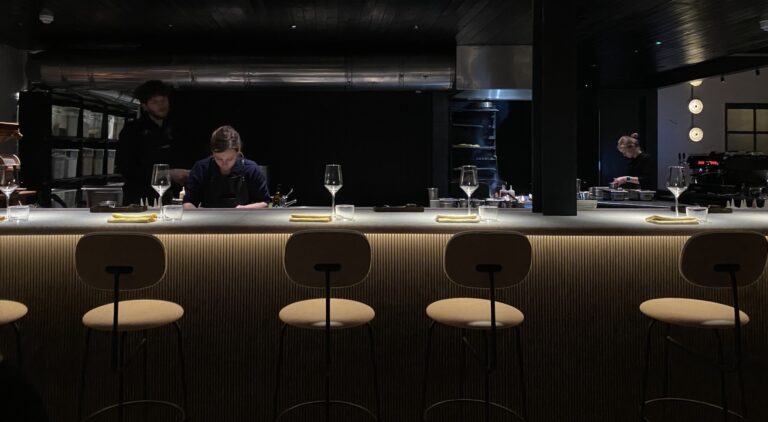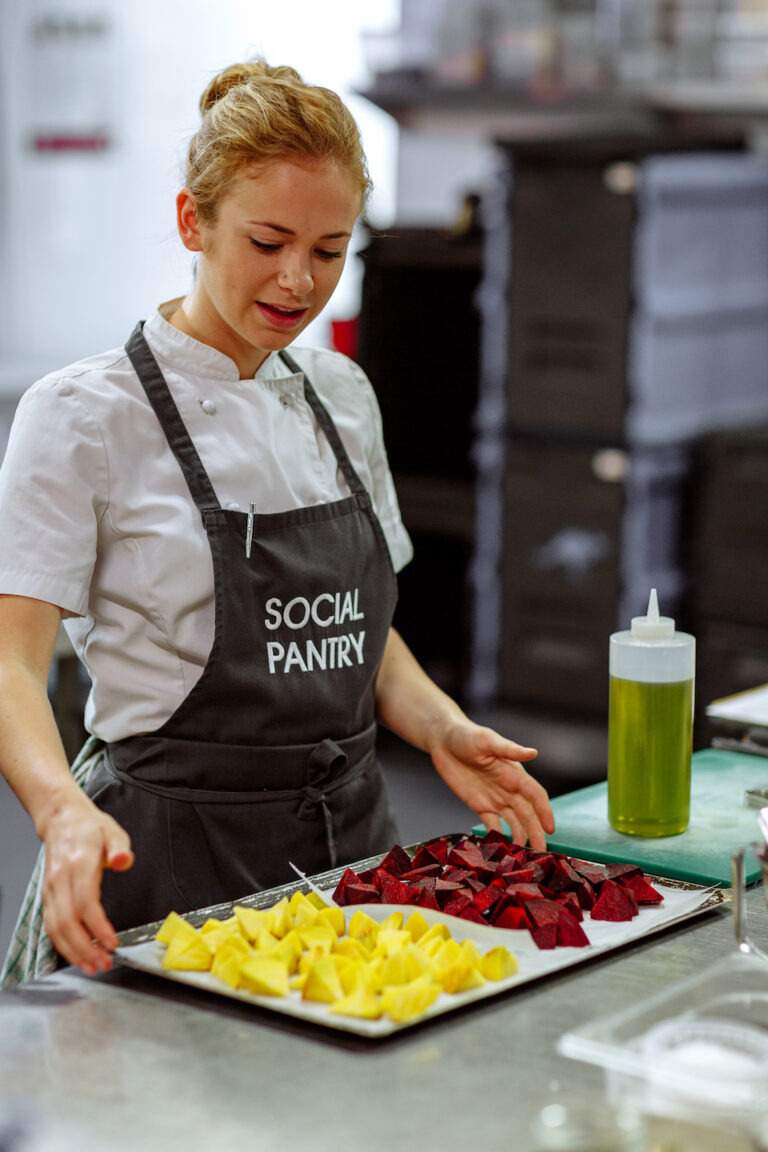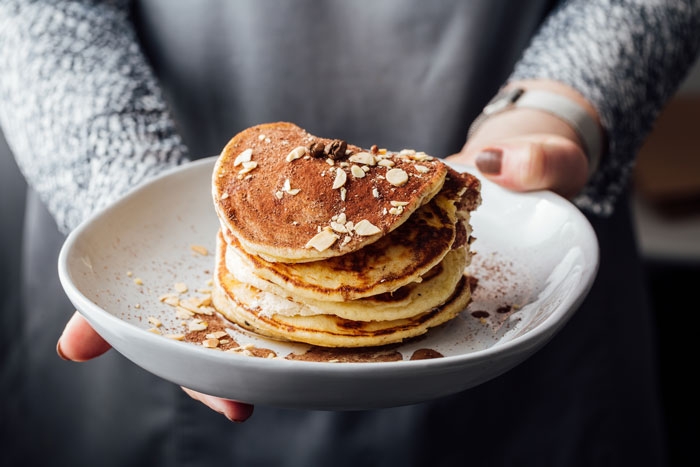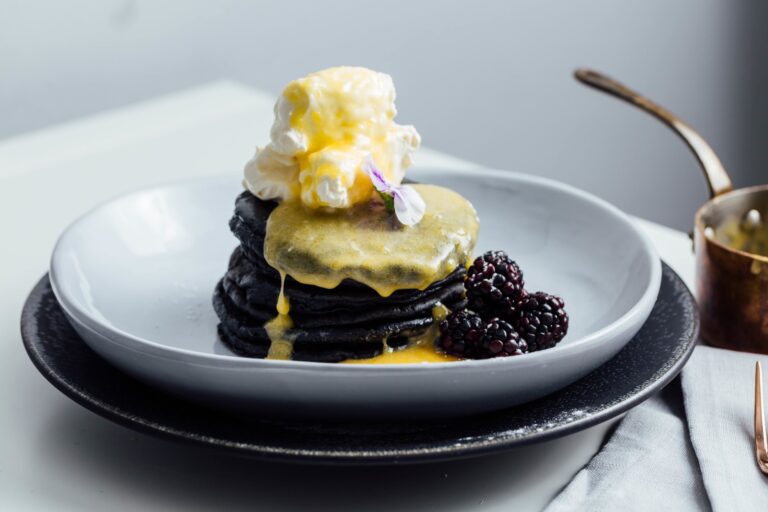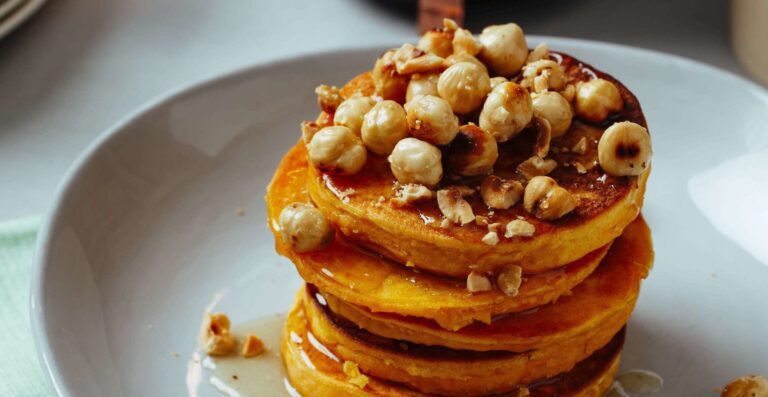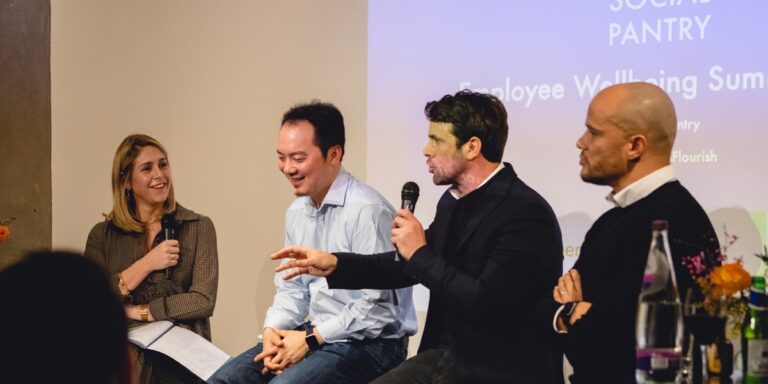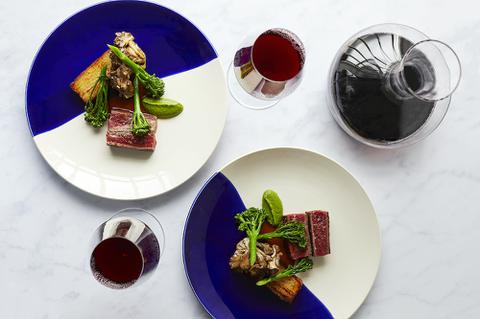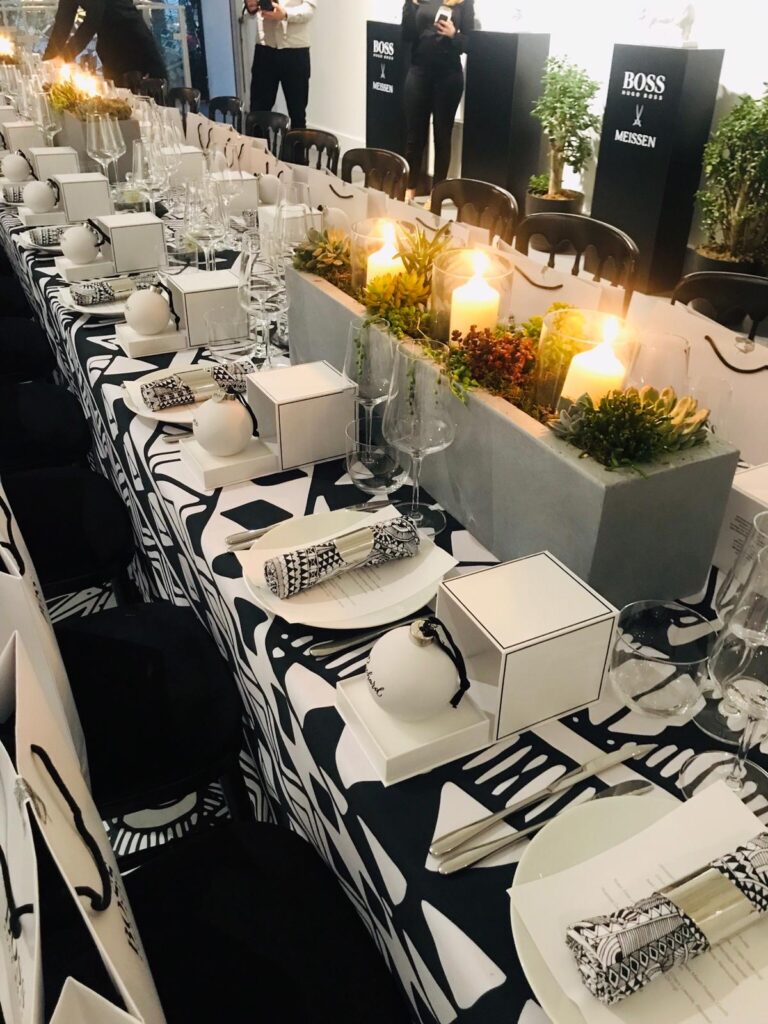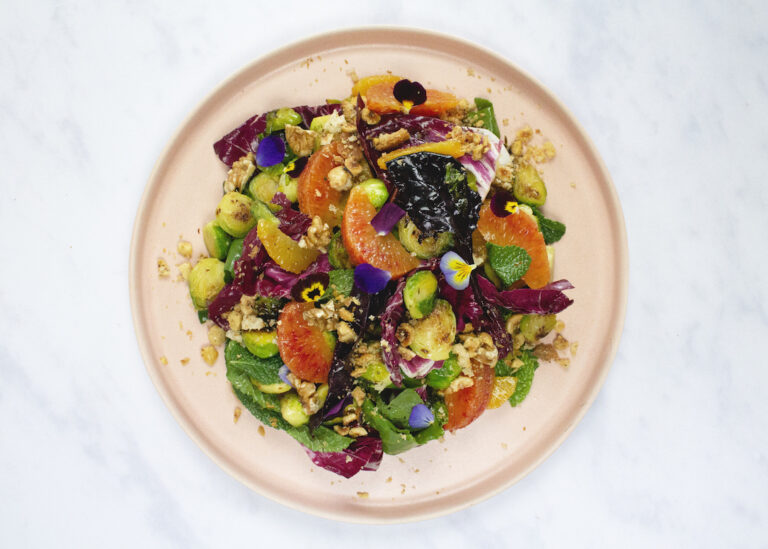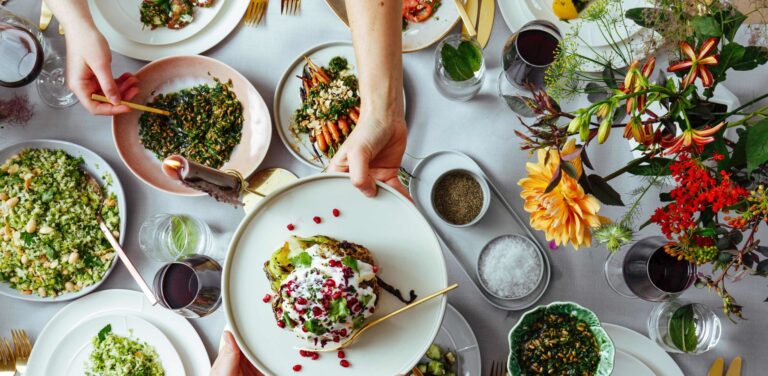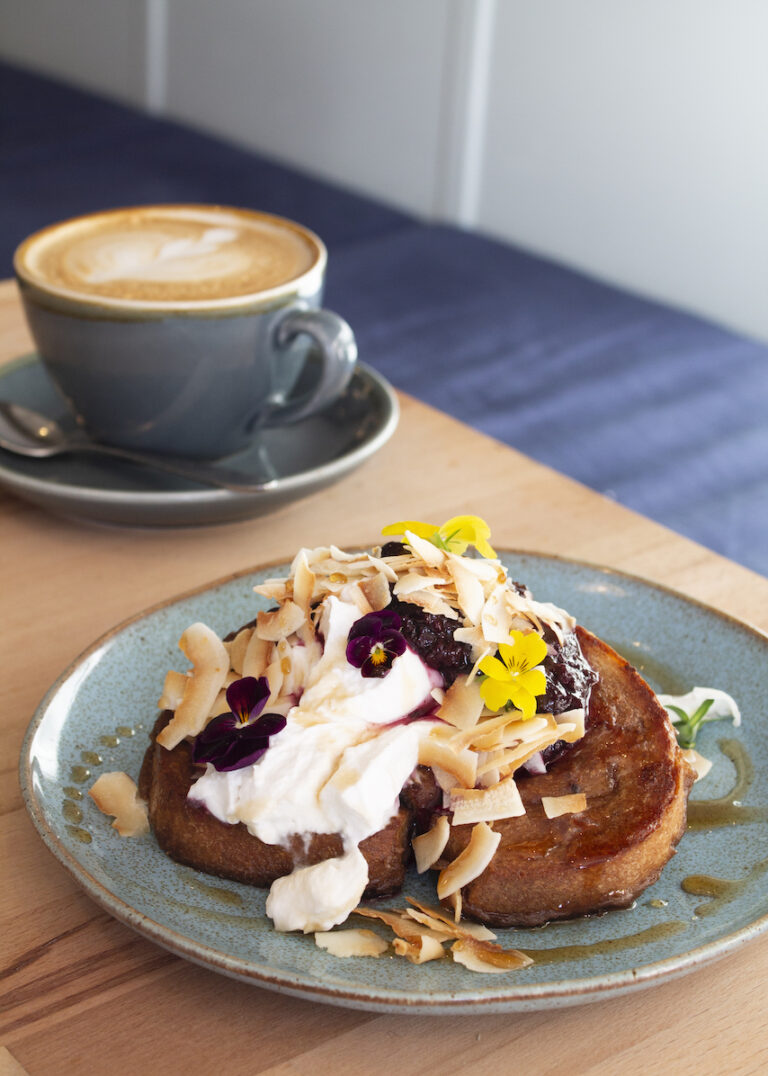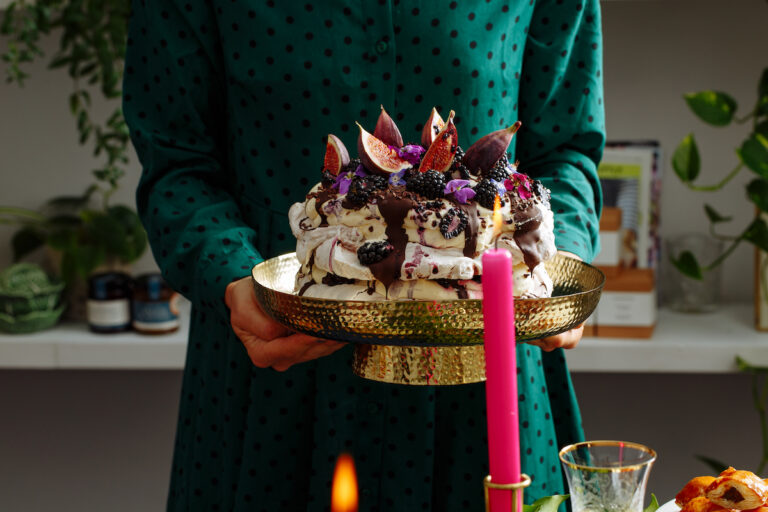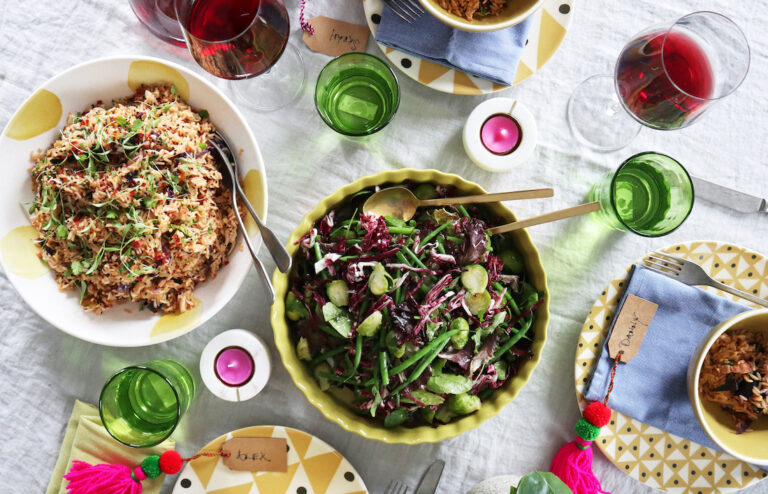In this article
The Meat of The MatterWhat Are The Alternatives?Opt for a More Sustainable MeatGo Meat-Free with a Veg-Focused CentrepieceZero Waste Ways with Hot Cross BunsGet them whilst they're hot, and use them even when they're staleCreate an edible chocolate tablescapeOur chocolate of choice...Beyond Food...Refuse and Reduce Preventable WasteReuse and Repurpose, and Recycle as a Last ResortIndulge, guilt free.Eco-friendly Easter Entertaining & Dining
Published on: March 21, 2024

Easter is traditionally celebrated as the most important date in the Christian calendar and is also widely embraced as a secular event. The first bank holiday of the year, for many people the four-day weekend from Good Friday to Easter Monday is a chance to enjoy spring in full bloom, spend wholesome time with friends and family, and of course, enjoy Easter feasts, chocolate eggs and hot cross buns in abundance!
However, sustainability hasn’t always been front and centre of Easter traditions. Supermarkets overflow with cheap chocolate eggs dressed up in excess packaging. Easter egg hunts can quickly turn into shiny-foil litter trails. Cheap decorations are easily bought on impulse, used once, and discarded without thought. And the traditional Easter Lamb may actually be at odds with seasonal eating. To help you lay a more sustainable Easter trail and table, we’re sharing our top tips for environmentally-friendly entertaining and dining.
The Meat of The Matter
Lamb might not be the most seasonal option after all…
Many of us think about eating lamb at Easter the same way we think of turkey at Christmas. However the culinary custom of eating lamb at easter is at odds with seasonal eating, since most British lambs are not ready to be eaten in spring. As a result, lamb eaten at spring is commonly imported from New Zealand – transported 11,000 miles and producing a heavy carbon footprint. Or, British lambs born midwinter from ewes artificially stimulated to get pregnant out-of-season are reared indoors on grain or concentrate – not fresh grass as nature intended. (And studies suggest grain-fed lamb has a significantly higher carbon footprint than pasture-raised.)

What Are The Alternatives?
Alter the way you eat lamb year-round
From both an environmental and economic perspective, we need to be eating British lamb when it is in season, and hogget (teenage lamb over a year) and mutton (sheep over two years old) year-round. This helps farmers get the most out of their land, their animals and their labour. Lambs are naturally born around Easter time in this country, rather than being ready to eat. This timing is nature’s way of ensuring newborn lambs get grass at its freshest, sweetest and most nutritious. This gives them time to fatten and mature before being ready to slaughter towards the end of summer, as the grass dies away.
However, British sheep farmers are faced with a problem: consumers want lamb out-of-season, but there is not enough demand for lamb in autumn resulting in it being exported abroad. Plus, consumers demand lamb but reject the older animal, so farmers struggle to sell their stock and perfectly edible mutton goes to waste. In-season grass-fed lamb is naturally tastier than out-of-season grain-fed lamb. And hogget and mutton are arguably even tastier than lamb as they are more mature, with better proportions of healthy, unsaturated fat, and protein.
Consider serving a shoulder or leg of mutton at Easter. These larger joints are more economical and lend themselves to slow-roasting, perfect for entertaining when you have numbers to feed and want something you can leave in the oven. Diced mutton is ideal for stews, casseroles and pies, as slow cooking breaks down the meat until beautifully tender and the deep flavour creates a rich sauce.
Opt for a More Sustainable Meat
Consider eating the Easter bunny!
If the typical Easter scene consists of spring lambs and easter bunnies frolicking in the fields, then it’s surprising that rabbit is rarely considered an option for the Easter feast. Although ‘eating the Easter bunny’ might seem sacrilegious, there is a case to be made for putting rabbit on the menu. The environmental impact from raising rabbits is low, producing 6lbs of meat on the same amount of food and water cattle require to produce 1lb. Plus rabbits require far less space, less intensive methods, and feed on a grain-free diet of alfalfa, compost scraps and foraged grass, which is cheaper and more naturally available. Rabbit is also leaner and contains higher levels of vitamins and minerals than most other meats. Plus, it is delicious, versatile and flavoursome – considered a delicacy in many global cuisines.
Whilst you might not find rabbit in your average supermarket, Donald Russel supply whole British rabbits, and The Dorset Meat Company supplies Wild Hare from Dorset estates too. You may also find rabbit available at farmer’s markets and on-demand from your butchers. Great British Chefs have a fantastic guide on how to cook a rabbit stew, providing you with a great base recipe and the confidence to adapt existing recipes to feature this sustainable meat. Plus, you don’t have to go traipsing through Old English cookbooks to find recipes for rabbit! Check out BBC Good Food’s Braised Rabbit Parpadelle or “Mr McGregor’s” Rabbit Pie for easy crowd-pleasing cooking inspiration!
Go Meat-Free with a Veg-Focused Centrepiece
Can’t stomach the thought of eating lamb, rabbit, chicken or any other animal commonly associated with Easter? Or want to further reduce your environmental impact and potentially save money too? Going meat-free with a veg-focused centrepiece is a single change that makes a big difference.
Torta Pasqualina, or Easter Pie, is a well-known Italian Easter tradition. This vegetarian pie, originally from Liguria, is made with puff pastry and a deep filling of greens such as swiss chard, spinach, artichokes and parsley (all of which are in season right now in the UK!), ricotta cheese and eggs. Westcombe Dairy in Somerset make a brilliant British ricotta inspired by the Italian classic, and it’s now easier than ever to source amazing high welfare eggs from farms such as Cacklebean Eggs and St Ewe. Though if you live in the countryside, keep an eye out for neighbours selling boxes of eggs outside their houses… it doesn’t get much better than that! Felicity Cloake’s How to cook the perfect torta pasqualina offers the ultimate step-by-step guide to ensure a fail-safe spring showstopper pie.
For a completely plant-based option, our Head of Development Sarah Turner’s recipe for Freekeh & Roasted Leeks with Cashew & Tahini Dressing, as featured in Country & Townhouse, is a delicious crowd-pleasing platter that makes the most of whole leeks which are sweet, cheap and abundant this time of year. Freekeh is a nutritious ancient grain, but feel free to substitute with other grains or puy lentils. Check out Hodemods for more unusual, regeneratively grown pulses, grains and seeds from British farms!

Zero Waste Ways with Hot Cross Buns
Hot cross buns are traditionally eaten over the Easter holiday to symbolise the crucifixion of Jesus on the cross on Good Friday. Their history can be traced back to the Hertfordshire countryside, where an ancient mill, Redbournbury Mill, first recorded in the Domesday Book of 1086 still makes them according to a closely-guarded secret recipe exclusively during Lent and Holy Week. However nowadays, tradition has been largely done away with. Supermarkets sell hot cross buns all year round and create dozens of new flavours offering an unconventional twist on the original.
Aside from the question of whether you think Salted Caramel, Banoffee, or West Country Mature Cheddar & Stout Hot Cross Buns are a good invention or not, the mass production of these buns has major consequences. Hot cross buns are quite literally in abundance and the result is a lot of potential food waste. The good news is that there are lots of zero waste ways with buns!

Get them whilst they’re hot, and use them even when they’re stale
Hot cross bun French toast makes for a deliciously satisfying breakfast or easy small-batch dessert, and it’s a great way to use up leftover eggs and a splash of milk or cream too. Hot cross bun and butter pudding works along the same lines of soaking stale buns in a rich custard and makes a sumptuous, perfectly spiced pudding to serve after Sunday lunch – we love eco-chef Tom Hunt’s recipe with marmalade and walnuts.
Like the sound of this but want something you can take on the go – perhaps to take into the office once the bank holiday is over? This hot cross bun pudding cake is custardy like bread and butter pudding but cuts like a cake – ideal with a cup of tea mid morning or afternoon!
Another clever use is to turn stale buns into breadcrumbs that can be used in myriad recipes such as this treacle tart, or as a substitute in crumble toppings, cheesecake or tart crusts.
Whether you find yourself with leftover buns at home, or see them in the clearance section of the supermarket and want to pick up a bargain to turn potential food waste into a seasonal showstopper, the baking possibilities are endless. Plus it’s a great Easter activity to get children involved in too!

Create an edible chocolate tablescape
Edible tablescapes are the ultimate sustainable styling trend. You only have to look at the Easter chocolate displays in store to realise that food and decoration go hand in hand. Intricate chocolate creations that look almost ‘too good to eat’ can double up as table décor and Easter gifts, replacing the need to purchase seasonal decorations with a limited use (how often is it that you want a hen and peep of chicks on your table?).
Cheaply made disposable decorations should be avoided for their environmental impact. And whilst sustainably made alternatives exist, these are often expensive (though if you do want to splash out, we love this pair of Large Brown Rattan Rabbits from Mrs Alice!), whilst intricate, impressive, ethical chocolate creations aren’t cheap either, there are options to suit all budgets. Plus, an edible tablescape has the advantage of contributing to the Easter feast, and can serve as an alternative to gifting Easter eggs. Instead, invite your guests to choose a piece from the display that they love to take home.

Our chocolate of choice…
Tony Chocolonely’s Egg-Stra Special Mix Chocolate Eggs are an accessible entry point. They’re fairly priced, widely available in supermarkets and the plastic free, brightly coloured packaging is 100% recyclable too.
Social Pantry’s chocolate supplier Pump Street Chocolate makes beautiful chocolate chickens and foiled eggs, available individually or as a bundle, “The Family Hunt Collection”, offering plenty to go around.
Expand your chocolate small-holding with mini milk and white chocolate lambs, hens and bunnies filled with cookie and hazelnut praline from Daylesford Organic, an adorable selection you can keep coming back to, long after the weekend has ended!

Beyond Food…
For many of us, Easter evokes childlike excitement. There’s a temptation to rekindle childhood fantasies by filling our baskets with all the novelty items we can get our hands on. Especially when it’s so easy to get lost down a Pinterest rabbit hole, then hop on over to the online shop to place an order. Easter consumerism can have hefty environmental costs – and financial ones too! The Five R’s of sustainability are important considerations before making new or novelty purchases. These are Refuse, Reduce, Reuse, Repurpose, Recycle.
Refuse and Reduce Preventable Waste
You can refuse to buy wasteful, non-recyclable products (such as those cheap, flimsy plastic eggs) and instead invest in items that are sustainably made and offer long-term value. Things you will use again and again, treasure and maybe even pass down to future generations. Mrs Alice’s spring collection includes some very special decorations, they’re not cheap, but they’re something you’ll want to keep forever.
Perfection is impossible when it comes to sustainability. However, all of us can reduce our impact by reducing our dependency on wasteful products. For example, do you really need to provide paper napkins at the Easter table? Could you replace these with washable cotton napkins? Or if you think they really might be necessary, how about keeping them out of view but available on request? This will greatly reduce the number used as people won’t automatically pick one up just because they’re available!

Reuse and Repurpose, and Recycle as a Last Resort
Reusing and repurposing can go hand-in-hand by choosing versatile items that serve a variety of purposes. You might want to avoid a novelty table linen embroidered with Easter-specific bunnies, chicks and eggs. Instead, invest in a colourful yet classic linen that can be styled multiple ways to see you through summer entertaining too. Maison Margaux’s Eden tablecloth features a variety of beautiful flora, fauna and animal motifs in a bright colour palette that says, “hello spring!” without being Easter specific.
We love paper florist Pom Pom Factory‘s everlasting creations for the perfect way to decorate your table for the entire season, and the next… and the next! Delicate and beautiful, a smattering of expertly made faux florals cuts the carbon footprint of your tablescape considerably, and ensures you always have the perfect bunch of flowers to hand at a moment’s notice.

Recycling is not a get out of jail card and does not solve the problems of overproduction and consumption. Plus recycling has it’s complications! Check out this article by our sustainability consultant Nash to brush up on how to recycle responsibly!
Indulge, guilt free.
At Social Pantry, we don’t believe there is a place for food guilt or ‘green guilt’ at the table. We understand that everyone’s circumstances are different and access to resources is not equal. This is part of the problem! We believe the steps we are taking at Social Pantry, and the suggestions made here, will move us closer towards a more sustainable food future. To keep up to date and be part of the journey, make sure you’re signed up to our newsletter and community ‘The Gathering’.
Need some assistance with entertaining or planning your next gathering? With wedding season on the horizon – along with the long-awaited garden party season! – please get in touch with our expert events team to discuss how we can elevate your next event!


